My channels - Kulturaustausch Ost-West|东西方文化交流|East-West cultural exchange|Échange culturel Est-Ouest

Die von dem britischen Biochemiker Joseph Needham (1900–1995) initiierte und anfangs herausgegebene englischsprachige Buchreihe zur Wissenschaft und Kultur in China setzte neue Maßstäbe in der Beschäftigung mit China im Wissenschaftsbereich. Als Standardwerk zur chinesischen Wissenschafts- und Technikgeschichte veränderte es die Wahrnehmung Chinas durch die westliche Welt und lenkte die Aufmerksamkeit auf die historischen wissenschaftlichen und technologischen Leistungen Chinas. Joseph Needham hatte das von ihm initiierte Projekt von 1954 an bis zu seinem Tod 1995 koordiniert. Zu Lebzeiten erschienen 17 Bände, weitere sieben Bände wurden seither durch das von Needham begründete Needham Research Institute herausgegeben. Das Erscheinen weiterer Bände ist in Vorbereitung. Die Gesamtanlage des Werkes ist etwas schwer zu überblicken. Die folgende Übersicht erhebt keinen Anspruch auf Aktualität oder Vollständigkeit.
| Band | Titel | Autor(en) | Jahr | Anm. |
|---|---|---|---|---|
| Vol. 1 | Introductory Orientations | Wang Ling (research assistant) | 1954 | |
| Vol. 2 | History of Scientific Thought | Wang Ling (Forschungsassistent) | 1956 | OCLC 19249930 |
| Vol. 3 | Mathematics and the Sciences of the Heavens and Earth | Wang Ling (Forschungsassistent) | 1959 | OCLC 177133494 |
| Vol. 4, Part 1 |
Physics and Physical Technology Physics |
Wang Ling (Forschungsassistent), with cooperation of Kenneth Robinson | 1962 | OCLC 60432528 |
| Vol. 4 Part 2 |
Physics and Physical Technology Mechanical Engineering |
Wang Ling (collaborator) | 1965 | |
| Vol. 4, Part 3 |
Physics and Physical Technology Civil Engineering and Nautics |
Wang Ling and Lu Gwei-djen (collaborators) | 1971 | |
| Vol. 5, Part 1 |
Chemistry and Chemical Technology Paper and Printing |
Tsien Tsuen-Hsuin | 1985 | |
| Vol. 5, Part 2 |
Chemistry and Chemical Technology Spagyrical Discovery and Invention: Magisteries of Gold and Immortality |
Lu Gwei-djen (collaborator) | 1974 | |
| Vol. 5, Part 3 |
Chemistry and Chemical Technology Spagyrical Discovery and Invention: Historical Survey, from Cinnabar Elixirs to Synthetic Insulin |
Ho Ping-Yu and Lu Gwei-djen (collaborators) | 1976 | |
| Vol. 5, Part 4 |
Chemistry and Chemical Technology Spagyrical Discovery and Invention: Apparatus and Theory |
Lu Gwei-djen (collaborator), with contributions by Nathan Sivin | 1980 | |
| Vol. 5, Part 5 |
Chemistry and Chemical Technology Spagyrical Discovery and Invention: Physiological Alchemy |
Lu Gwei-djen (collaborator) | 1983 | |
| Vol. 5, Part 6 |
Chemistry and Chemical Technology Military Technology: Missiles and Sieges |
Robin D.S. Yates, Krzysztof Gawlikowski, Edward McEwen, Wang Ling (collaborators) | 1994 | |
| Vol. 5, Part 7 |
Chemistry and Chemical Technology Military Technology: The Gunpowder Epic |
Ho Ping-Yu, Lu Gwei-djen, Wang Ling (collaborators) | 1987 | |
| Vol. 5, Part 8 |
Chemistry and Chemical Technology Military Technology: Shock Weapons and Cavalry |
Lu Gwei-djen (collaborator) | 2011[1] | |
| Vol. 5, Part 9 |
Chemistry and Chemical Technology Textile Technology: Spinning and Reeling |
Dieter Kuhn | 1988 | |
| Vol. 5, Part 10 |
"Work in progress" | |||
| Vol. 5, Part 11 |
Chemistry and Chemical Technology Ferrous Metallurgy |
Donald B. Wagner | 2008 | |
| Vol. 5, Part 12 |
Chemistry and Chemical Technology Ceramic Technology |
Rose Kerr, Nigel Wood, contributions by Ts'ai Mei-fen and Zhang Fukang | 2004 | |
| Vol. 5, Part 13 |
Chemistry and Chemical Technology Mining |
Peter Golas | 1999 | |
| Vol. 6, Part 1 |
Biology and Biological Technology Botany |
Lu Gwei-djen (collaborator), with contributions by Huang Hsing-Tsung | 1986 | |
| Vol. 6, Part 2 |
Biology and Biological Technology Agriculture |
Francesca Bray | 1984 | |
| Vol. 6, Part 3 |
Biology and Biological Technology Agroindustries and Forestry |
Christian A. Daniels and Nicholas K. Menzies | 1996 | |
| Vol. 6, Part 4 |
Biology and Biological Technology Traditional Botany: An Ethnobotanical Approach |
Georges Métailie | 2015 | |
| Vol. 6, Part 5 |
Biology and Biological Technology Fermentations and Food Science |
Huang Hsing-Tsung | 2000 | |
| Vol. 6, Part 6 |
Biology and Biological Technology Medicine |
Lu Gwei-djen, Nathan Sivin (editor) | 2000 | |
| Vol. 7, Part 1 |
Language and Logic | Christoph Harbsmeier | 1998 | |
| Vol. 7, Part 2 |
General Conclusions and Reflections | Kenneth Girdwood Robinson (editor), Ray Huang (collaborator), introduction by Mark Elvin | 2004 | OCLC 779676 |
Il Milione è il resoconto dei viaggi in Asia di Marco Polo, intrapresi assieme al padre Niccolò Polo e allo zio paterno Matteo Polo, mercanti e viaggiatori veneziani, tra il 1271 e il 1295, e le sue esperienze alla corte di Kublai Khan, il più grande sovrano orientale dell'epoca, del quale Marco fu al servizio per quasi 17 anni.
Il libro fu scritto da Rustichello da Pisa, un autore di romanzi cavallereschi, che trascrisse sotto dettatura le memorie rievocate da Marco Polo, mentre i due si trovavano nelle carceri di San Giorgio a Genova.
Rustichello adoperò la lingua franco-veneta, una lingua culturale diffusa nel Nord Italia tra la fascia subalpina e il basso Po. Un'altra versione fu scritta in lingua d'oïl, la lingua franca dei crociati e dei mercanti occidentali in Oriente, forse nel 1298 ma sicuramente dopo il 1296. Secondo alcuni ricercatori, il testo sarebbe poi stato rivisto dallo stesso Marco Polo una volta rientrato a Venezia, con la collaborazione di alcuni frati dell'Ordine dei Domenicani.
Considerato un capolavoro della letteratura di viaggio, Il Milione è anche un'enciclopedia geografica, che riunisce in volume le conoscenze essenziali disponibili alla fine del XIII secolo sull'Asia, e un trattato storico-geografico.[5] È stato scritto che «Marco si rivolge a tutti quelli che vogliono sapere: sapere quello che c'è al di là delle frontiere della vecchia Europa. Non mette il suo libro sotto il segno dell'utile, ma sotto il segno della conoscenza».
Rispetto ad altre relazioni di viaggio scritte nel corso del XIII secolo, come la Historia Mongalorum di Giovanni da Pian del Carpine e l'Itinerarium di Guglielmo di Rubruck, Il Milione fu eccezionale perché le sue descrizioni si spingevano ben oltre il Karakorum e arrivarono fino al Catai. Marco Polo testimoniò l'esistenza di una civiltà mongola stanziale e molto sofisticata, assolutamente paragonabile alle civiltà europee: i mongoli, insomma, non erano solo i nomadi "selvaggi" che vivevano a cavallo e si spostavano in tenda, di cui avevano parlato Giovanni da Pian del Carpine e Guglielmo di Rubruck, ma abitavano città murate, sapevano leggere, e avevano usi e costumi molto sofisticati. Così come Guglielmo di Rubruck, invece, Marco smentisce alcune leggende sull'Asia di cui gli Europei all'epoca erano assolutamente certi.
Il Milione è stato definito come "la descrizione geografica, storica, etnologica, politica, scientifica (zoologia, botanica, mineralogia) dell'Asia medievale".Le sue descrizioni contribuirono alla compilazione del Mappamondo di Fra Mauro e ispirarono i viaggi di Cristoforo Colombo.

France was one of the most energetic and creative nations in Western history. The ever-evolving French clothing tradition has remained an inspiration for fashionistas, says Abarrna Devi R.
Fashion is an integral part of the society and culture in France and acts as one of the core brand images for the country. Haute couture and pret-a-porter have French origins. France has produced many renowned designers and French designs have been dominating the fashion world since the 15th century. The French fashion industry has cultivated its reputation in style and innovation and remained an important cultural export for over four centuries. Designers like Gabrielle Bonheur 'Coco' Chanel, Christian Dior, Yves Saint Laurent, Thierry Herms and Louis Vuitton have founded some of the most famous and popular fashion brands.
In the 16th century, fashion clothing in France dealt with contrast fabrics, clashes, trims and other accessories. Silhouette, which refers to the line of a dress or the garment's overall shape, was wide and conical for women and square for men in the 1530s. Around the middle of that decade, a tall and narrow line with a V-shaped waist appeared. Focusing on the shoulder point, sleeves and skirts for women were widened. Ruffles got associated with neckband of a shirt and was shaped with clear folds. A ruffle, frill, or furbelow is a strip of fabric, lace or ribbon tightly gathered or pleated on one edge and applied to a garment, bedding, or other textile as a form of trimming.
Outer clothing for women was characterised by a loose or fitted gown over a petticoat. In the 1560s, trumpet sleeves were rejected and the silhouette became narrow and widened with concentration in shoulder and hip.
Between 1660 and 1700, the older silhouette was replaced by a long, lean line with a low waist for both men and women. A low-body, tightly-laced dress was plaited behind, with the petticoat looped upon a pannier (part of a skirt looped up round the hips) covered with a shirt. The dress was accompanied by black leather shoes. Winter dress for women was trimmed with fur. Overskirt was drawn back in later half of the decades, and pinned up with the heavily-decorated petticoat. But around 1650, full, loose sleeves became longer and tighter. The dress tightly hugged the body with a low and broad neckline and adjusted shoulder.
Men's clothing did not change much in the first half of the 17th century. In 1725, the skirts of the coat acted as a pannier. This was brought about by making five or six folds distended by paper or horsehair and by the black ribbon worn around the neck to give the effect of the frill. A hat carried under the arm and a wig added to the charm. At court ceremonies, women wore a large coat embroidered with gold that was open in the front and buttoned up with a belt or a waist band. The light coat was figure-hugging with tighter sleeves. It was projected in the back with a double row of silk or metal buttons in various shapes and sizes.
French fashion varied between 1750 and 1775. Elaborate court dresses with enchanting colours and decoration defined style. In the 1750s, the size of hoop skirts got smaller and was worn with formal dresses with side-hoops. Use of waistcoats and breeches continued. A low-neck gown was worn over a petticoat during this period. Sleeves were cut with frills or ruffles with fine linen attached to the smock sleeves. The neckline was fitted with trimmed fabric or lace ruffle and a neckerchief (scarf).
Fashion between 1795 and 1820 in European countries transformed into informal styles involving brocades and lace. It was distinctly different from earlier styles as well as from the ones seen in the latter half of the 19th century. Women's clothes were tight against the torso from the waist upwards and heavily full-skirted. The short-waist dresses adorned with soft, loose skirts were fabricated with white, transparent muslin. Evening gowns were trimmed and decorated with lace, ribbons and netting. Those were cut low with short sleeves.
In the 1800s, women's dressing was characterised by short hair with white hats, trim, feathers, lace, shawls and hooded-overcoats while men preferred linen shirts with high collars, tall hats and short and wigless hair.
In the 1810s, dress for women was designed with soft, subtle, sheer classical drapes with raised back waist and short-fitted single-breasted jackets. Their hair was parted in the centre and they wore tight ringlets in the ears. Men's dress was fabricated with single-breasted tailcoats, cravats (the forerunner of the necktie and bow tie) wrapped up to the chin with natural hair, tight breeches and silk stockings. Accessories included gold watches, canes and hats.
In the 1820s, women's dress came with waist lines that almost dropped with elaborate hem and neckline decoration, cone-shaped skirts and sleeves. Men's overcoats were designed with fur of velvet collars.
Fashion designers still get inspired by 18th century creations. The impact of the 'clothing revolution' changed the dynamics of history of clothing. Paris is a global fashion hub and despite competition from Italy, the United Kingdom, Spain and Germany, French citizens continue to maintain their indisputable image of modish, fashion-loving people.
About the author
Abarrna Devi R is a final year B. Tech student in the department of fashion technology in Bannari Amman Institute of Technology, Sathyamangalam, Coimbatore, and Tamil Nadu.
References
1. Dauncey, Hugh, ed., French Popular Culture: An Introduction, New York: Oxford University Press (Arnold Publishers), 2003.
2. DeJean, Joan, the Essence of Style: How the French Invented High Fashion, Fine Food, Chic Cafes, Style, Sophistication, and Glamour, New York: Free Press, 2005, ISBN978-0-7432-6413-6
3. Kelly, Michael, French Culture and Society: The Essentials, New York: Oxford University Press (Arnold Publishers), 2001, (a reference guide)
4. Nadeau, Jean-Benot and Julie Barlow, Sixty Million Frenchmen Can't Be Wrong: Why We Love France but Not the French, Sourcebooks Trade, 2003, ISBN1-4022-0045-5
5. Bourhis, Katell le: The Age of Napoleon: Costume from Revolution to Empire, 1789-1815, Metropolitan Museum of Art, 1989. ISBN0870995707
中国是享誉世界的文明古国,在漫长的历史进程中,创造了丰富灿烂的物质和精神文化,陶瓷堪称其中最杰出的代表之一。
故宫博物院是在明、清两代皇宫建筑及其收藏品基础上建立的中国最大的综合类博物馆,在收藏的186万多件文物中,陶瓷类文物约占36万多件,而且绝大部分属于清代宫廷藏品,可谓自成体系,流传有绪。特别是经过几代专家的研究鉴定,使故宫博物院的陶瓷藏品具备较高的真实性和可靠性。
故宫陶瓷馆遴选约一千件具有代表性的陶瓷藏品,从新石器时代磁山文化到民国时期,按时代发展顺序和使用功能分17个单元予以展示,力求反映中国陶瓷约八千年延绵不断的历史和博大精深的文化内涵。
故宫陶瓷馆的展陈是最能展现中国陶瓷史的陶瓷展,展品齐全,按时间线陈列,文字介绍详细,珍贵藏品堆如山,195文物7件,如果时间紧,只逛武英殿即可,这里共10个单元,讲述了从新石器到民国时期中国陶瓷的发展和变化。

陶器是随着人类对大自然的认识不断提高而产生。考古发现所获得的资料证明,我国的陶器生产距今已有约两万年的历史,陶器是原始先民主要的日常生产和生活用具。
进入新石器时代,制陶术在我国获得很大发展。在黄河流域、长江流域、东南沿海和北方地区的新石器时代文化遗址中,均出土过丰富的实物资料,其中即包括大量陶器。黄河、长江中上游地区以彩陶而闻名,下游地区以工艺精致的白陶和黑陶而著称;东南沿海地区以印纹硬陶为代表;北方地区陶器则以富有民族特色的造型称奇。不同地区出土的陶器各具特色,又相互联系。
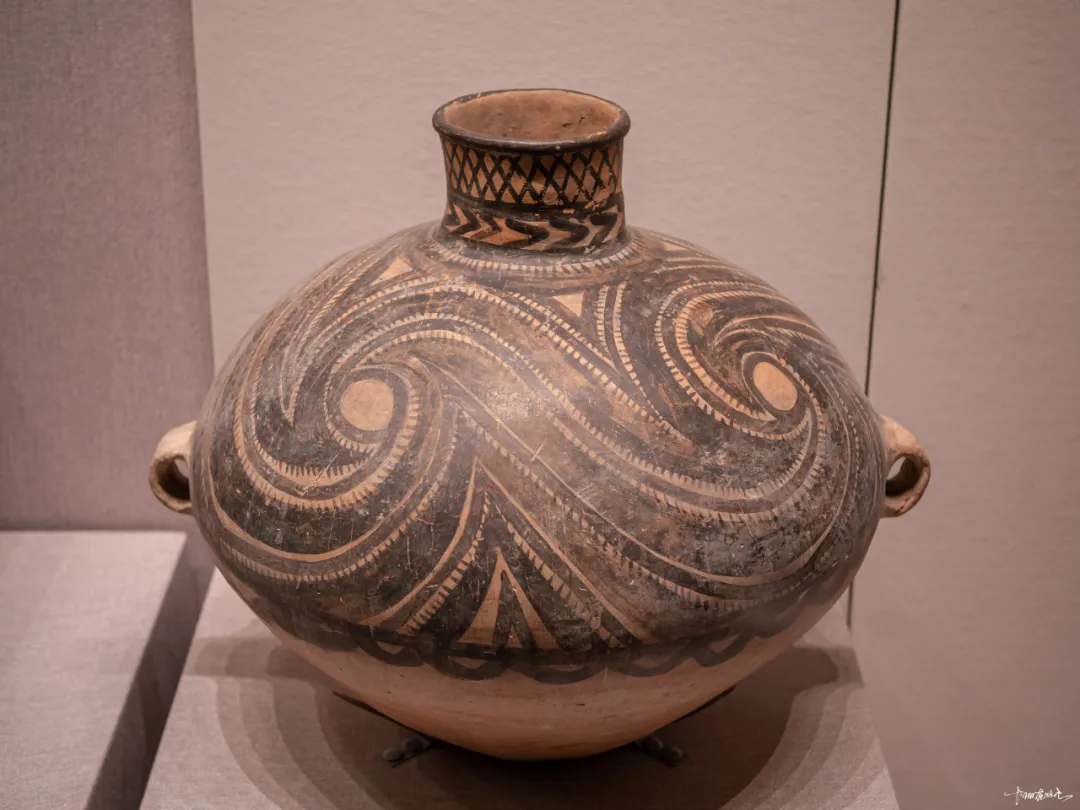


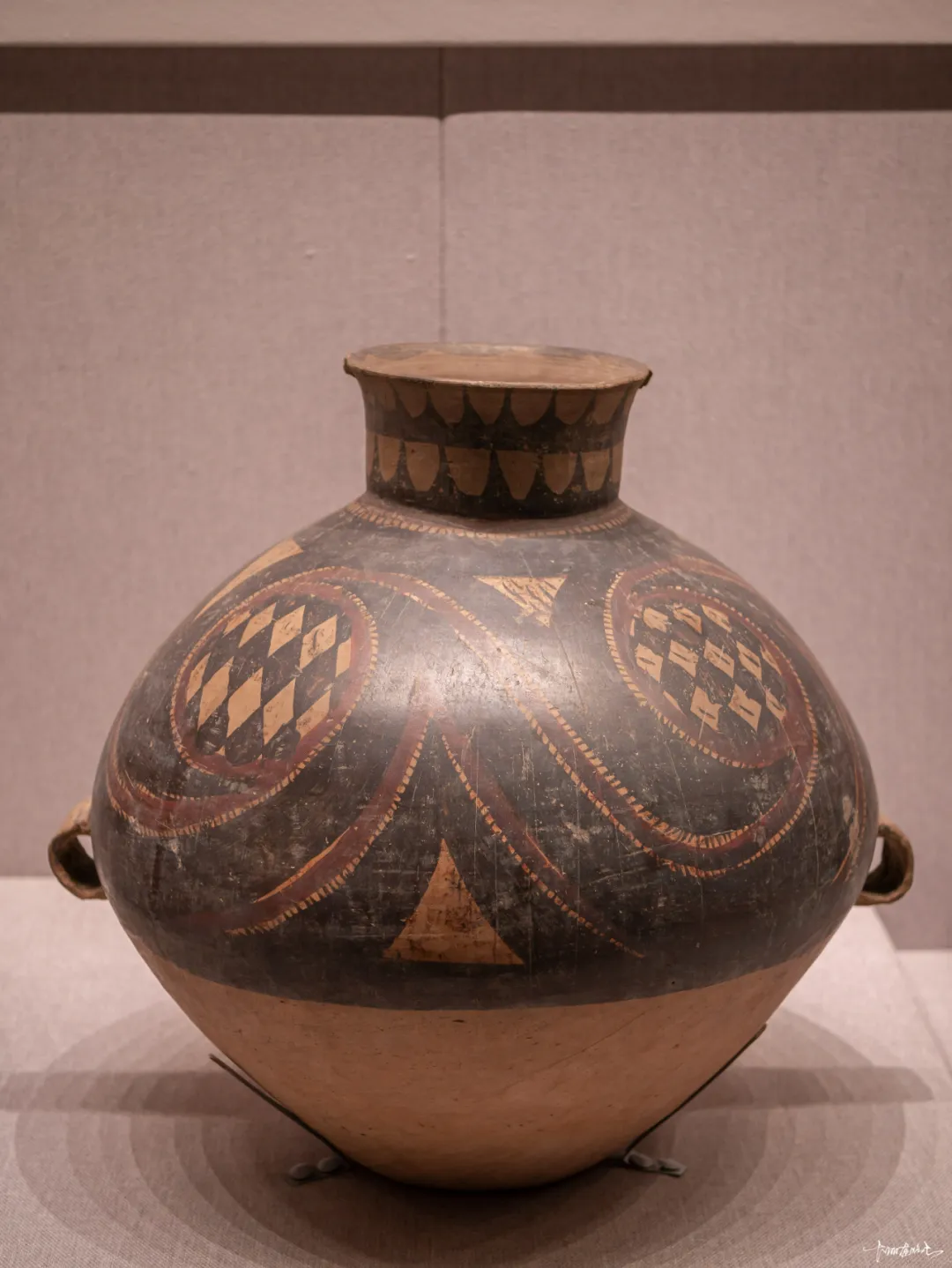
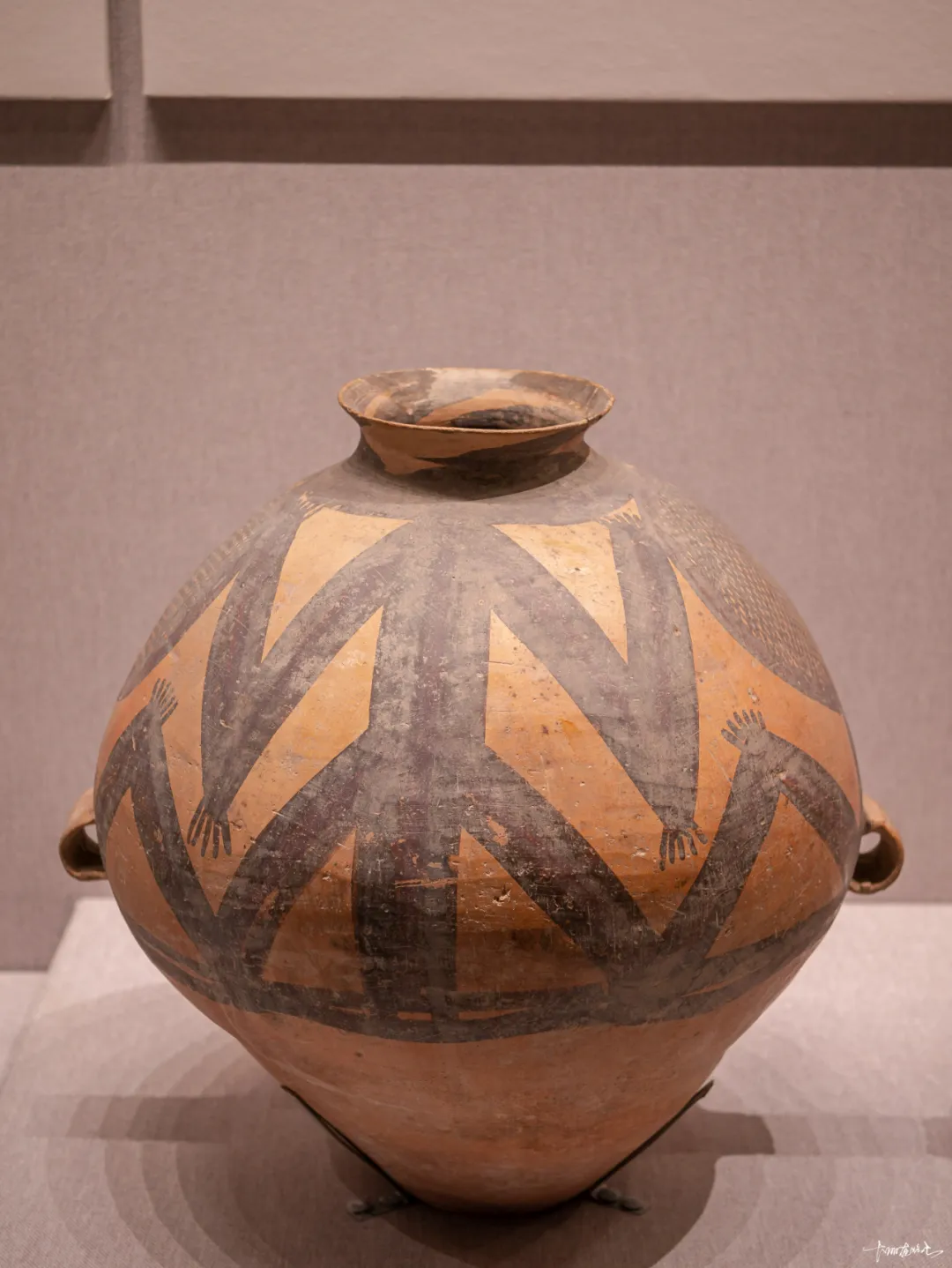

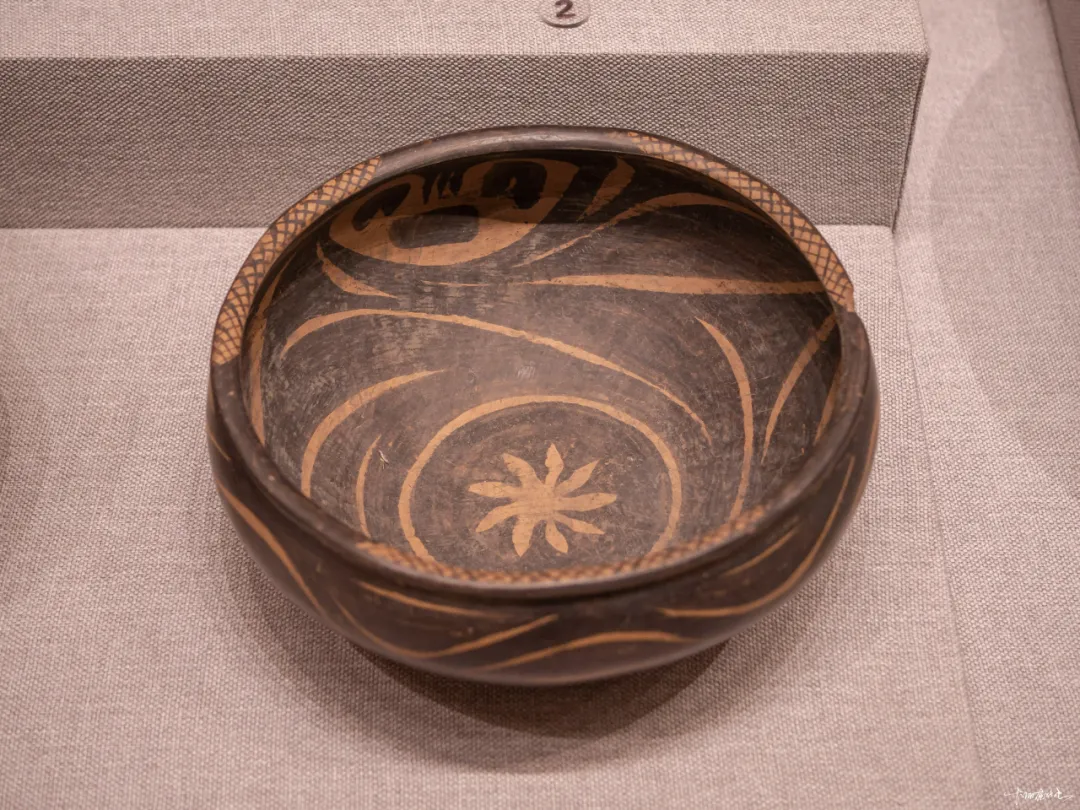
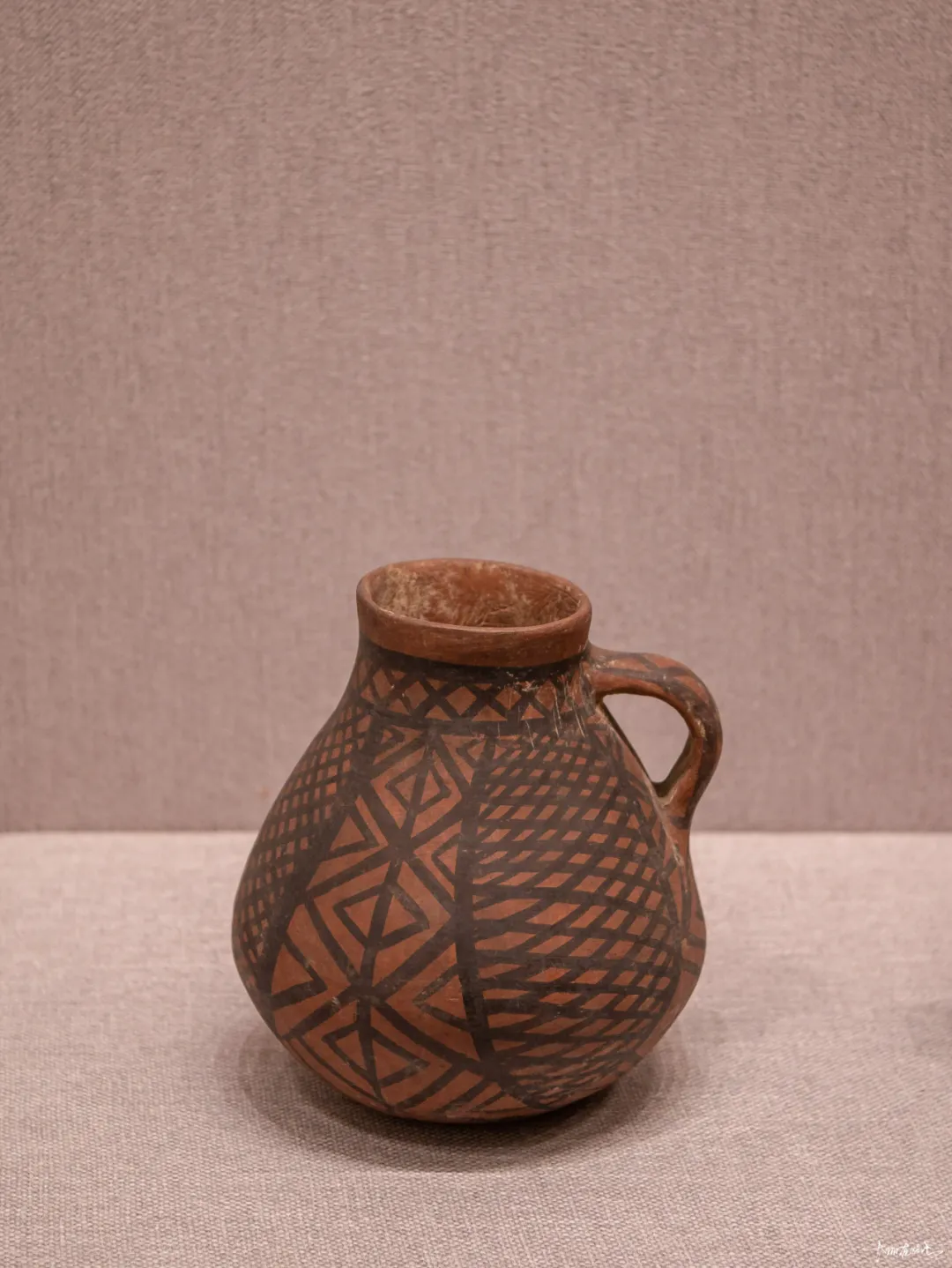
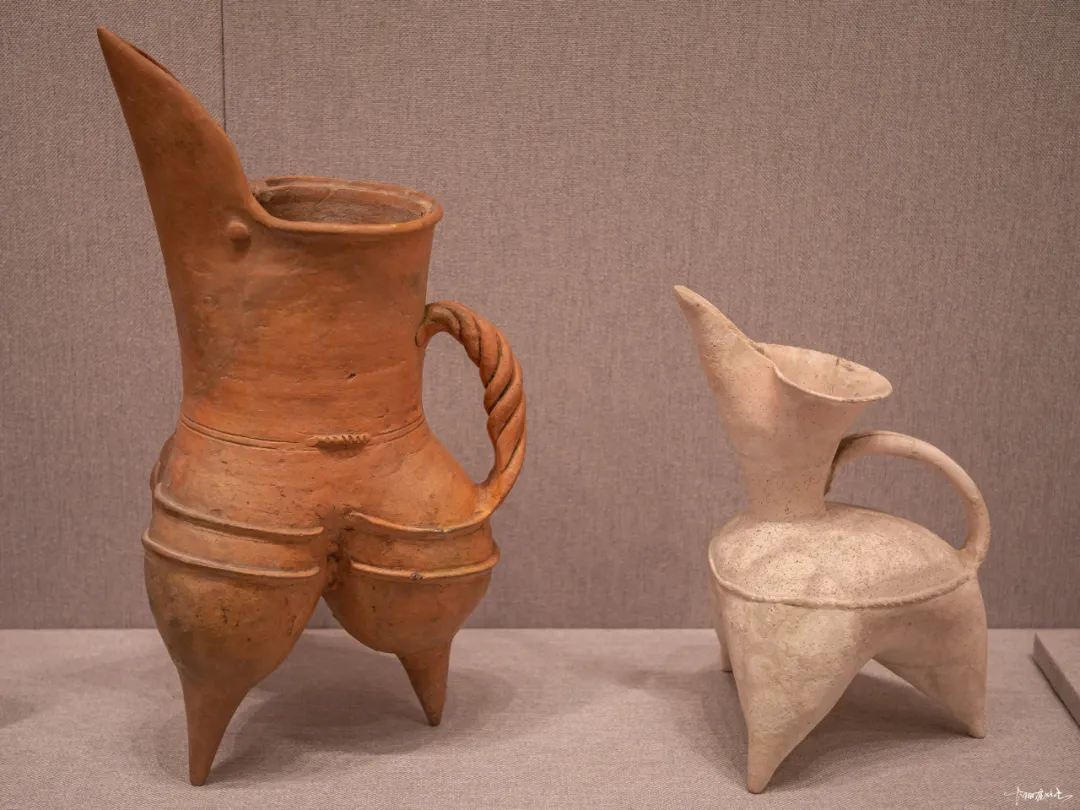
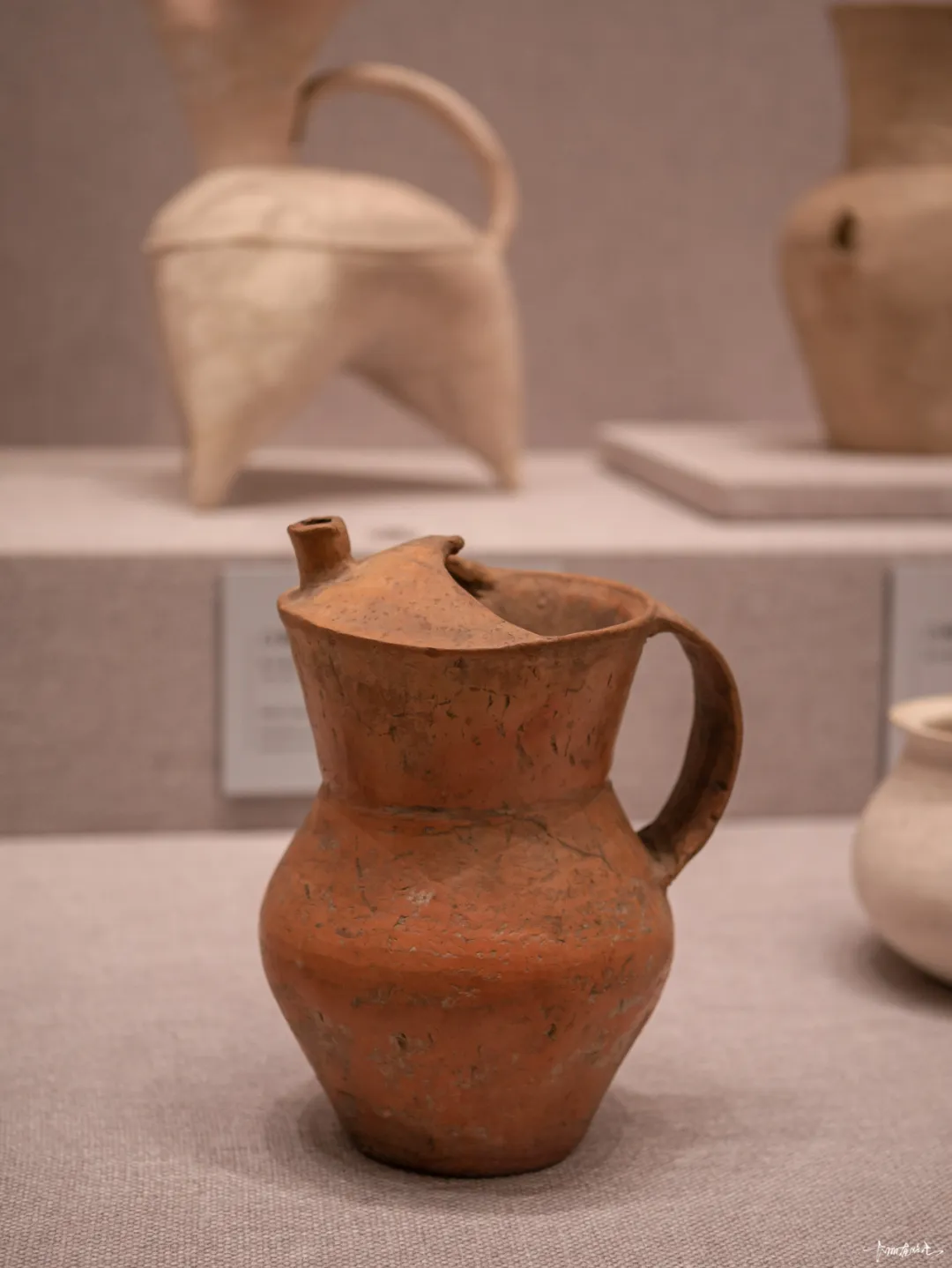
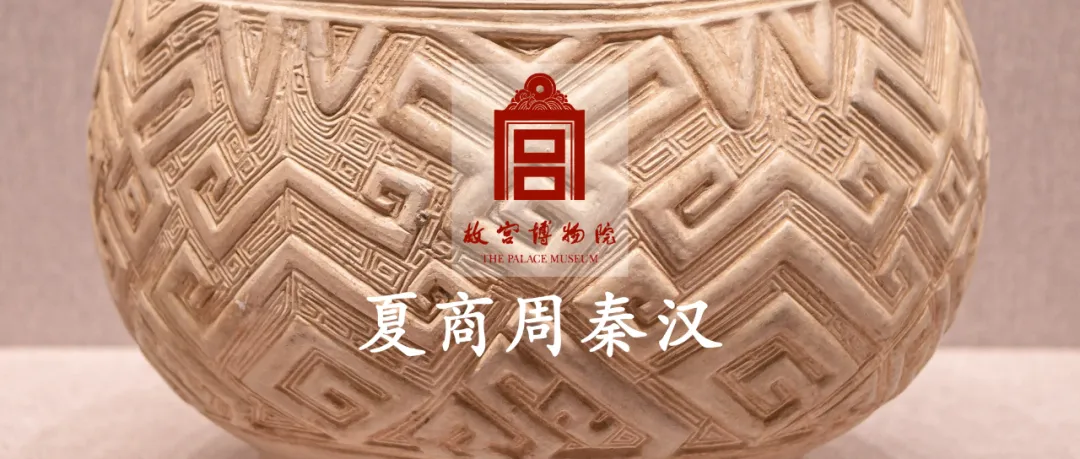
夏、商、周时期,人们主要的日常生活用具仍然是陶器。商代除大量烧造灰陶以外,还烧造精美的刻纹白陶和印纹硬陶。约在夏、商之际出现了原始瓷,为后来成熟瓷器的发明奠定了基础。
战国时期,陶瓷生产更加专业化,印纹硬陶和原始瓷在南方获得普遍发展。秦始皇陵发现的兵马俑,充分体现了秦代高超的制陶水平和精湛的雕塑技艺。
西汉时期,我国北方发明的低温铅釉陶,为后来低温釉彩的发展奠定了工艺基础。东汉时期,成熟瓷器的批量烧造,堪称中国乃至世界陶瓷发展史上的一个重要里程碑,也是中华民族对人类文明做出的杰出贡献之一。
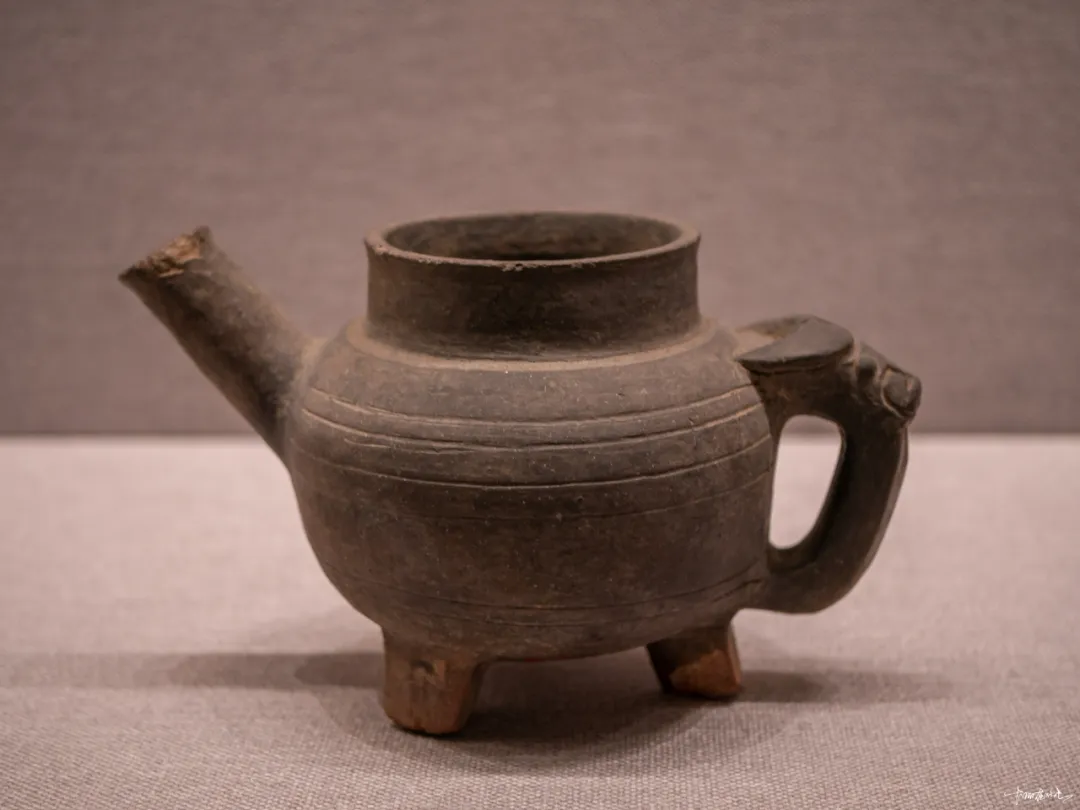
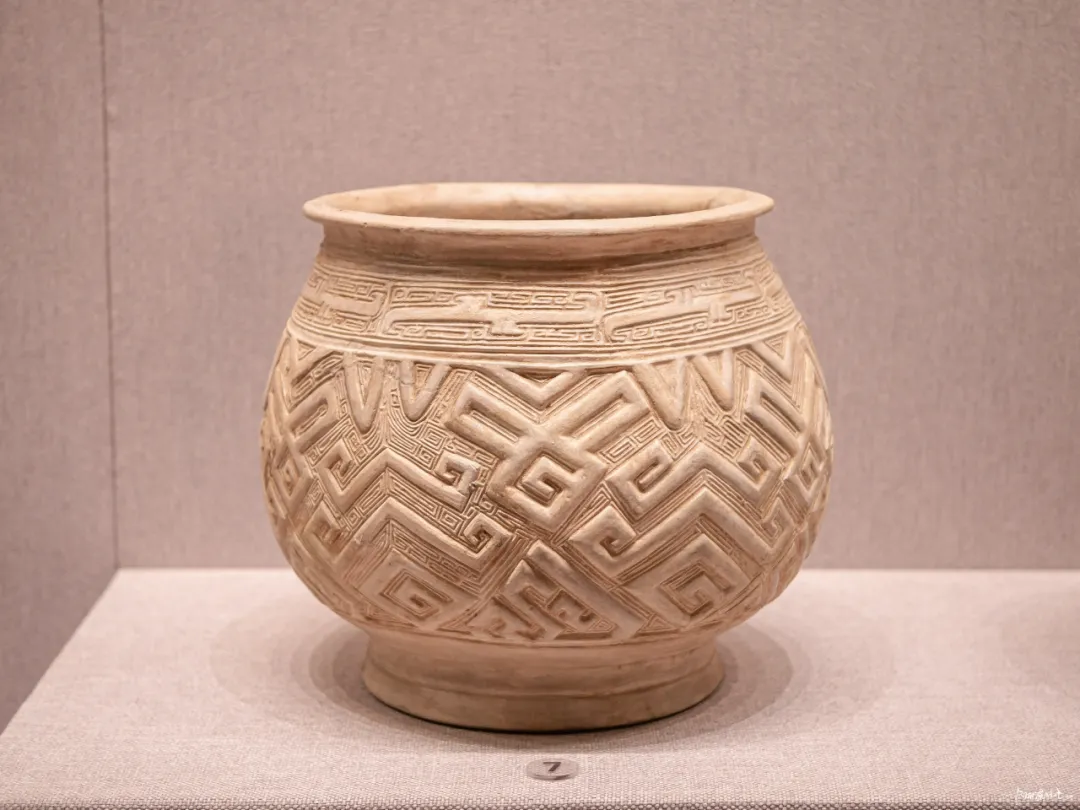
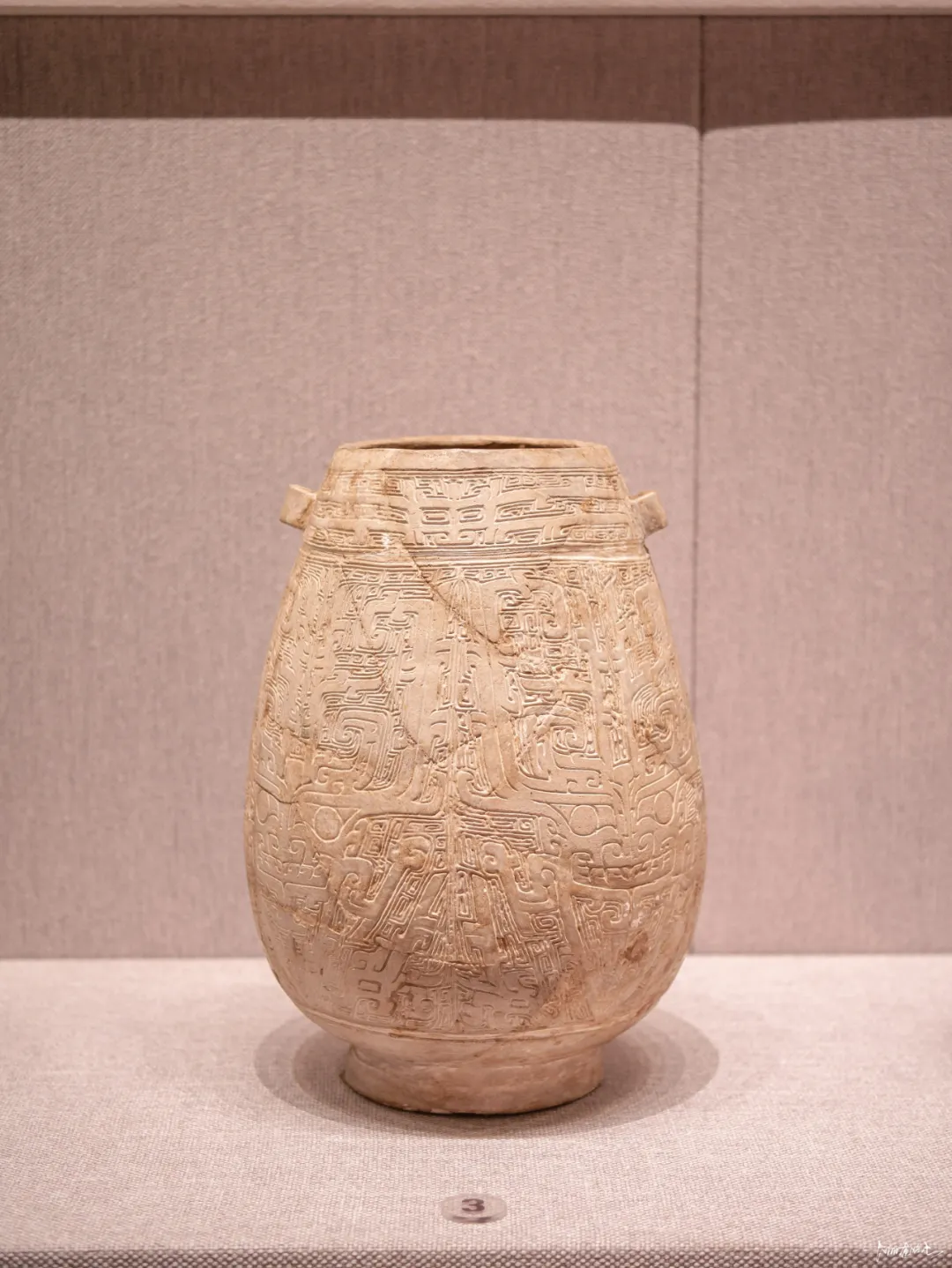
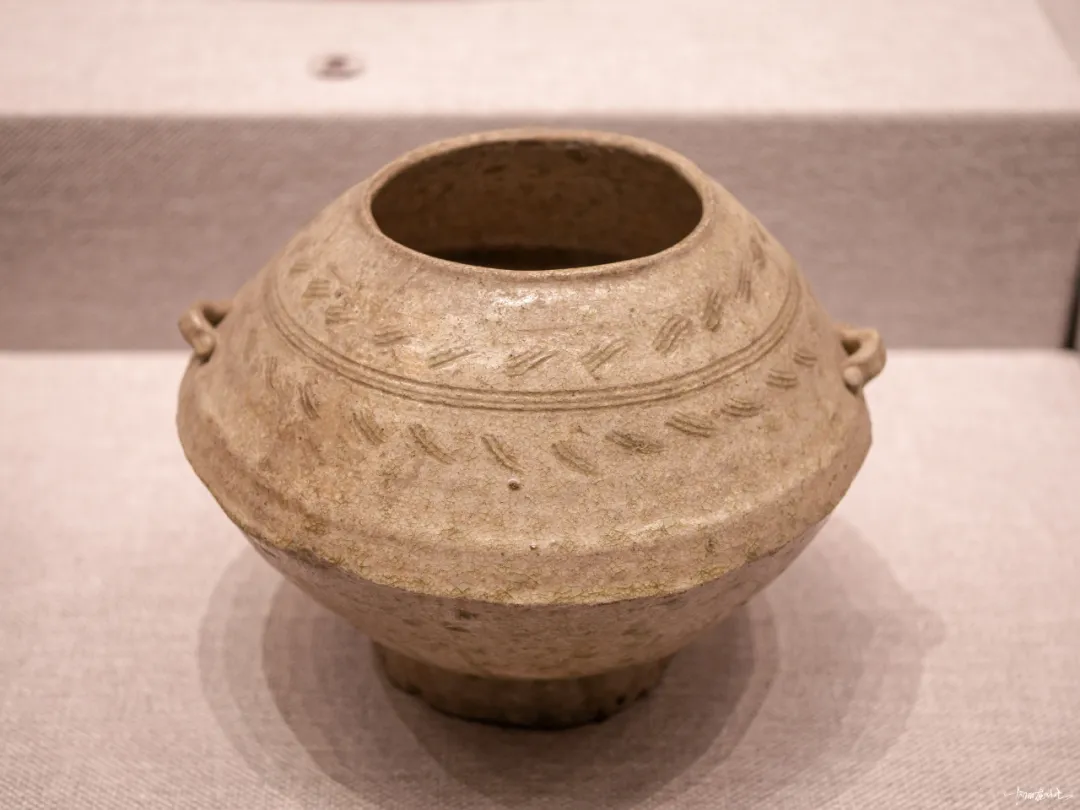


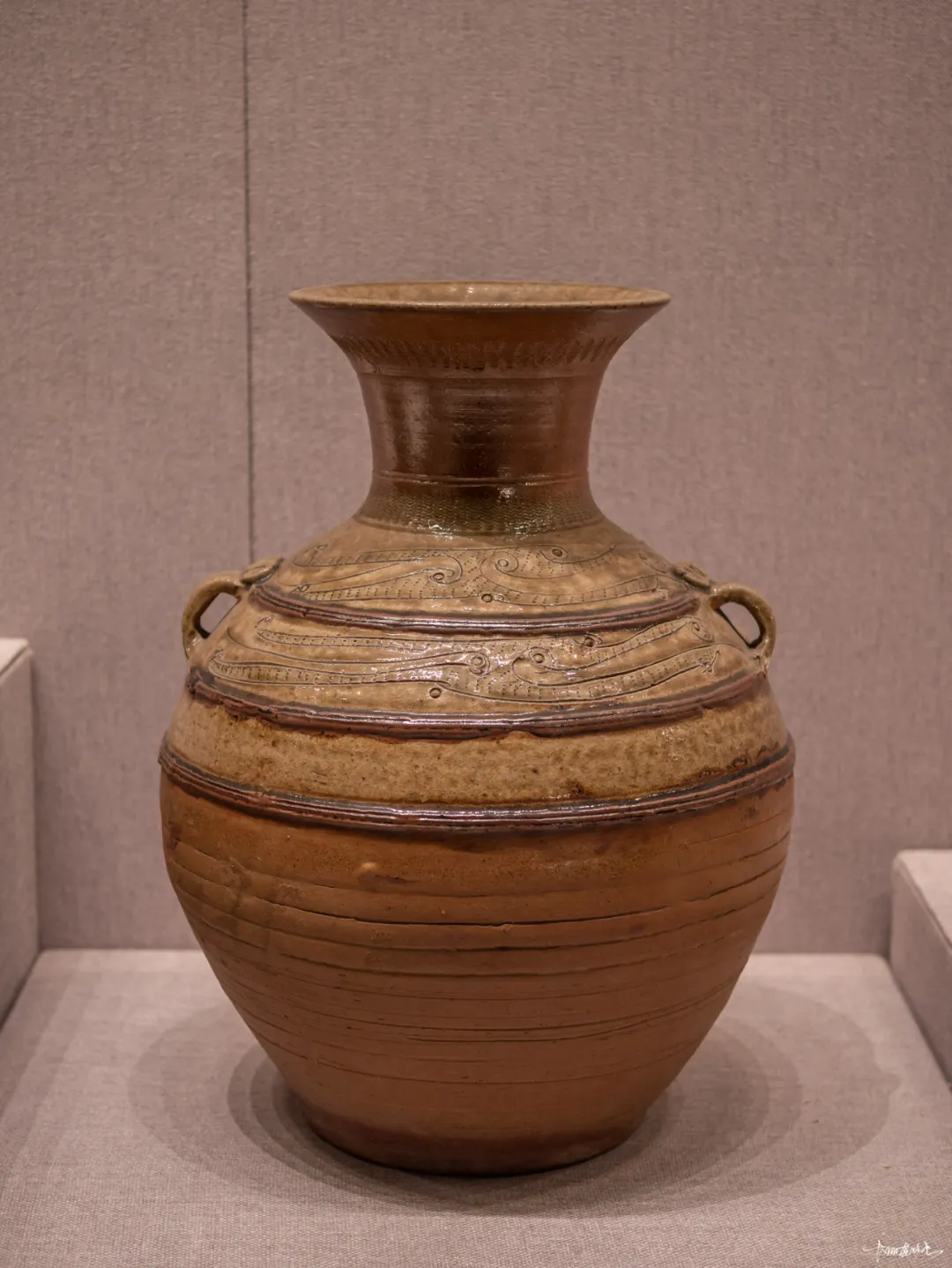

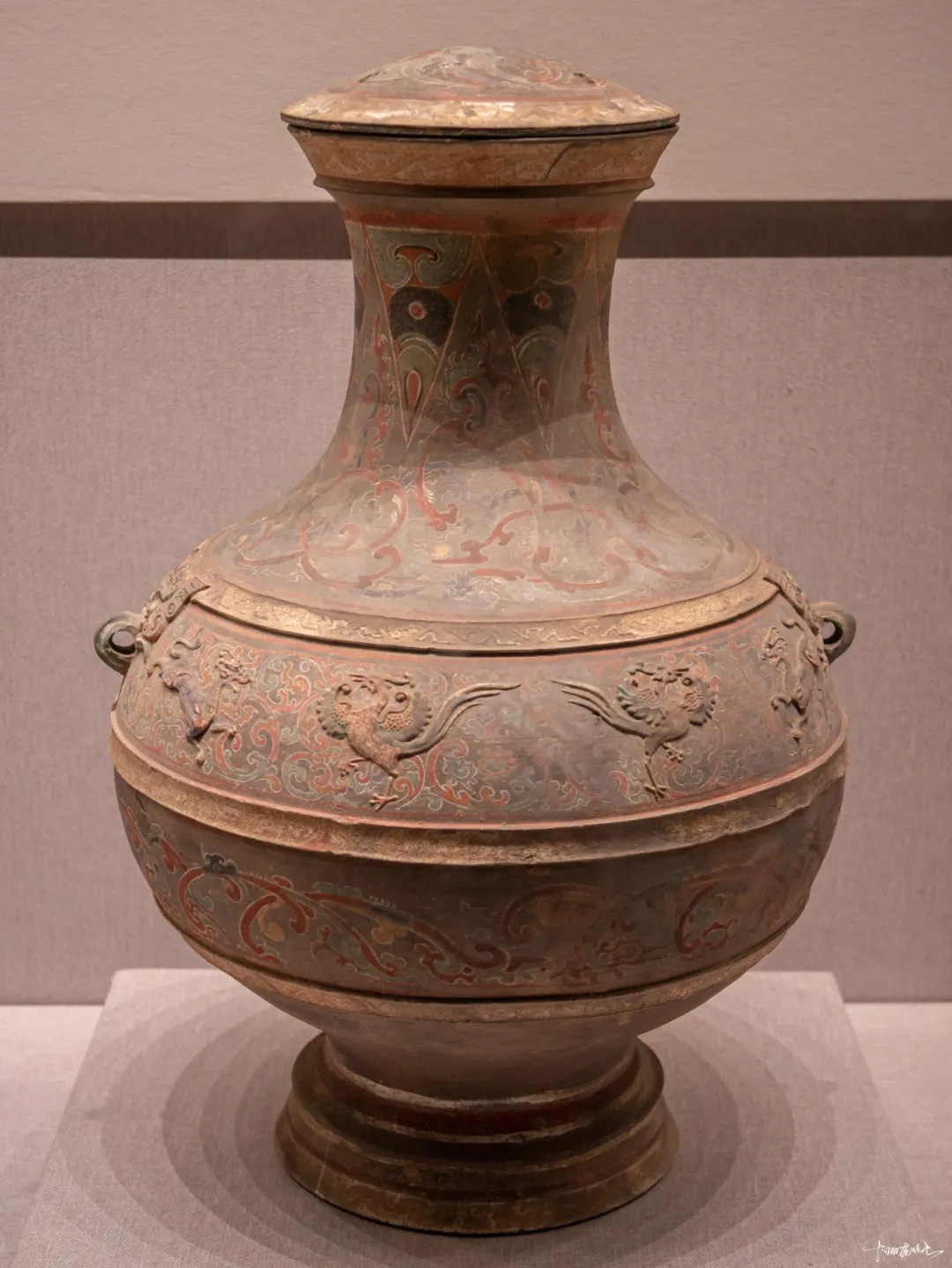
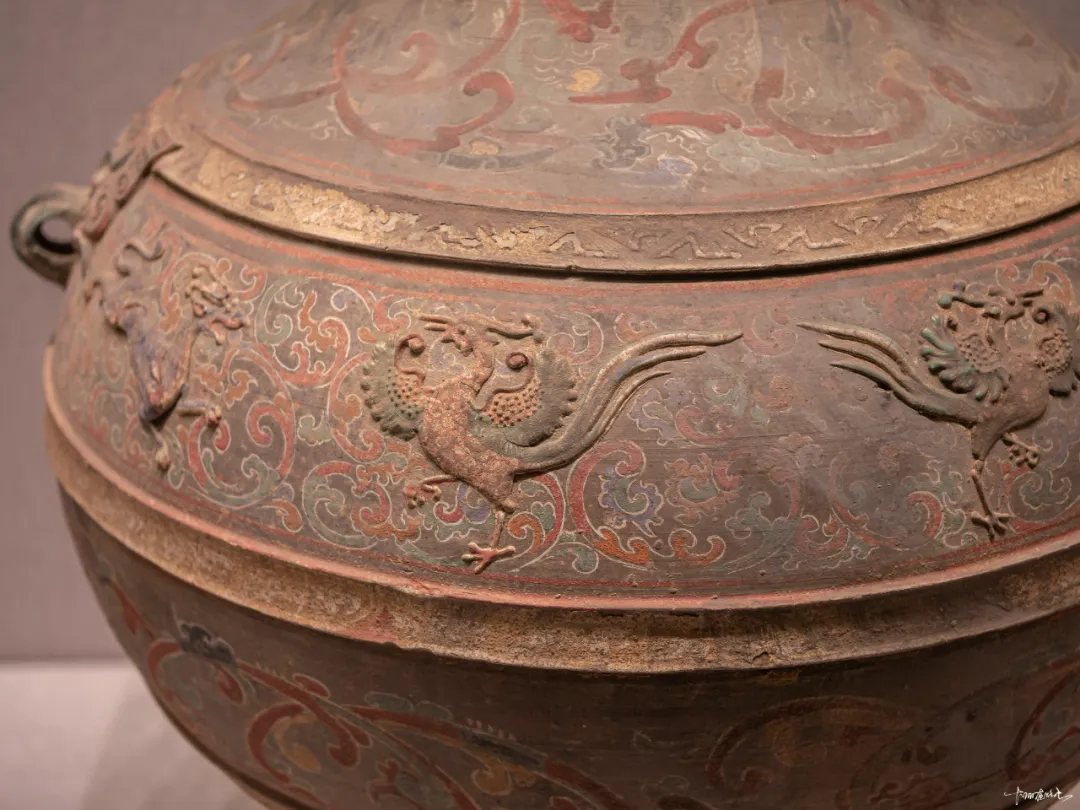
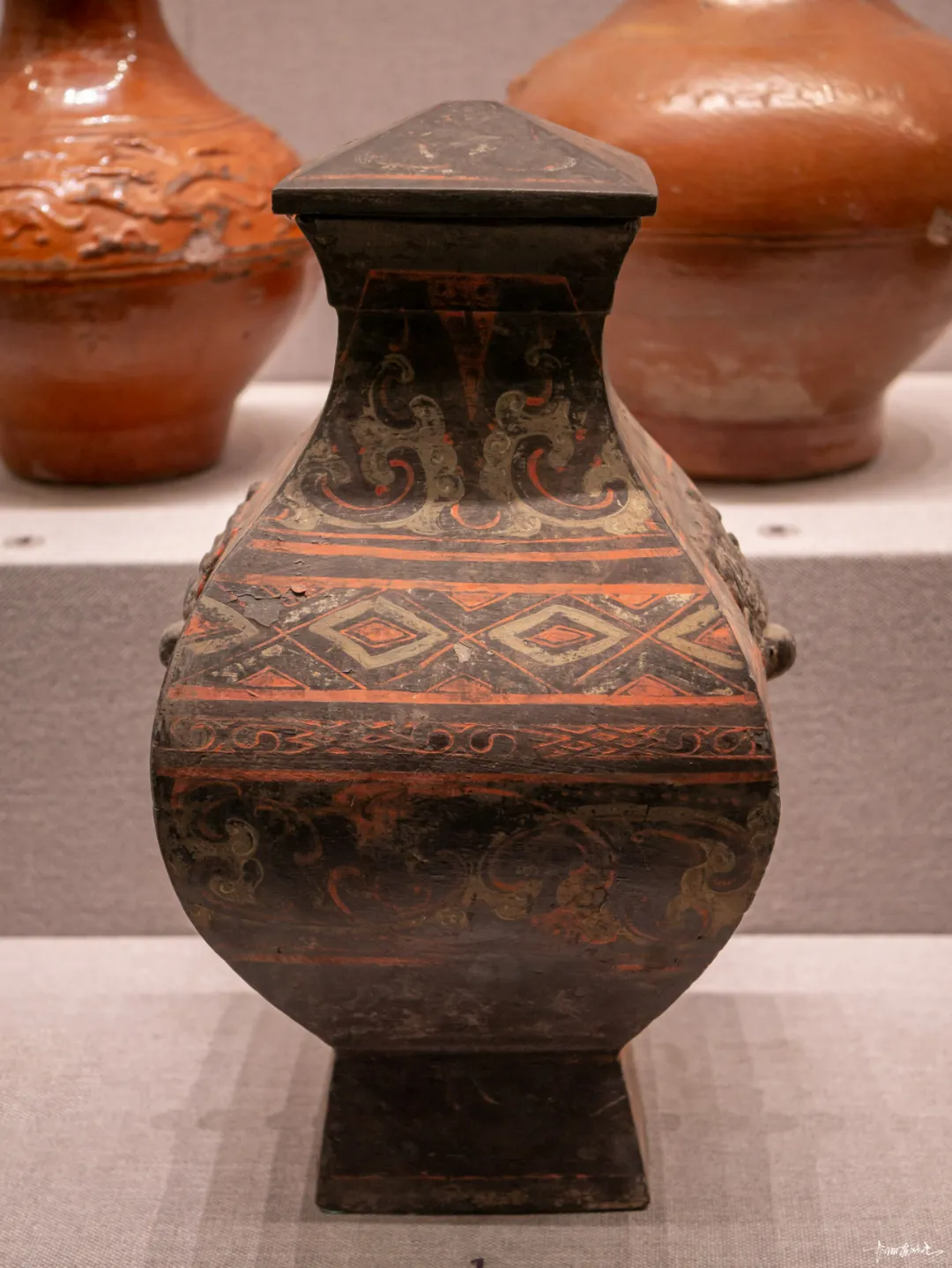

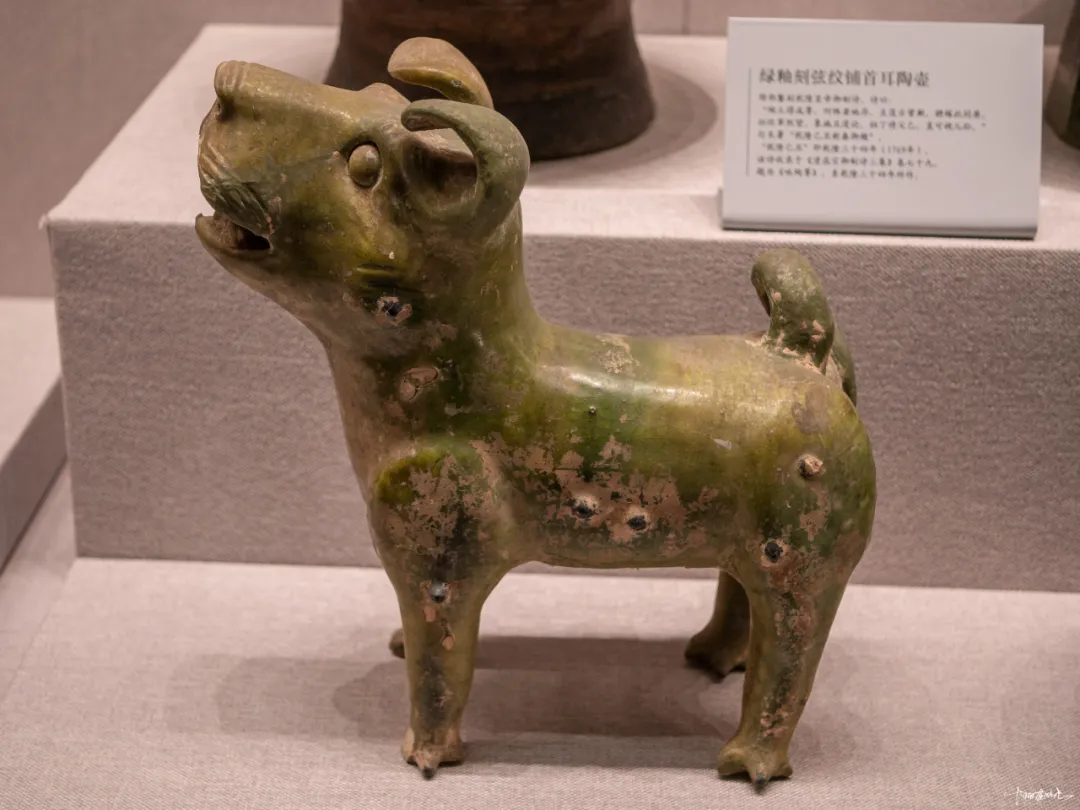
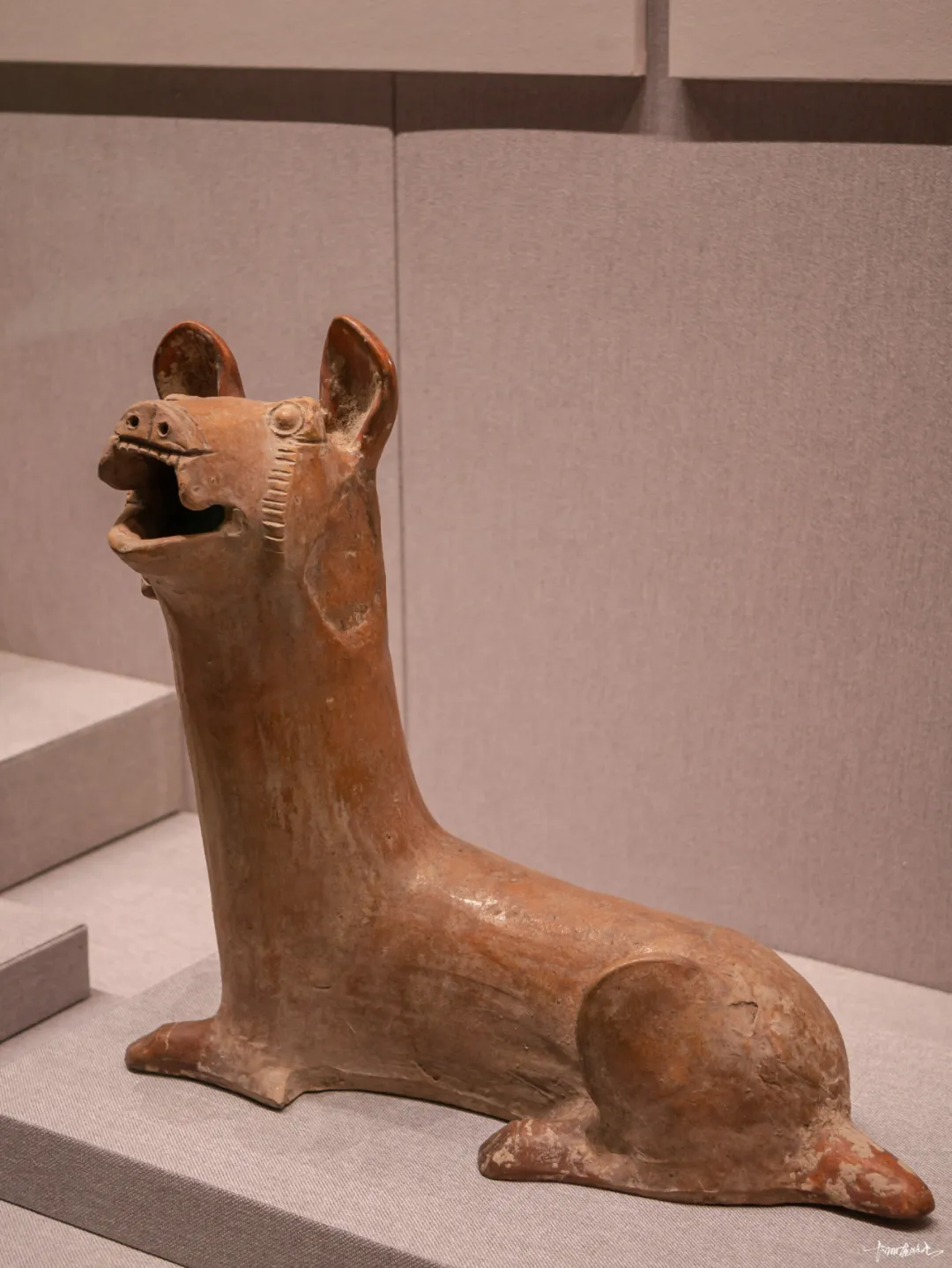
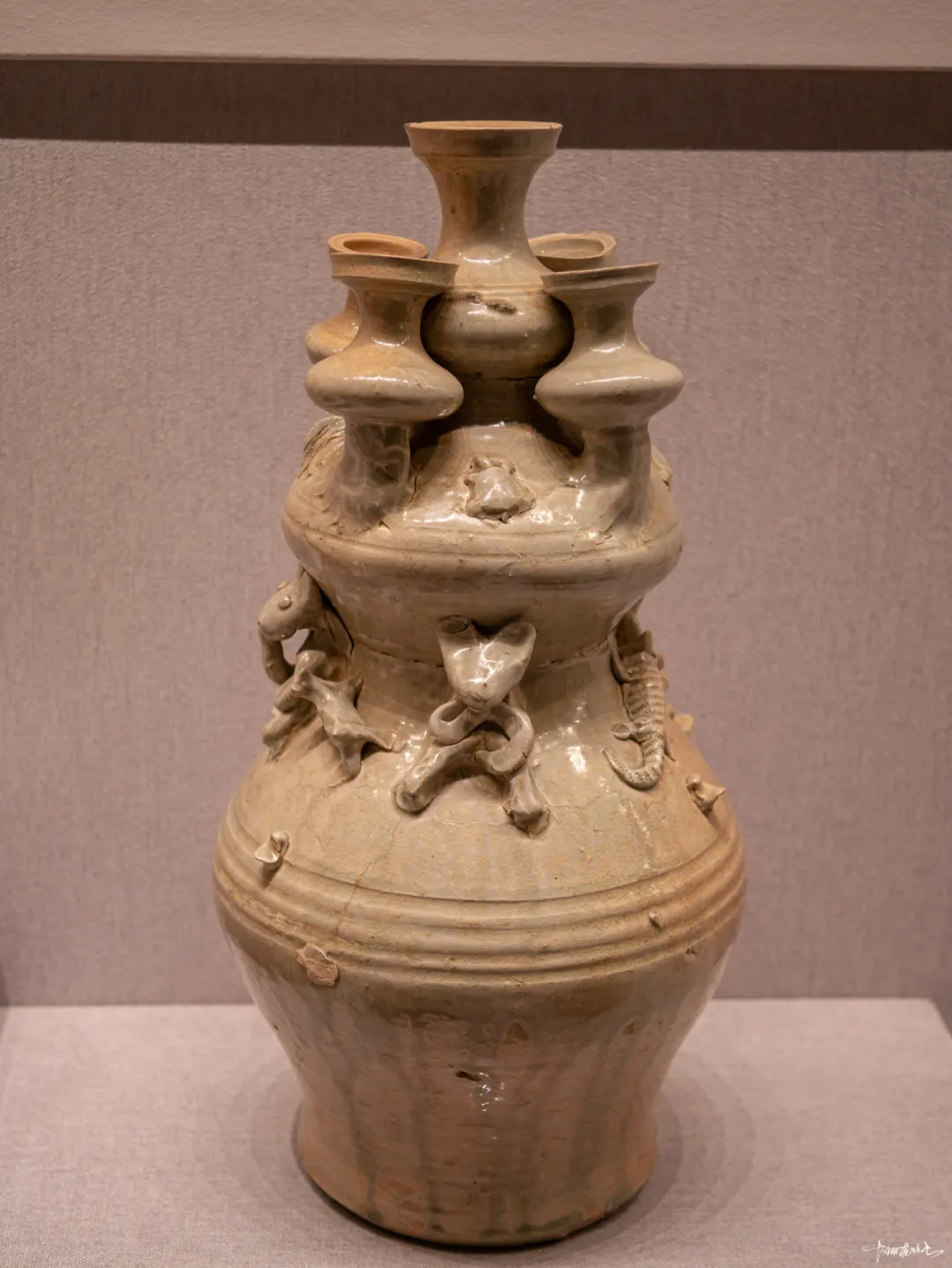
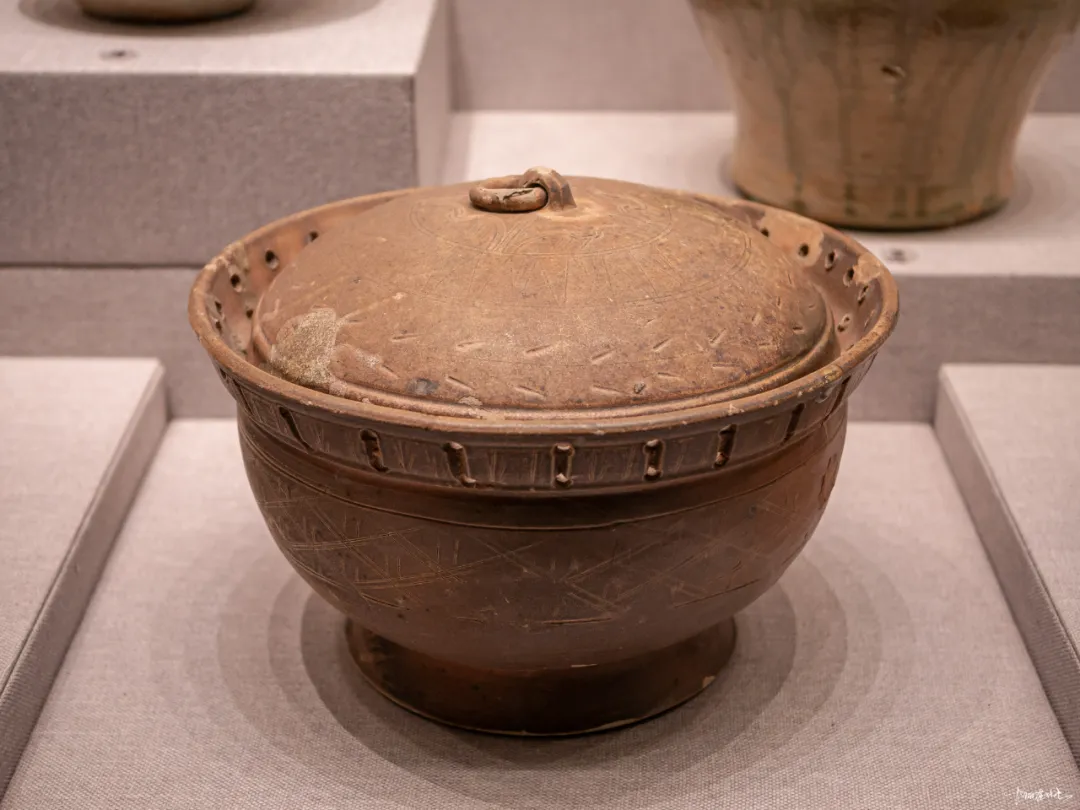

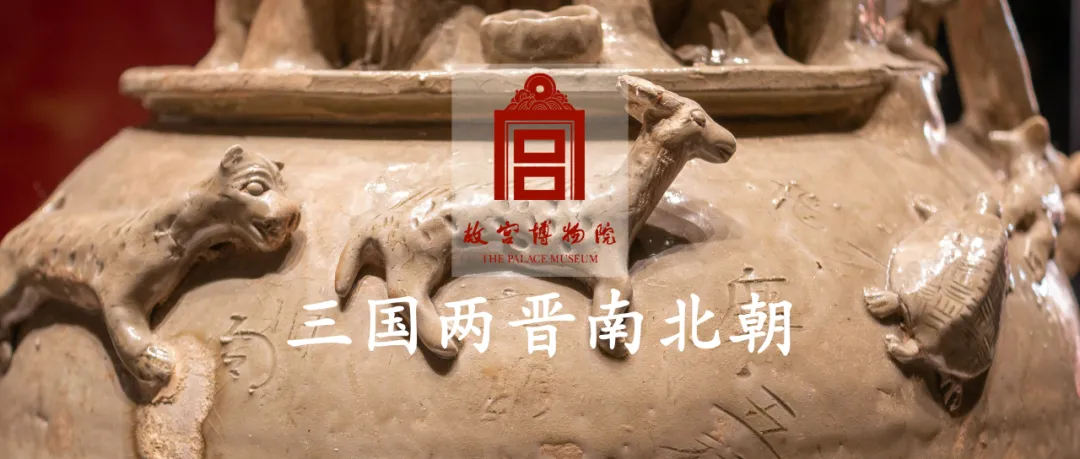
出现于夏、商之际的原始瓷,经过西周、春秋、战国、西汉的发展,至东汉已普遍演进为符合现代标准的成熟瓷器。
三国、两晋、南北朝历时360余年,陶瓷生产发展迅速,主要表现在南方制瓷技术明显提高,产区和规模不断扩大,江苏、浙江、福建、江西、湖南、湖北、四川等省境内均有窑址分布。瓷器品种主要为青瓷,也有少量黑瓷。器物造型以日常生活和随葬用盘、碗、槅(gé,音:格)、洗、壶、罐、烛台、虎子、唾壶、熏炉、谷仓、人物俑、动物俑等为主,产品各具地方特色。

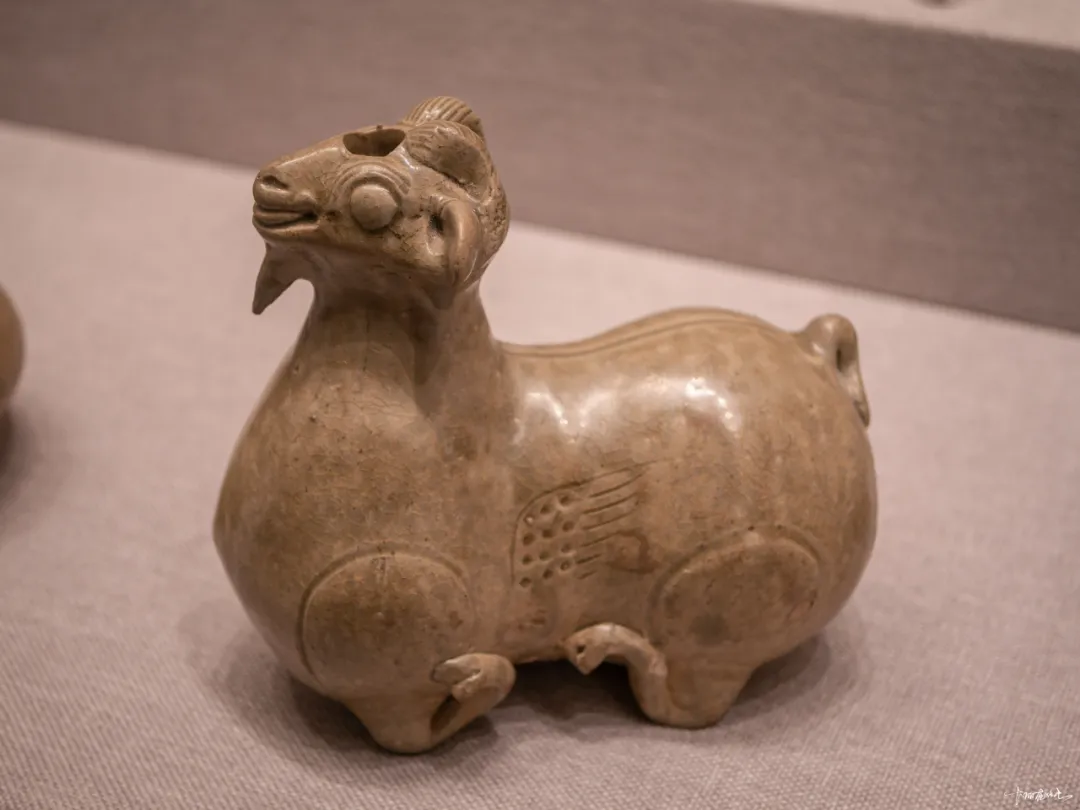
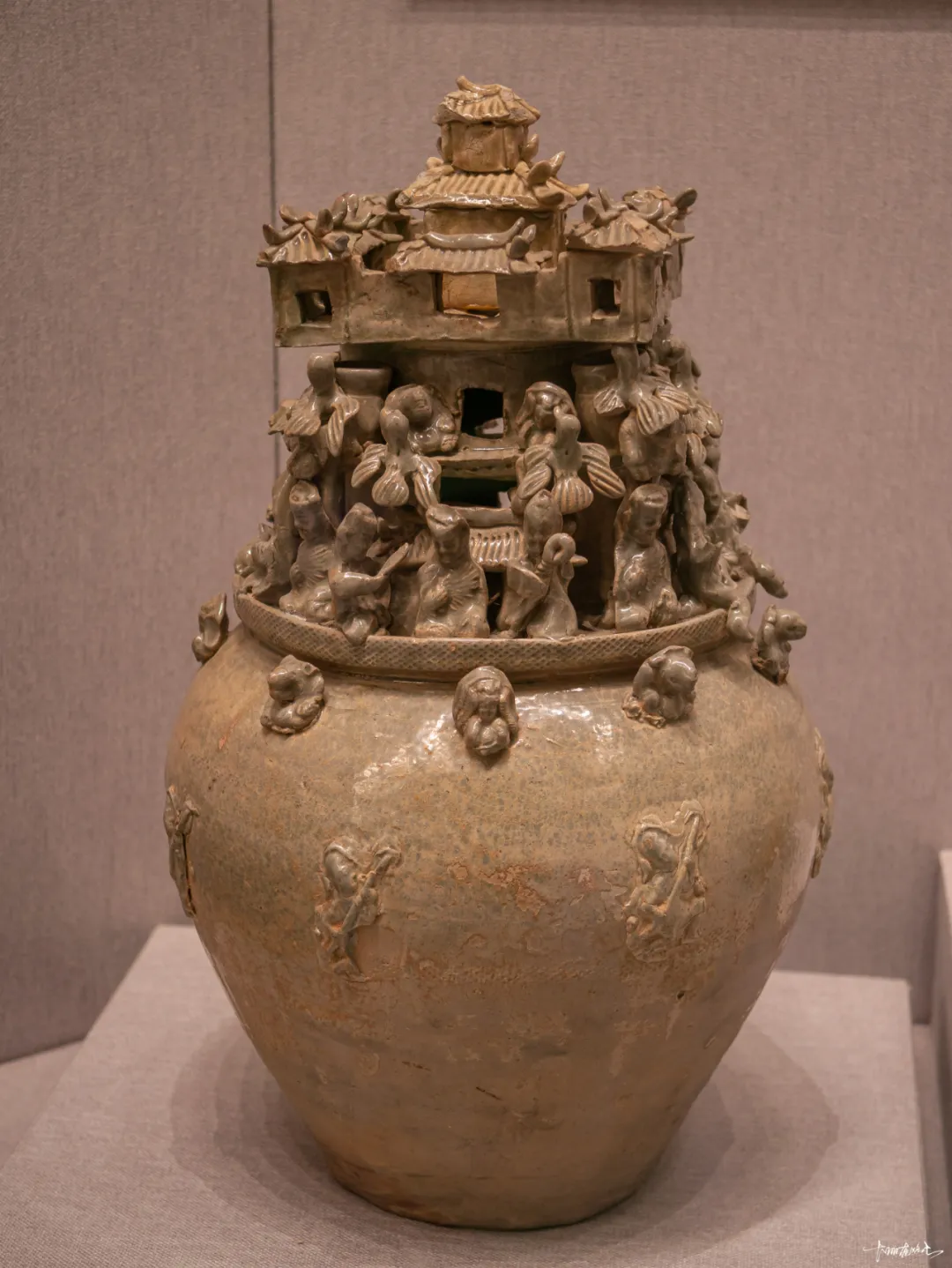
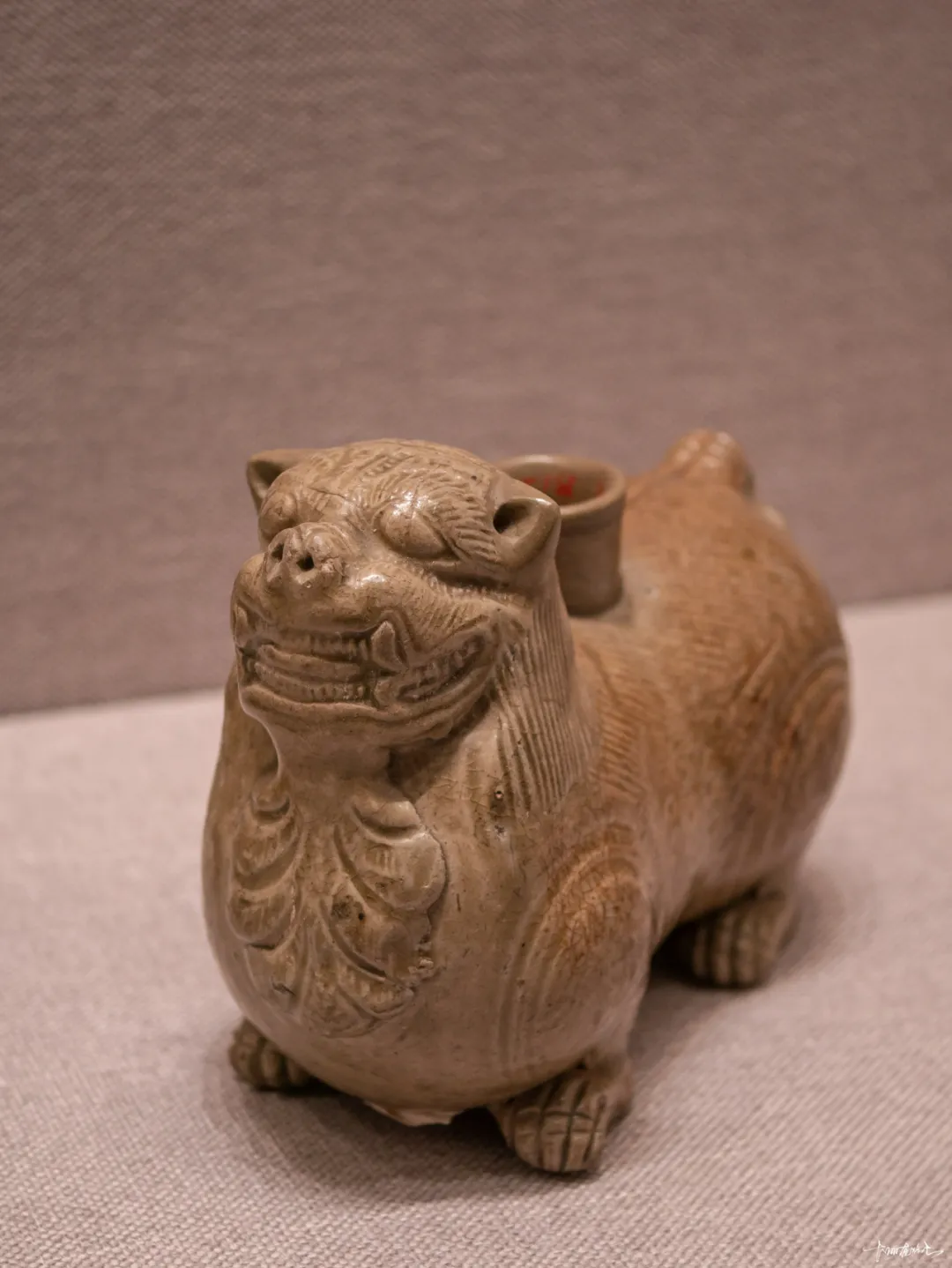
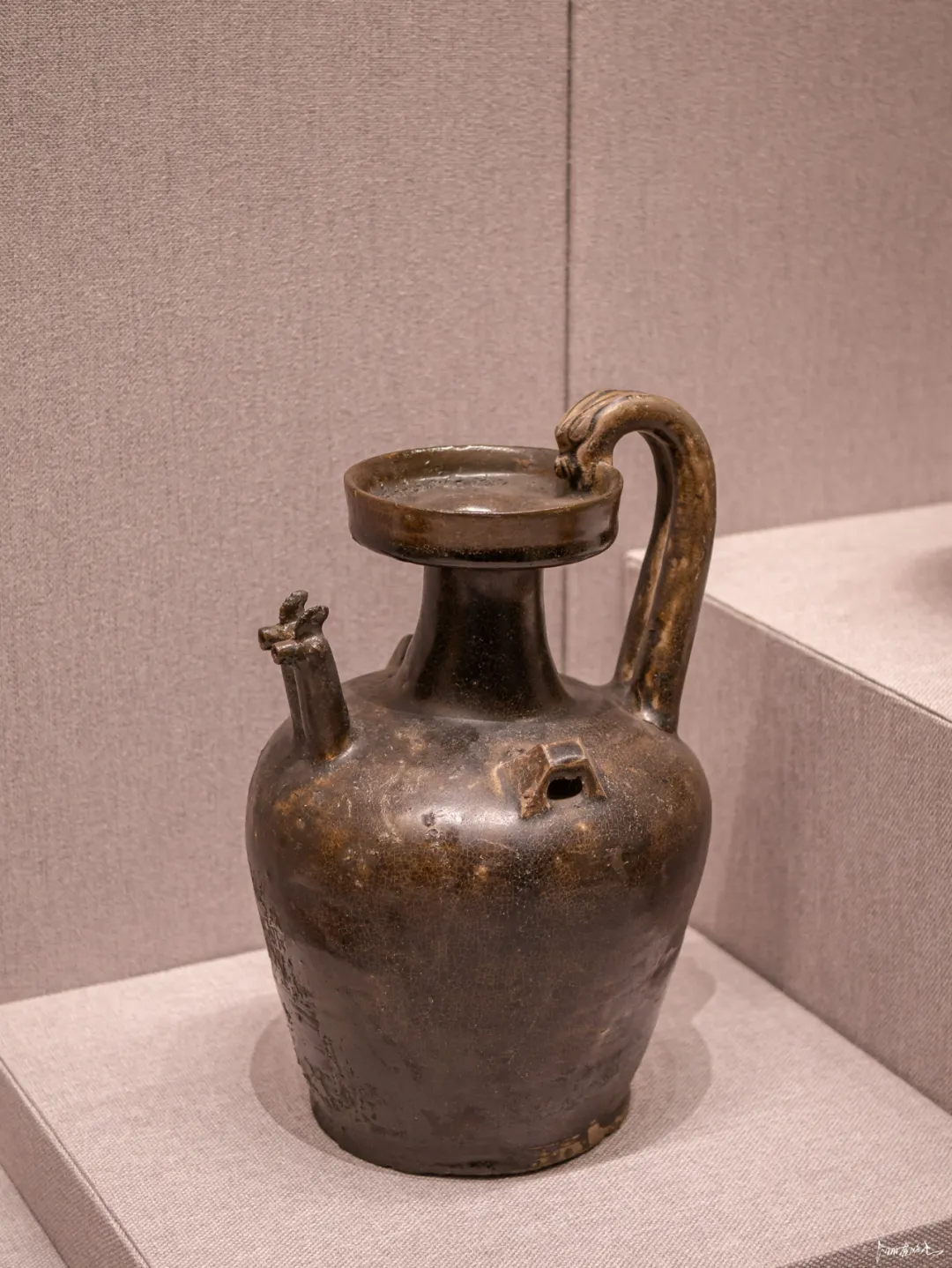
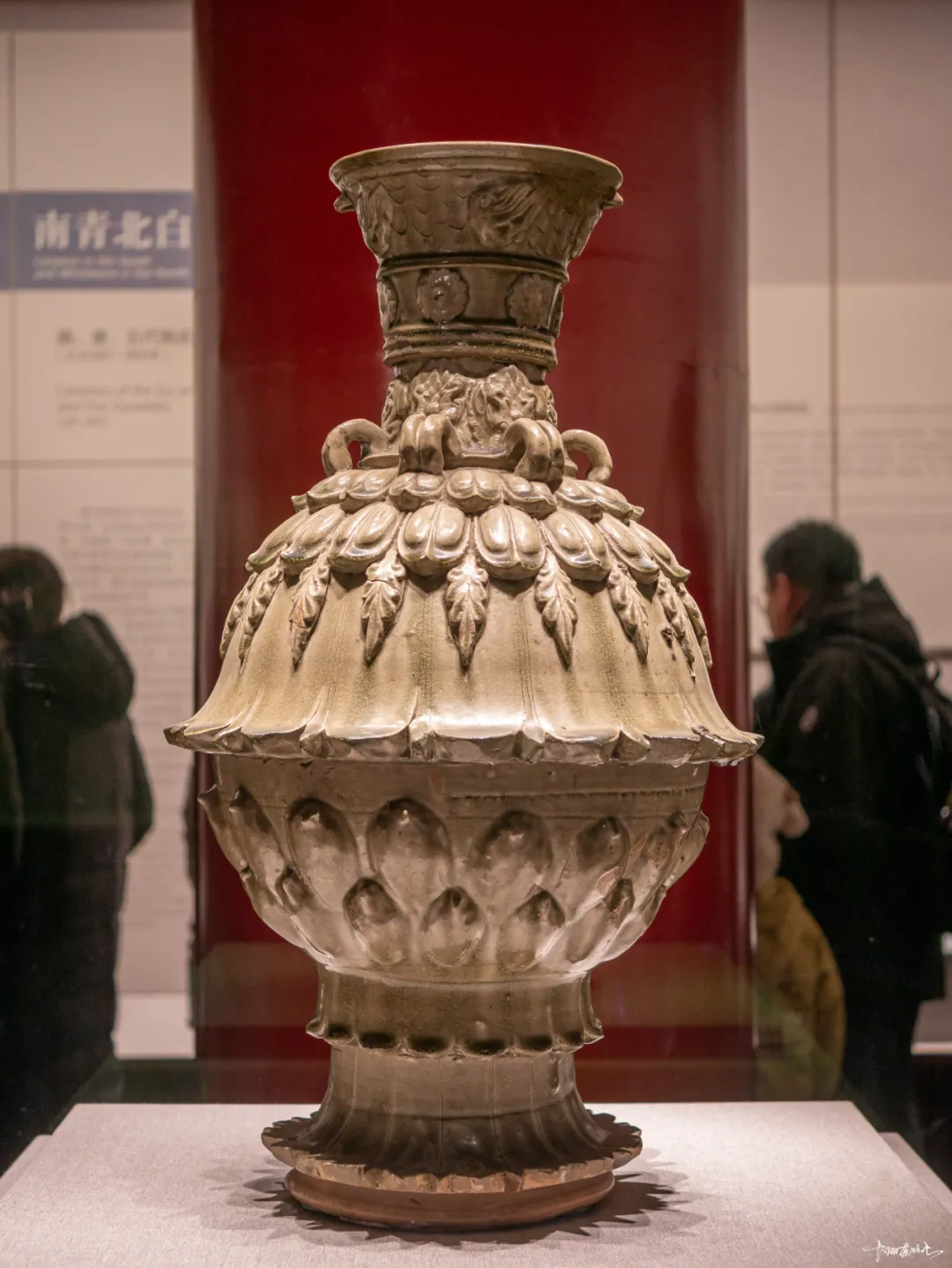
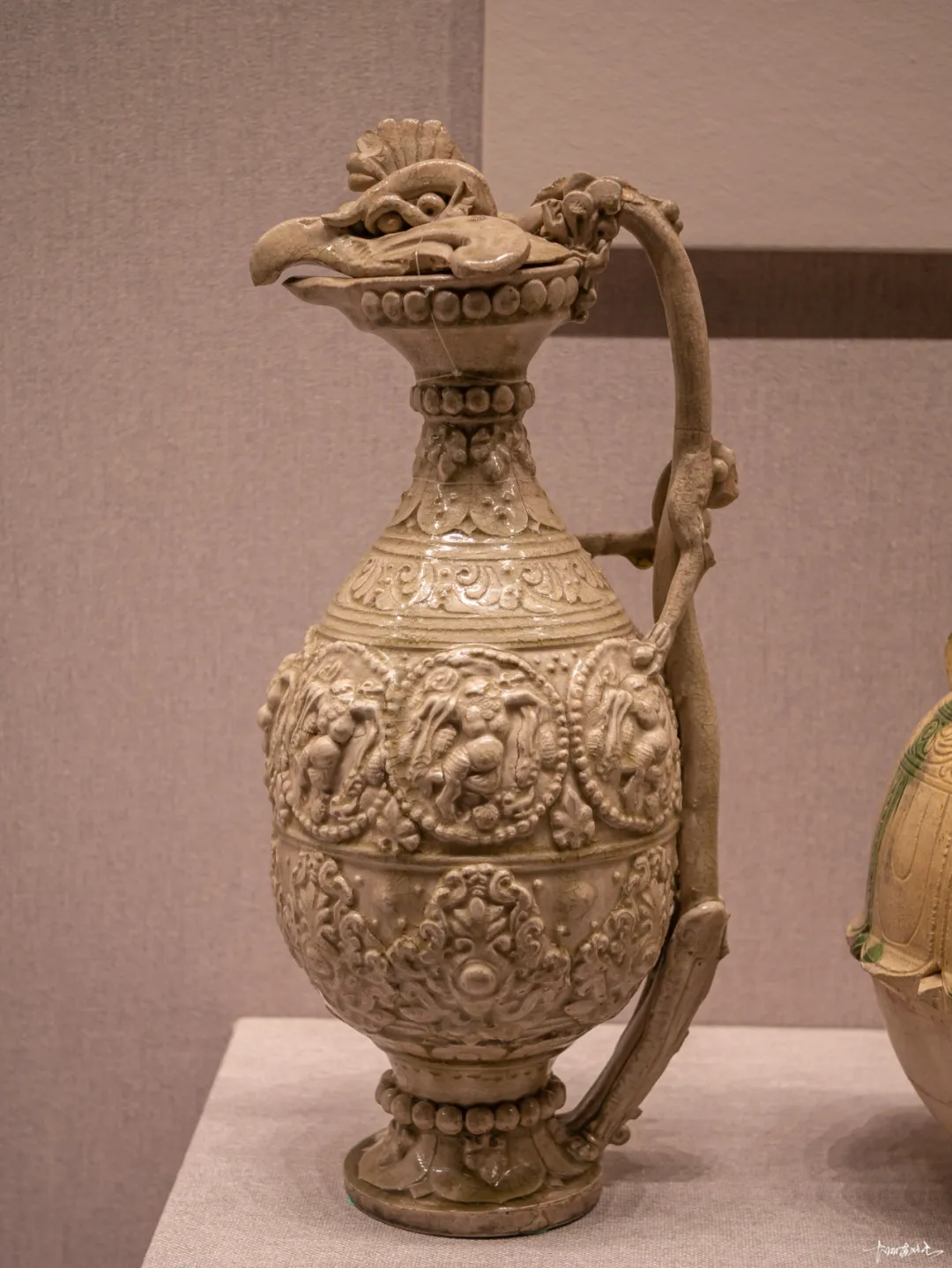

隋代陶瓷生产承前启后,无论在造型还是装饰方面,均呈现出鲜明的时代特点。四系盘口瓶、双联瓶、四系罐、高足盘、鱼篓式罐等,均为隋代瓷器中的典型器物。刻划的忍冬纹、相间排列的模印花朵与花叶纹,均属于隋代瓷器上代表性纹饰。隋代瓷器普遍胎体较厚重,施釉不到底,流釉现象较严重。
唐代是中国陶瓷生产蓬勃发展时期,瓷窑遍布全国各地,器物造型千姿百态、纹饰丰富优美。陆羽《茶经》提到的当时著名瓷窑就有越州窑、鼎州窑、婺州窑、岳州窑、寿州窑、洪州窑、邢州窑等。饮茶风俗的普及和饮酒风气的盛行,进一步刺激了制瓷业的发展。陶瓷器已成为人们日常饮食、陈设和随葬不可或缺的物品。中外经济、文化的交流和发展,更使中国陶瓷作为特产而开始大量销往亚、非地区,成为中外友好往来的物证。
五代时期的陶瓷继承唐末遗风,不但胎体明显变薄,而且更加注重器物造型的优美和装饰工艺的精细,为宋代陶瓷生产高峰的出现奠定了工艺基础。

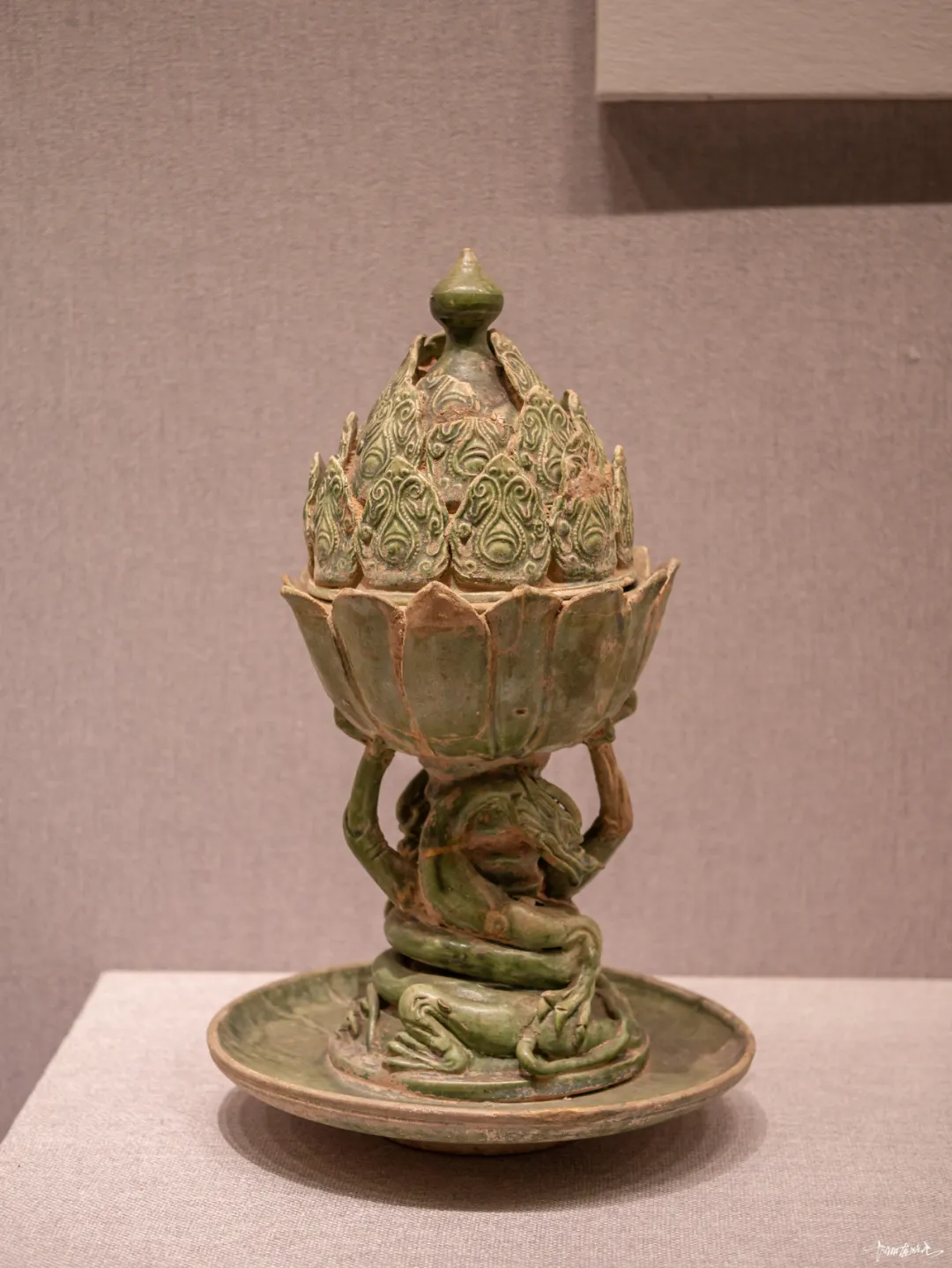
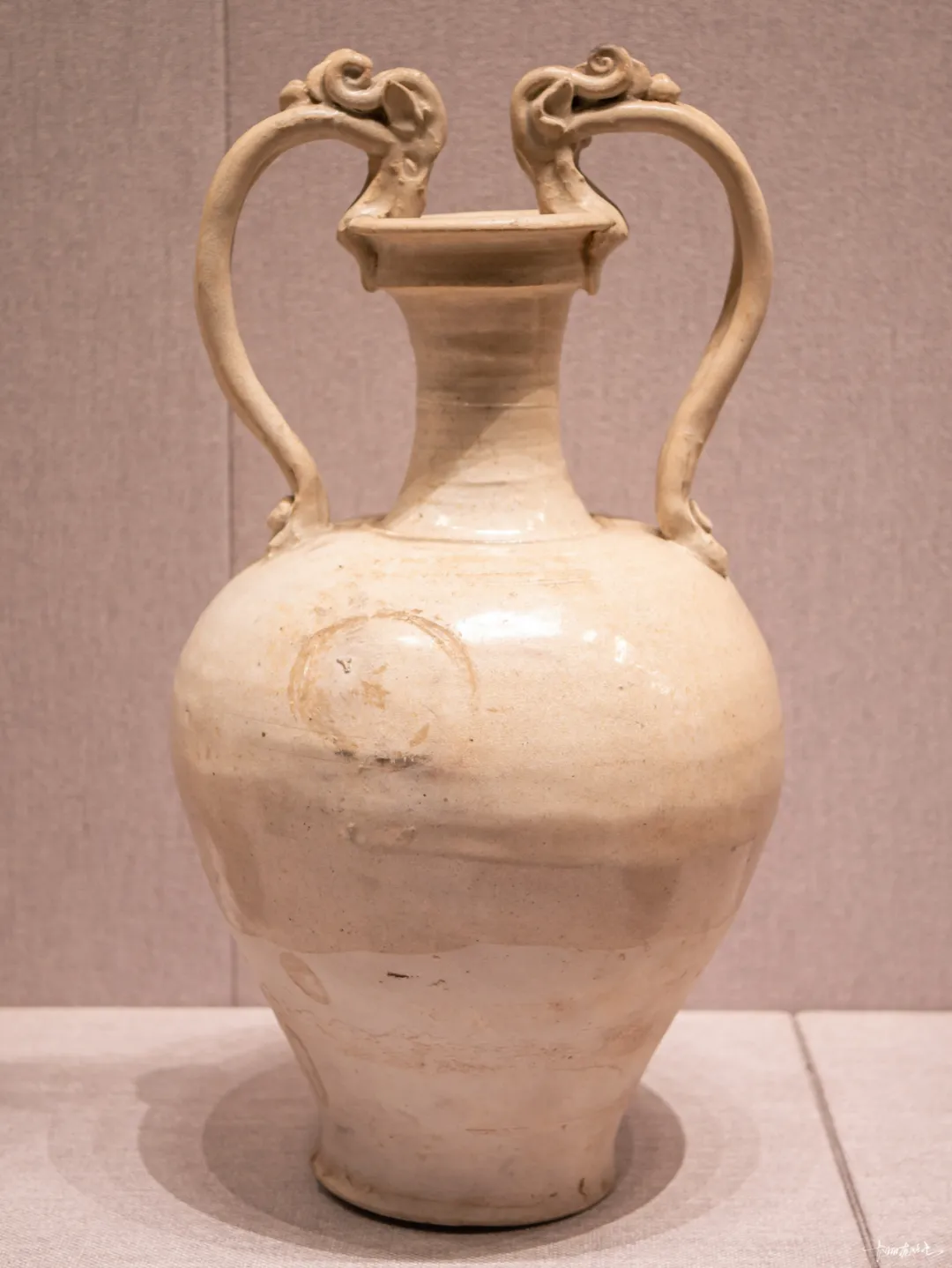
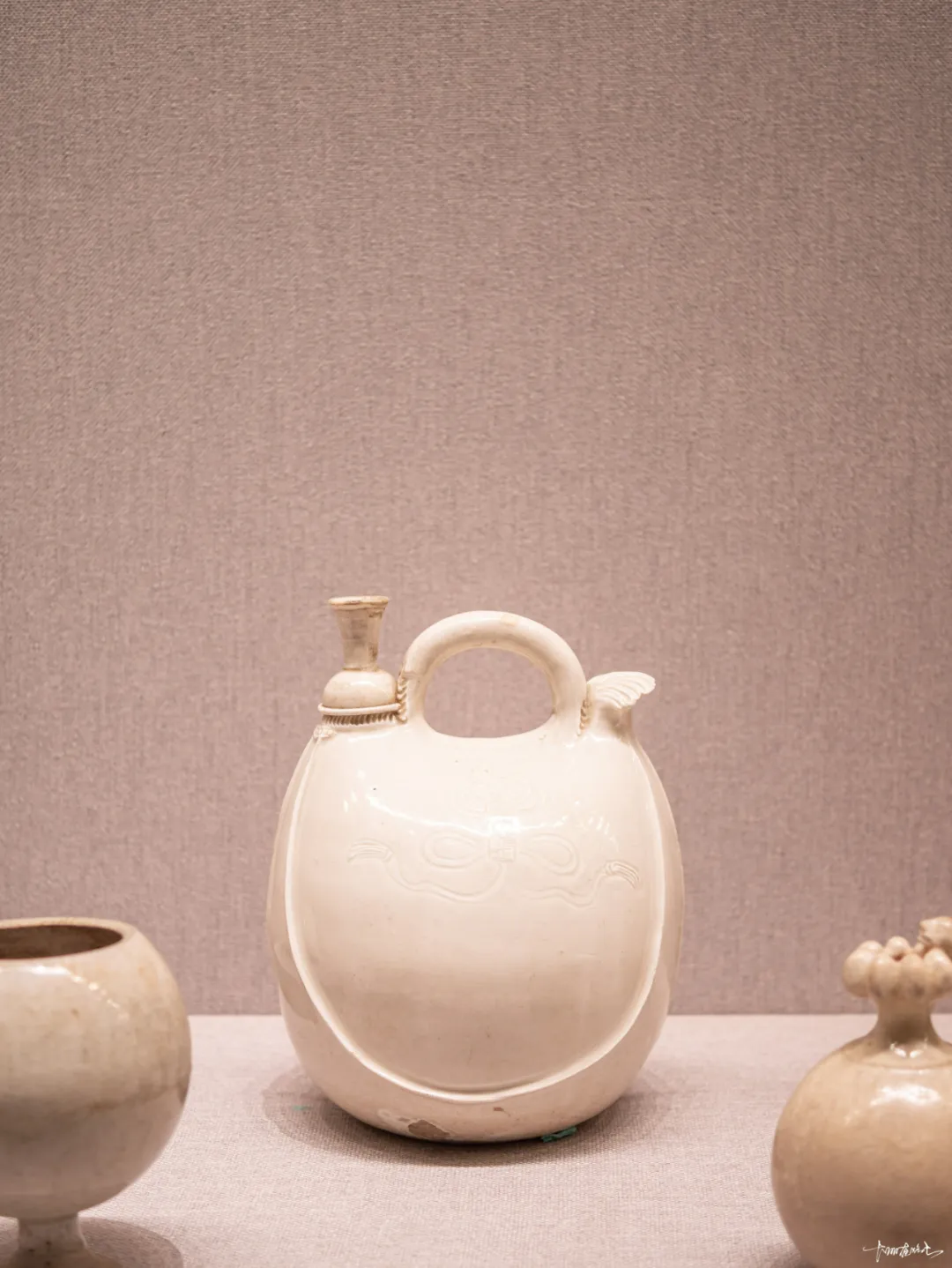

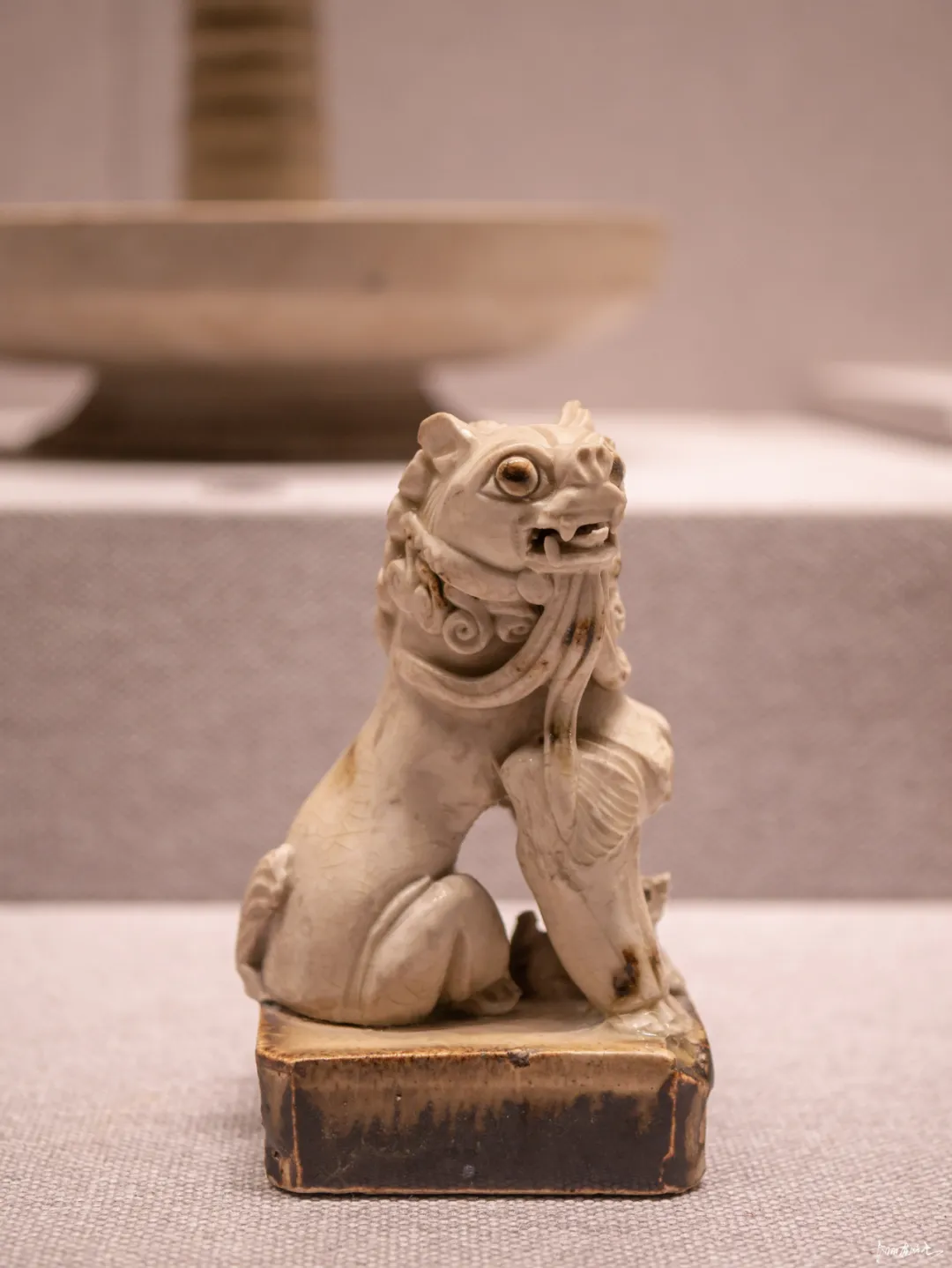
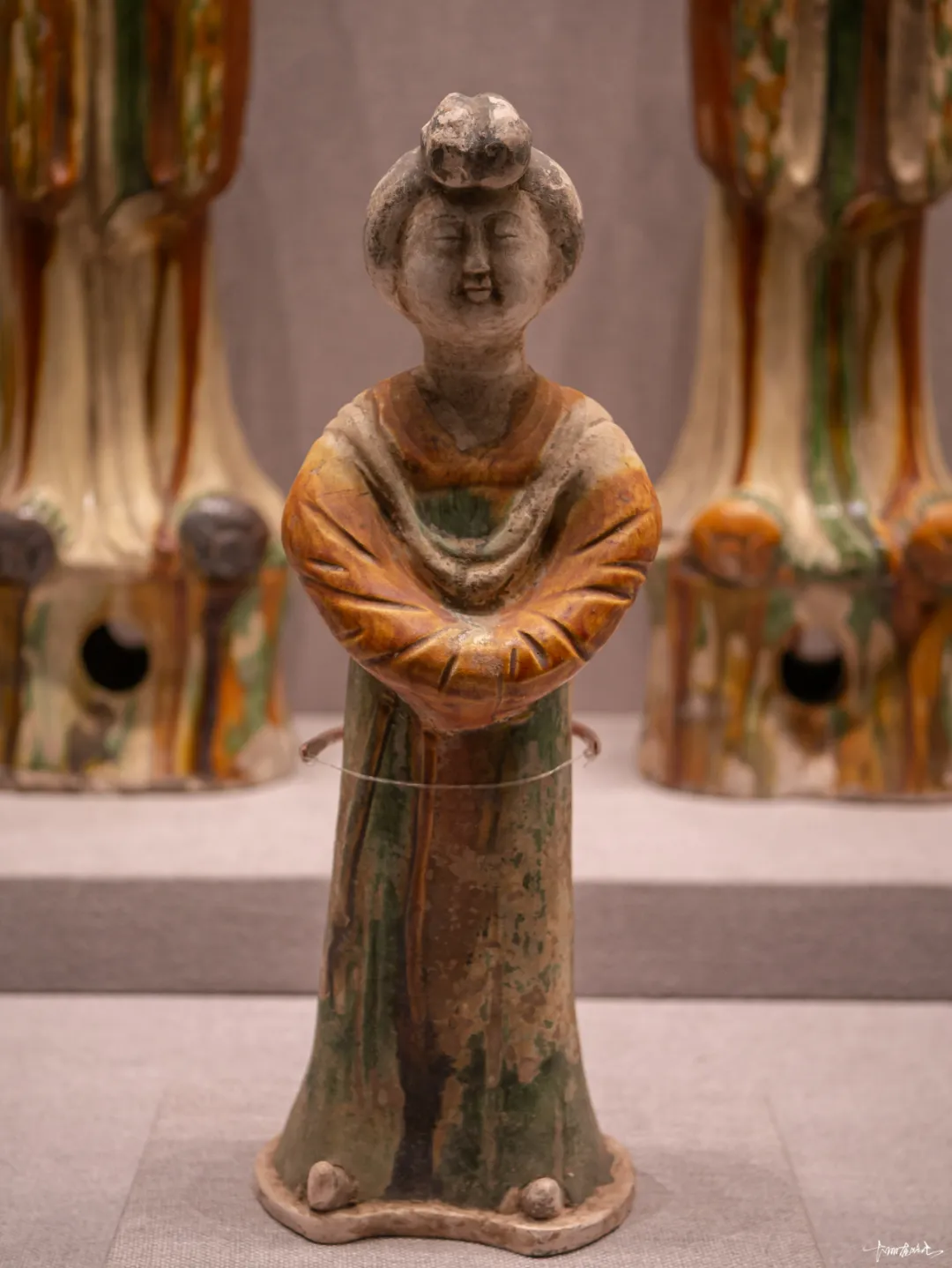



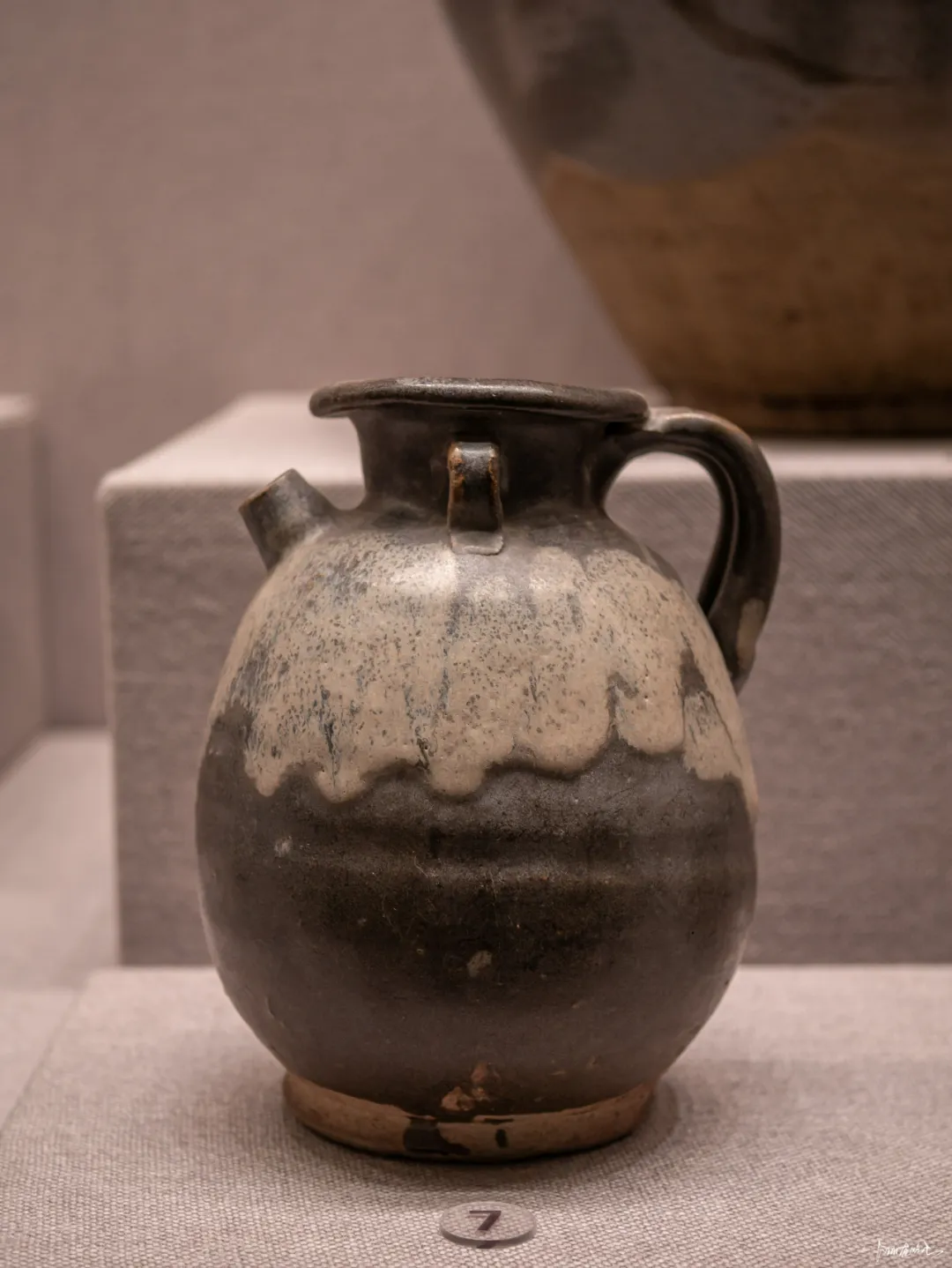

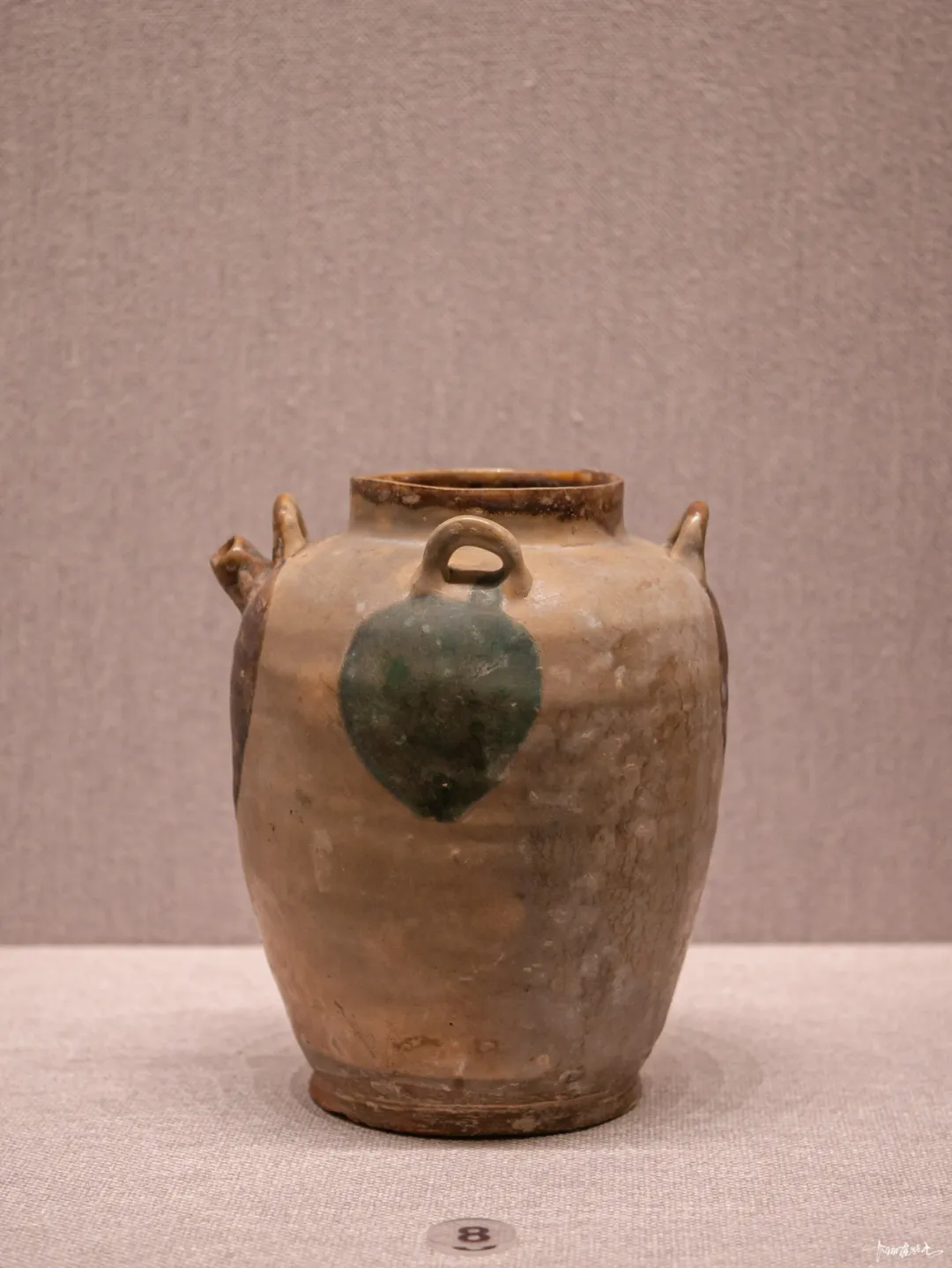
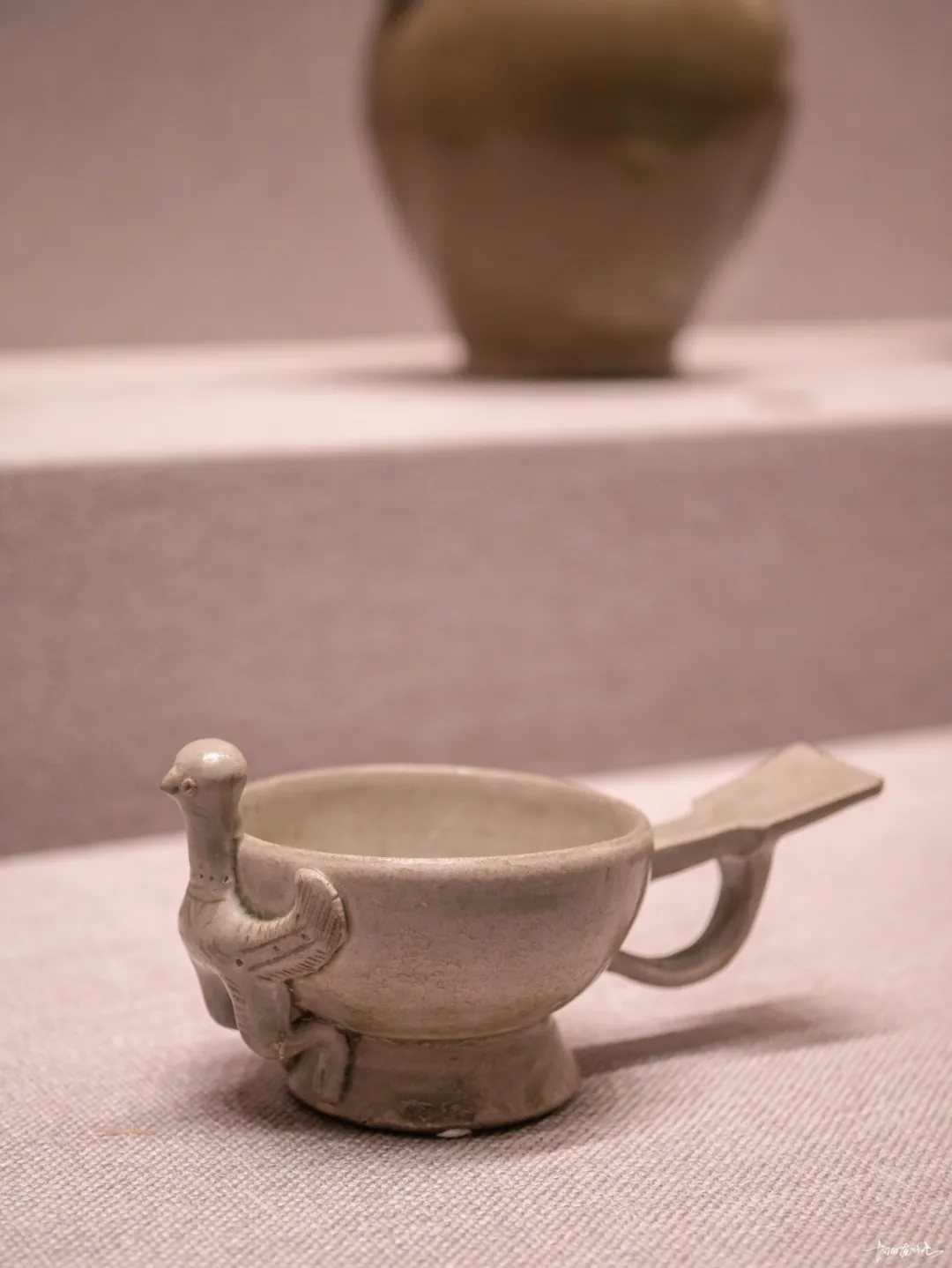

辽、宋、西夏、金时期,陶瓷业蓬勃发展,名窑遍布各地,出现了陶瓷史上前所未有的兴盛局面。在民窑获得发展的基础上,朝廷还在南北方相继设窑专门烧造宫廷用瓷。汝窑、官窑、哥窑、定窑、钧窑、耀州窑、磁州窑、越窑、龙泉窑、景德镇窑、吉州窑、建窑等名窑烧造的瓷器,备受后人推崇。
北方地区的辽、西夏陶瓷,既受中原陶瓷工艺影响,又具有民族风格,成为中国陶瓷史上民族大融合的物证之一。女真人灭北宋后,金代制瓷业在北宋基础上继续发展,定窑、钧窑、耀州窑、磁州窑等著名瓷窑,均烧造出具有独特艺术风格的陶瓷。
这一时期南北各地还形成一些工艺技法、装饰风格相似的瓷窑体系,如北方地区的定窑系、钧窑系、耀州窑系、磁州窑系等,南方地区的越窑系、龙泉窑系、建窑系、景德镇窑系等,有的窑系还延续到元代。
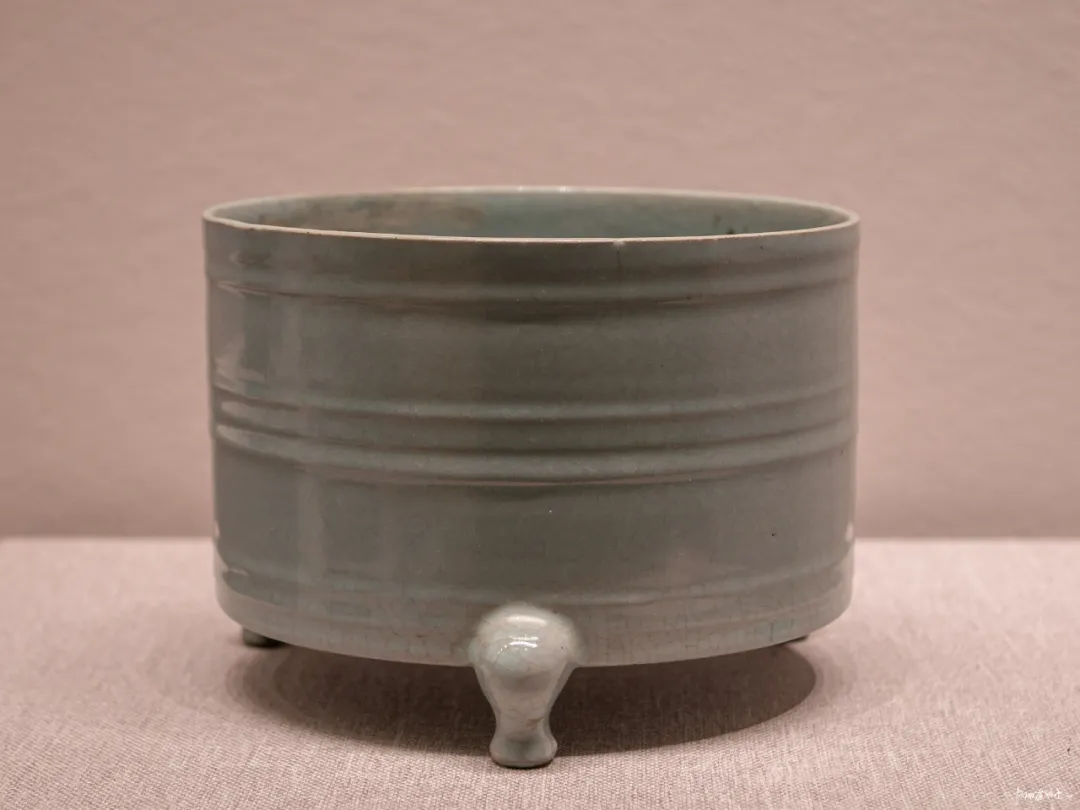


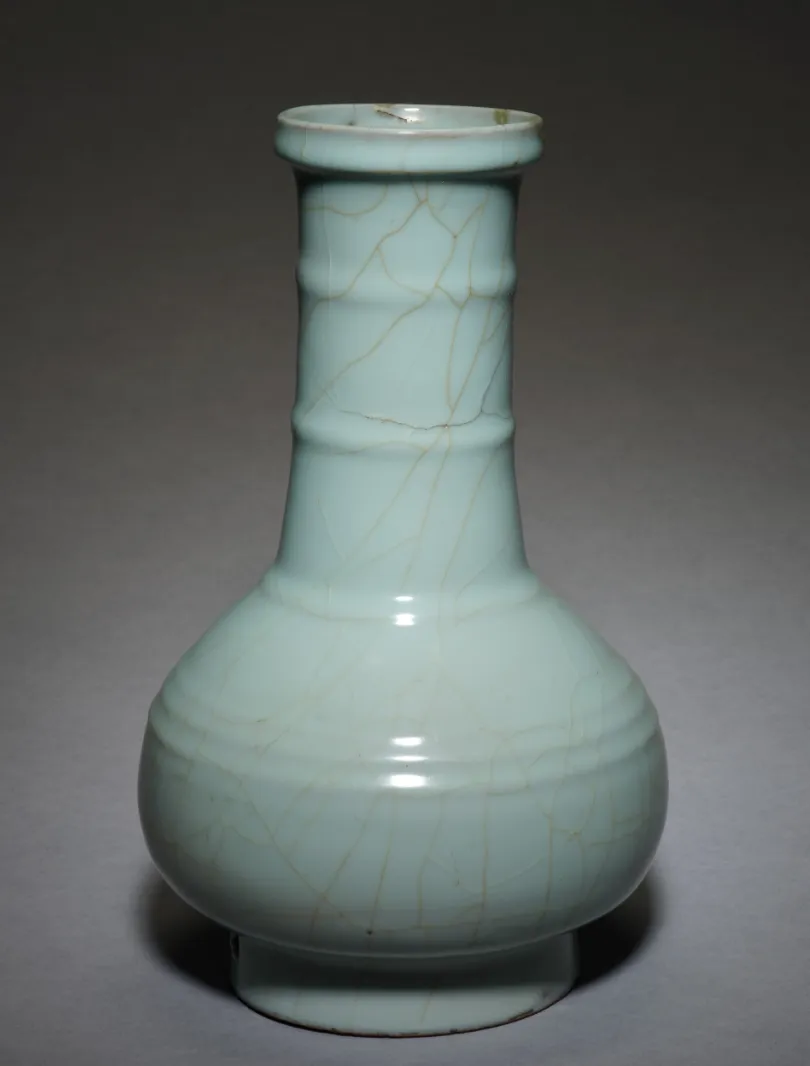
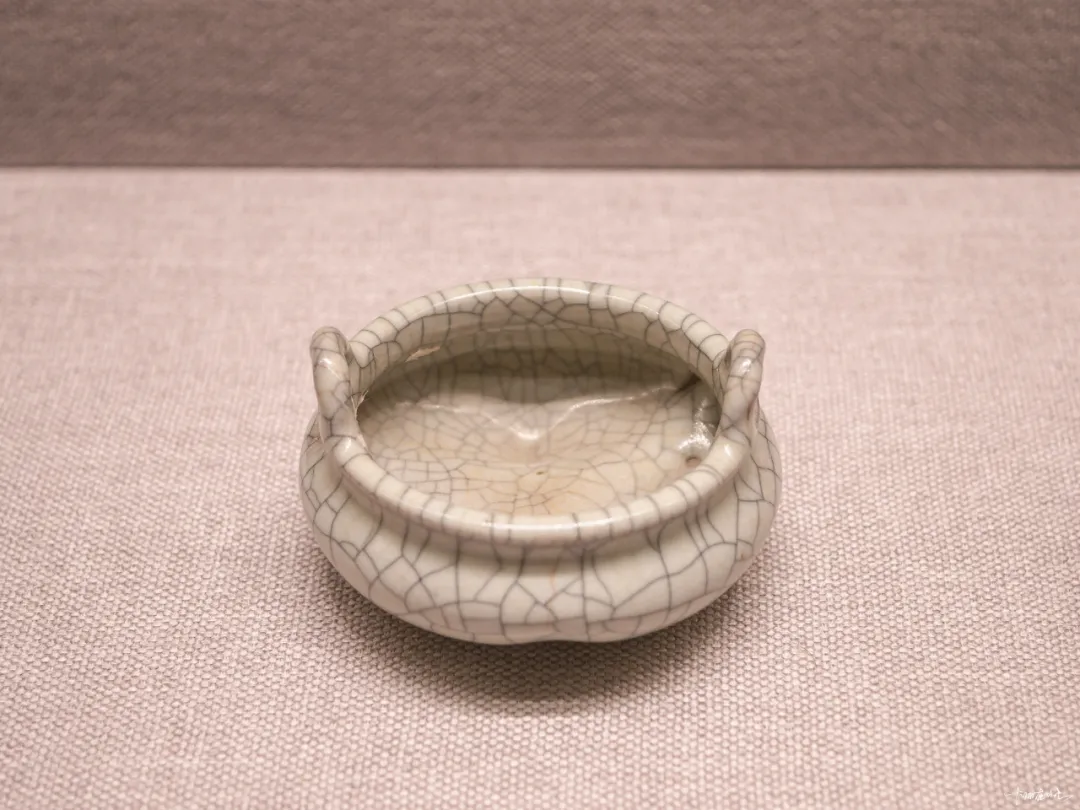
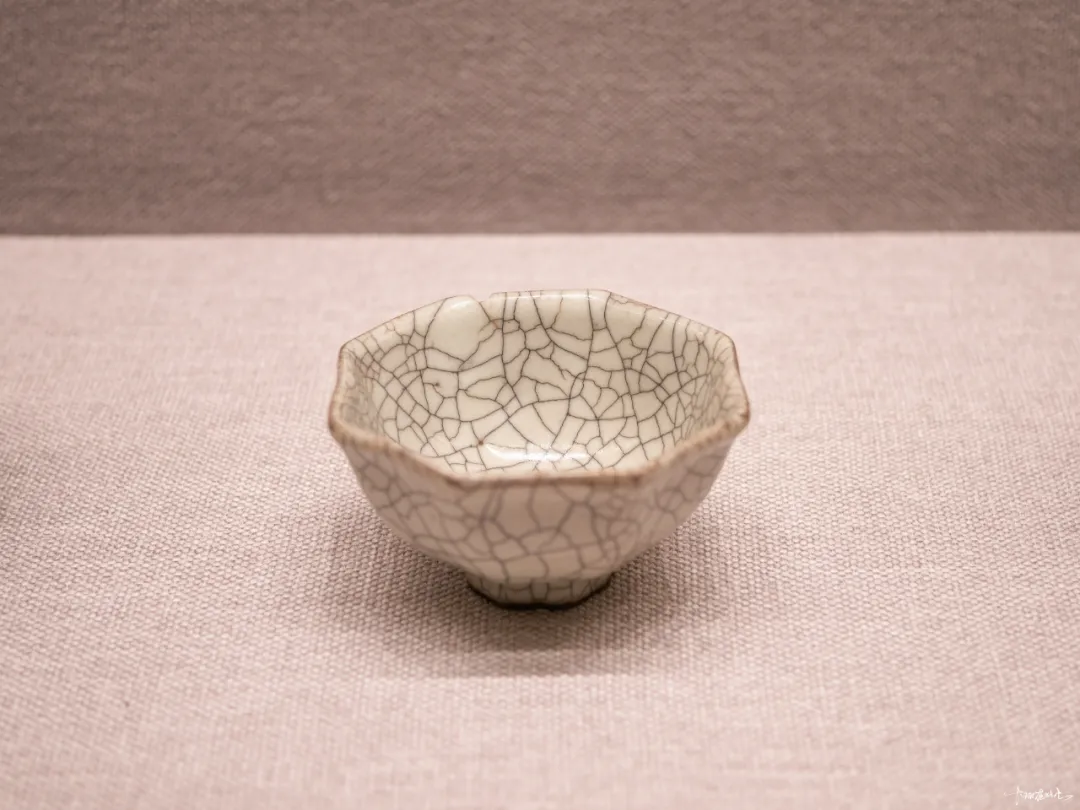
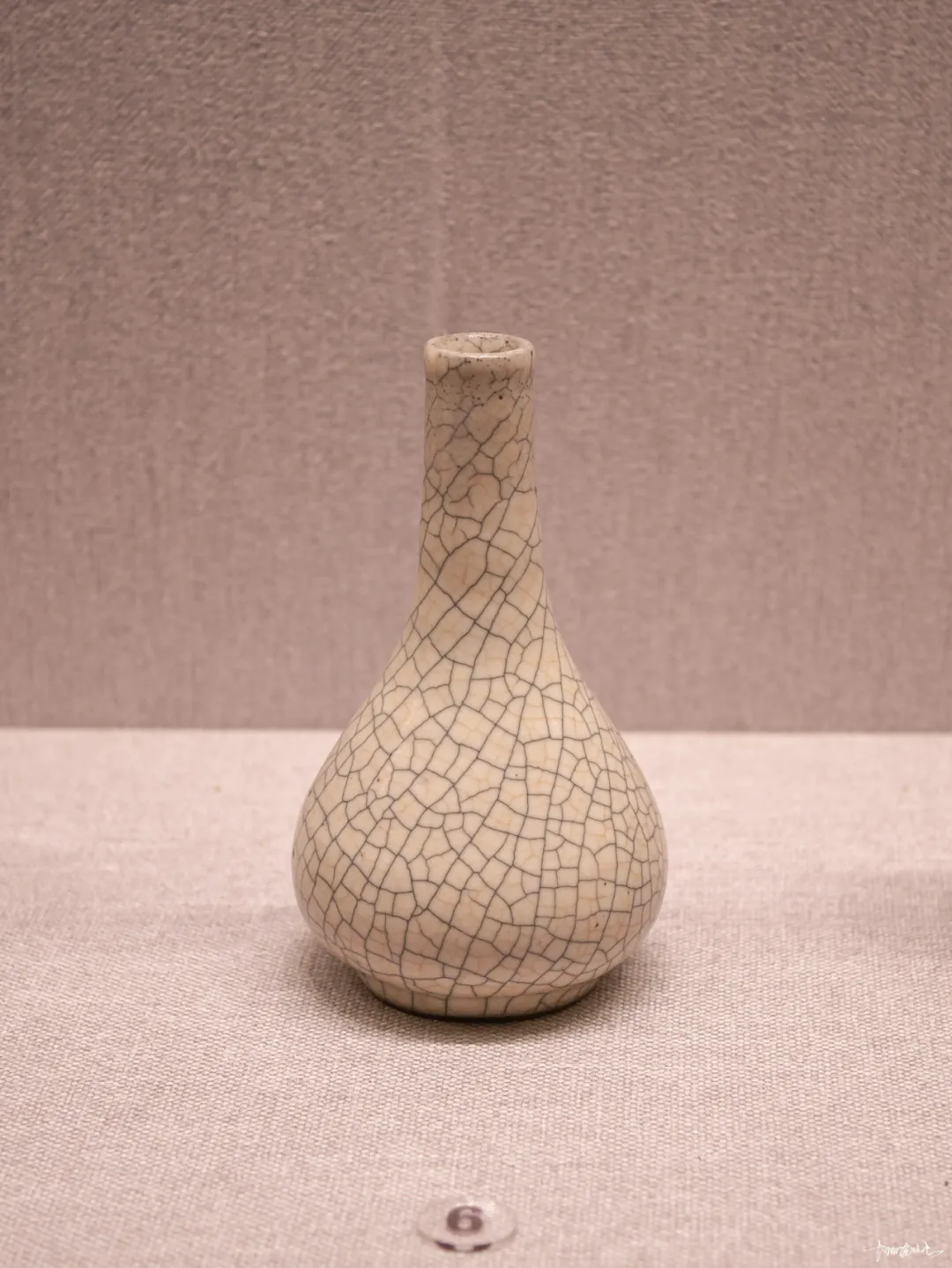




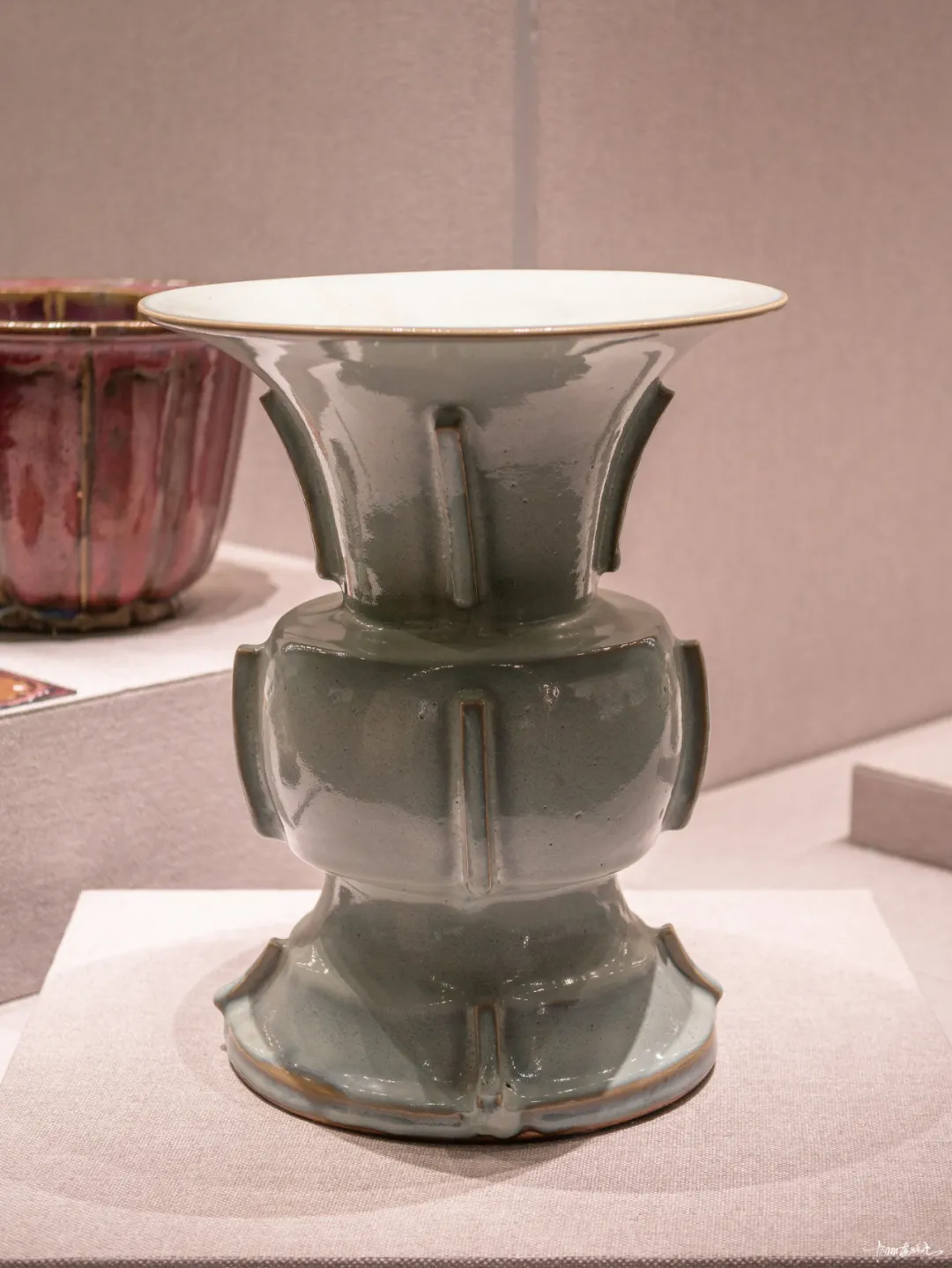
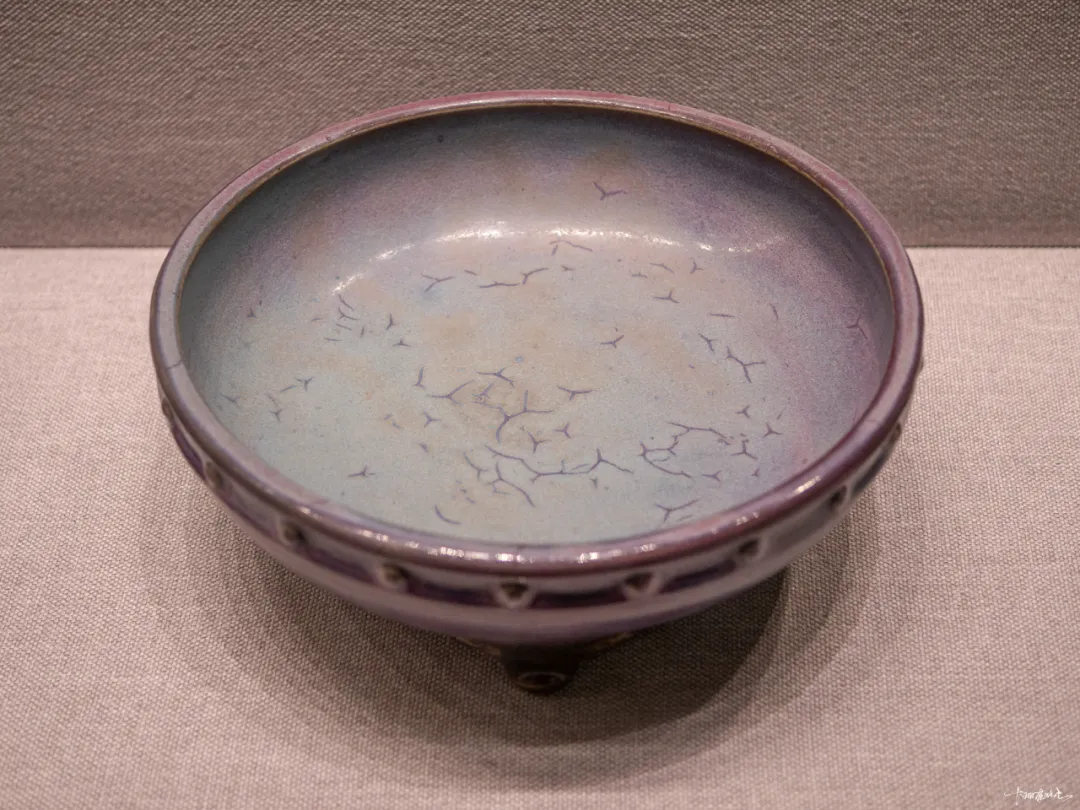
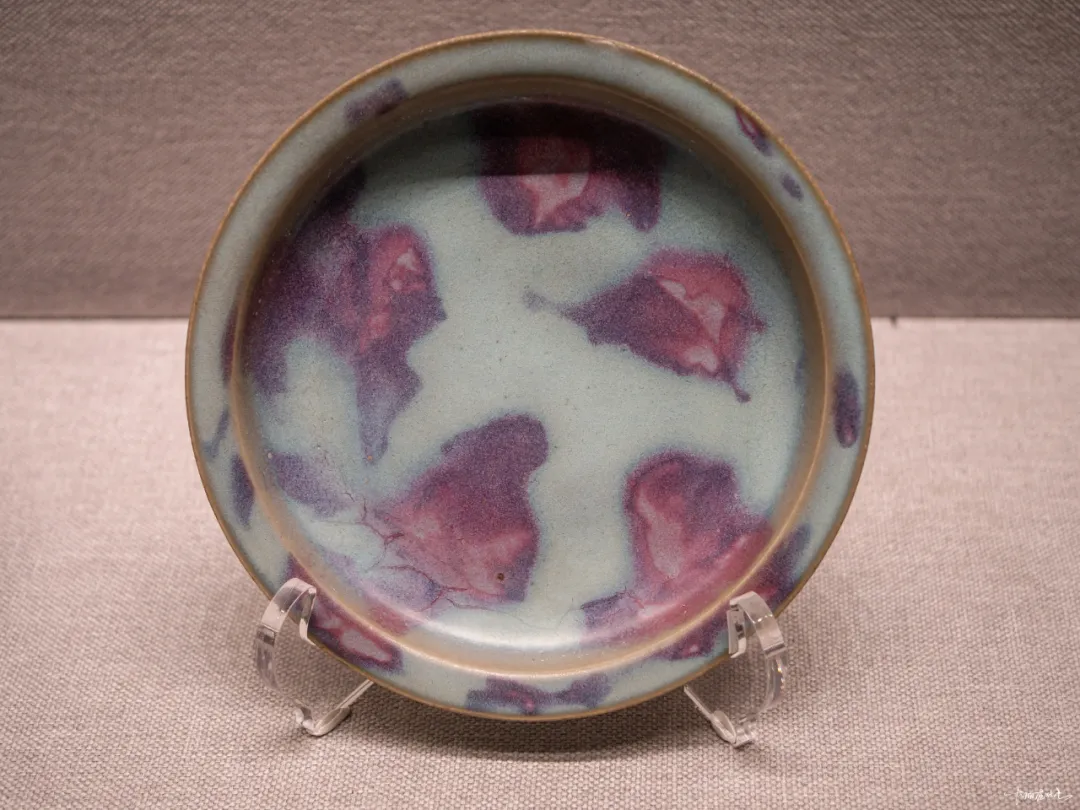
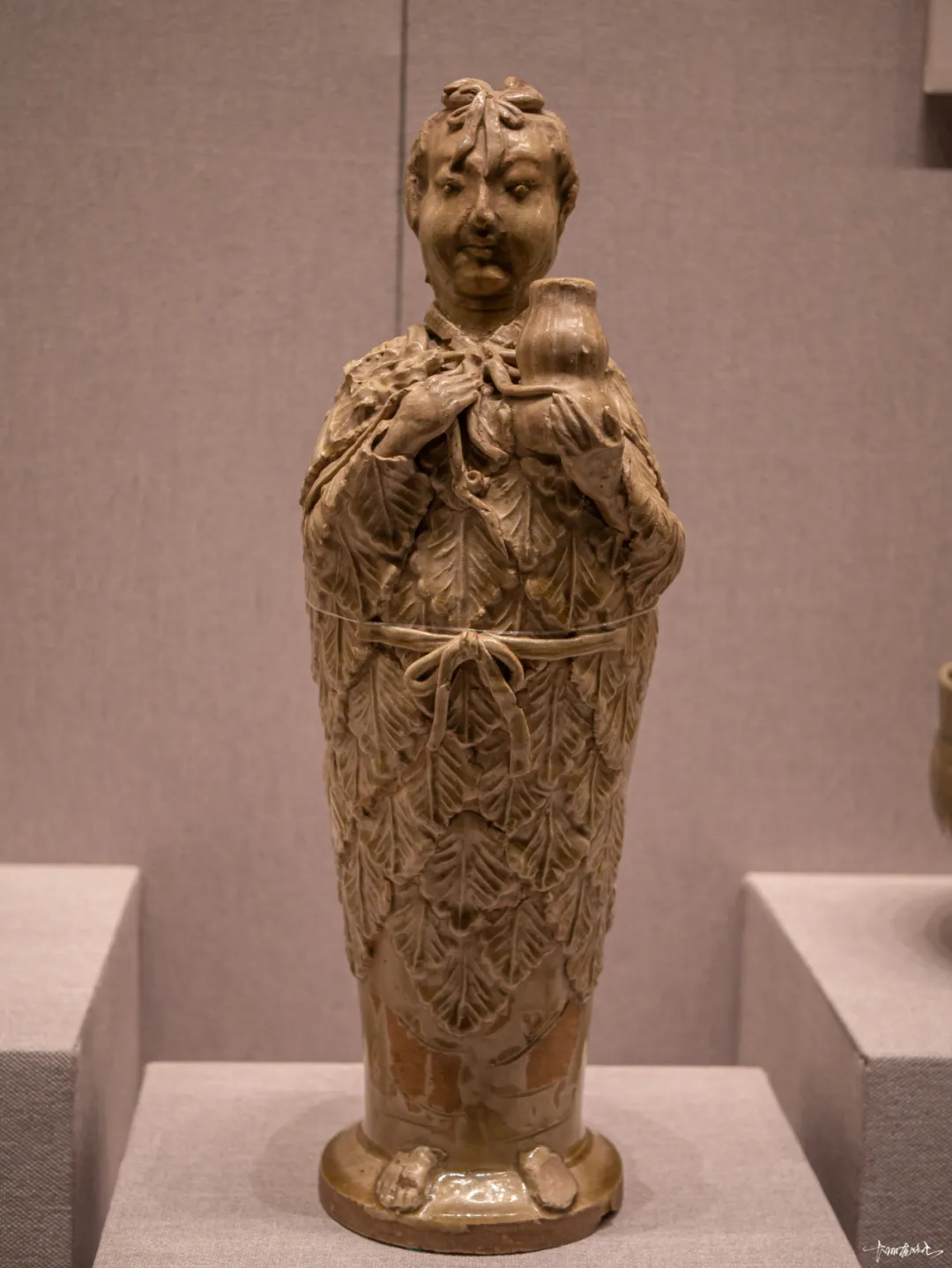
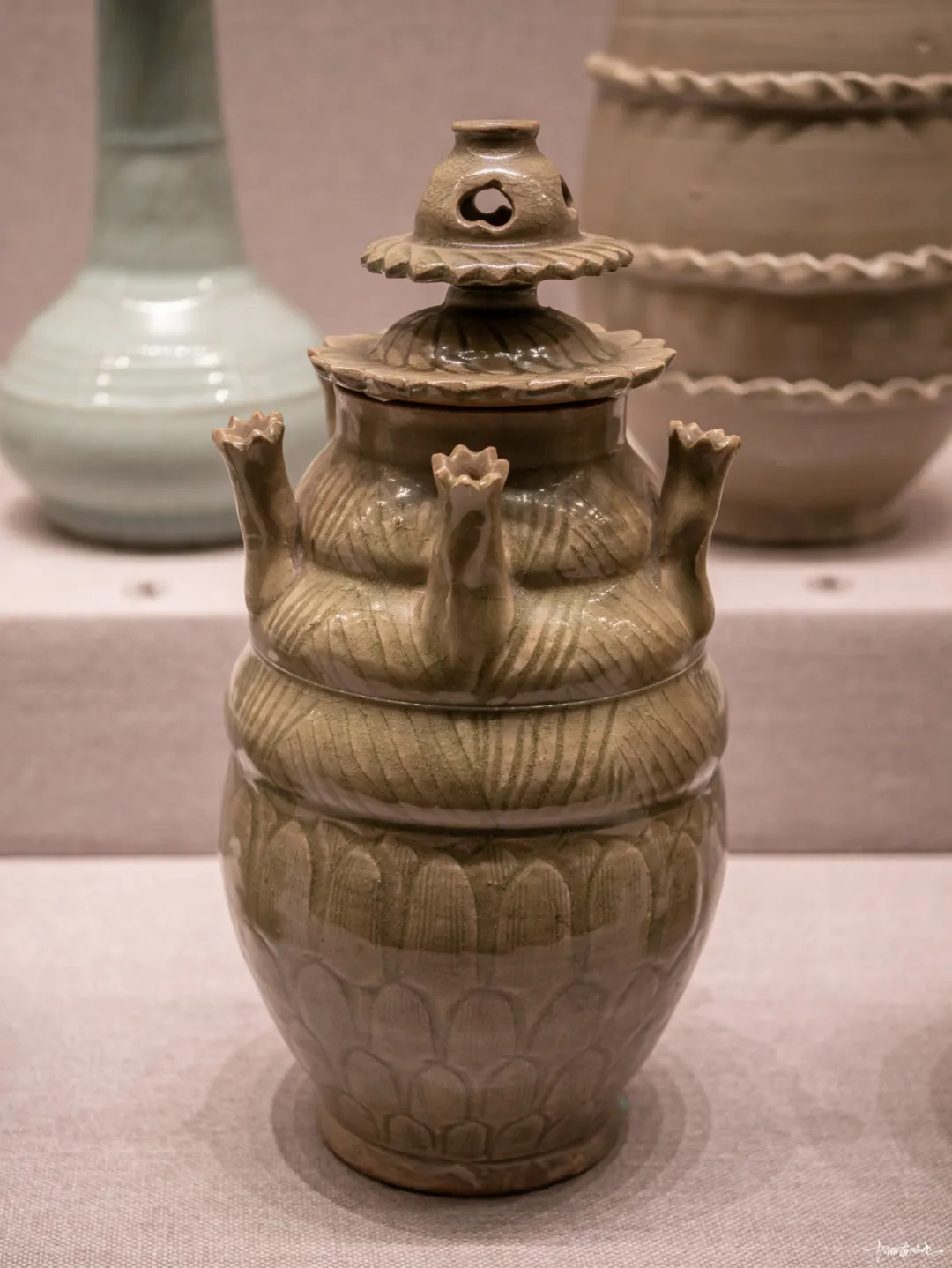
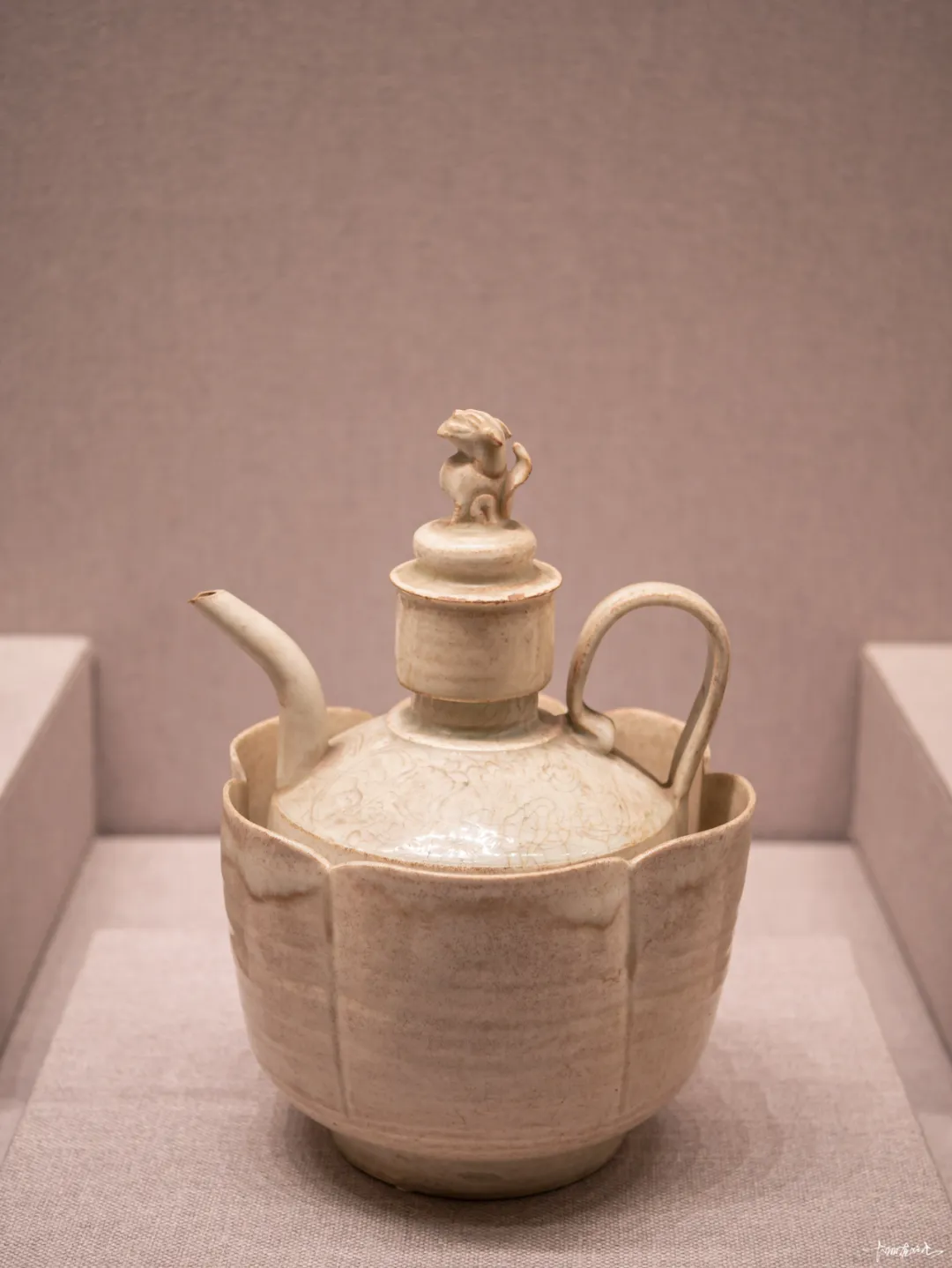

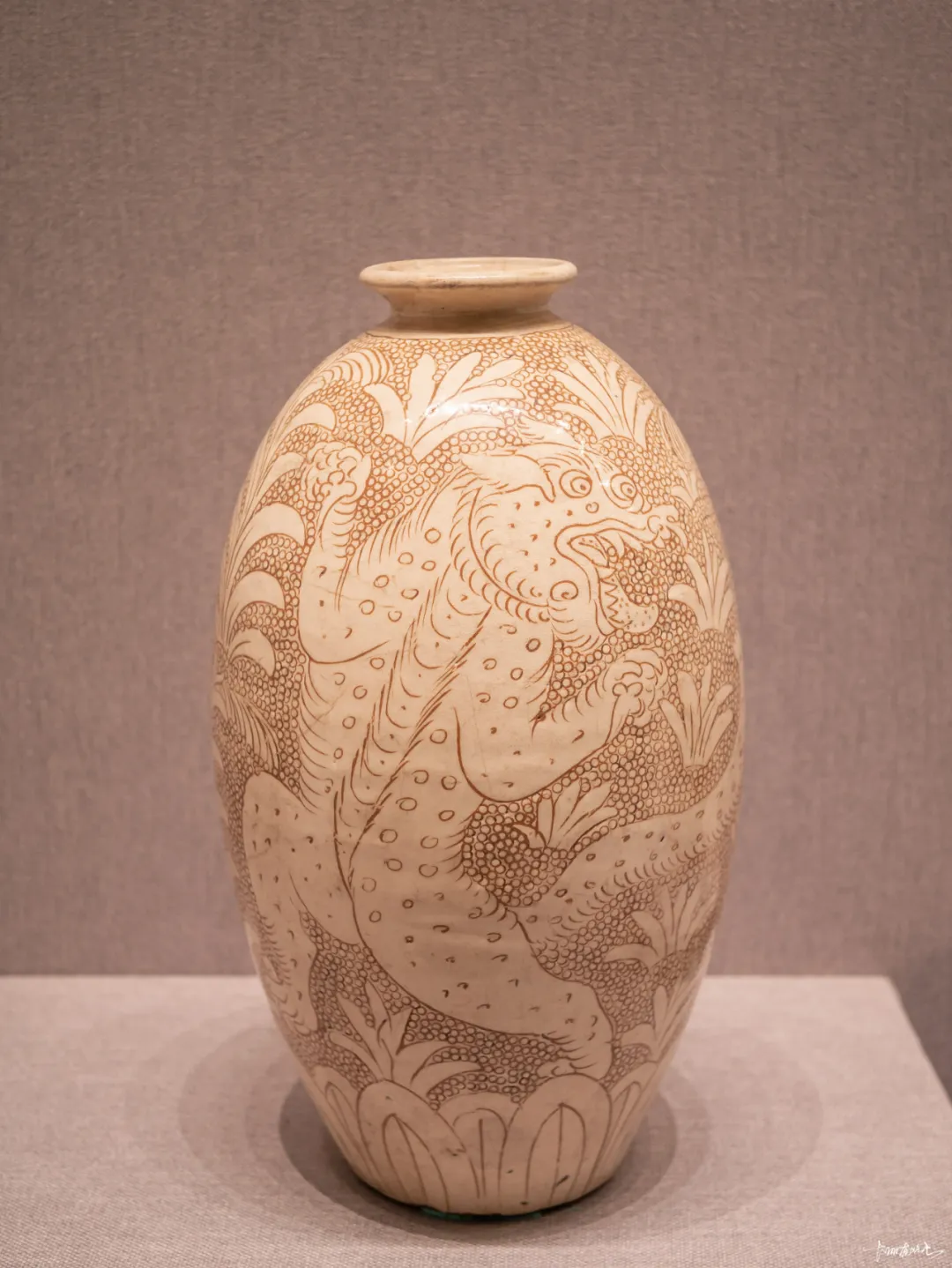
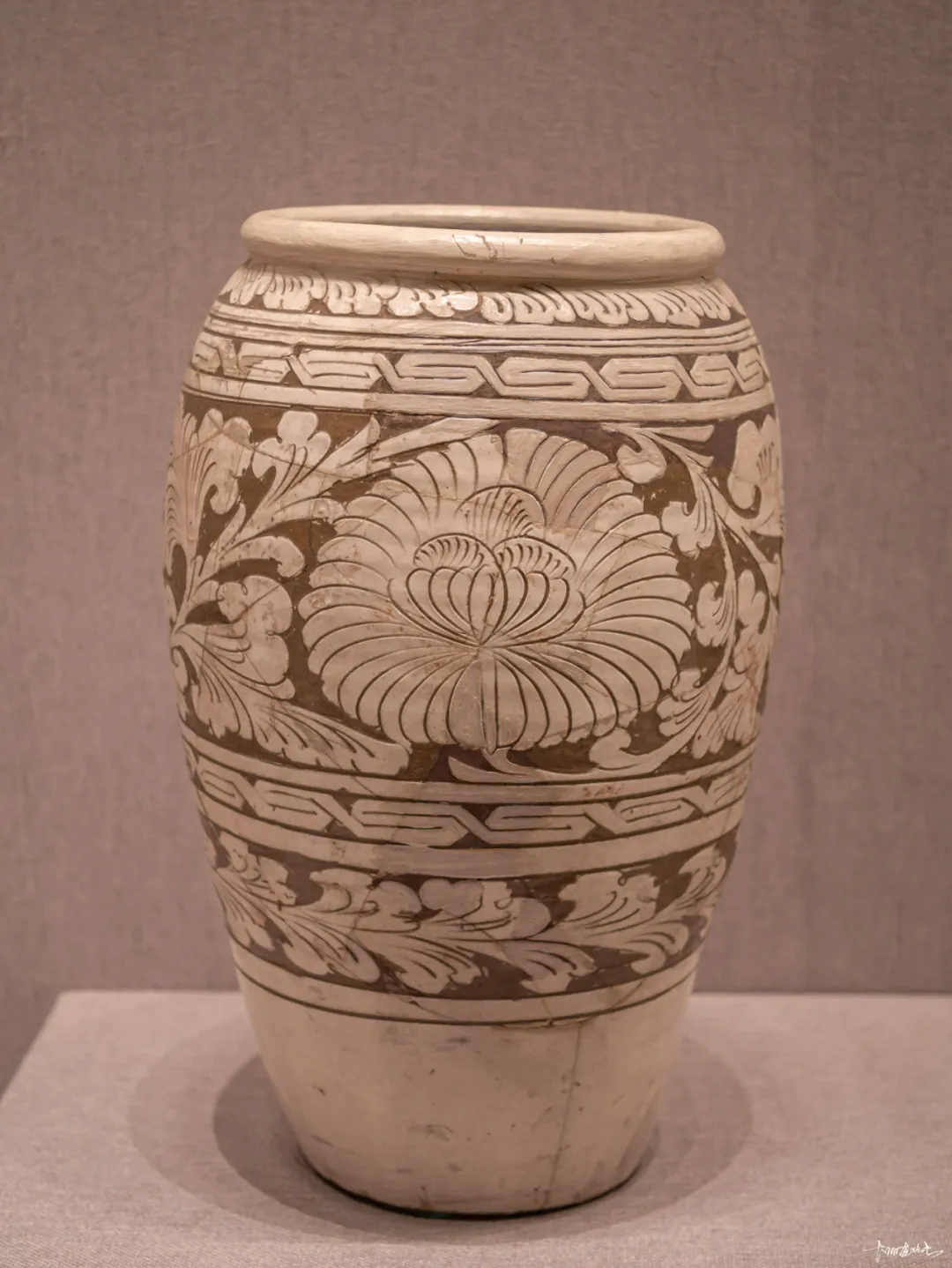

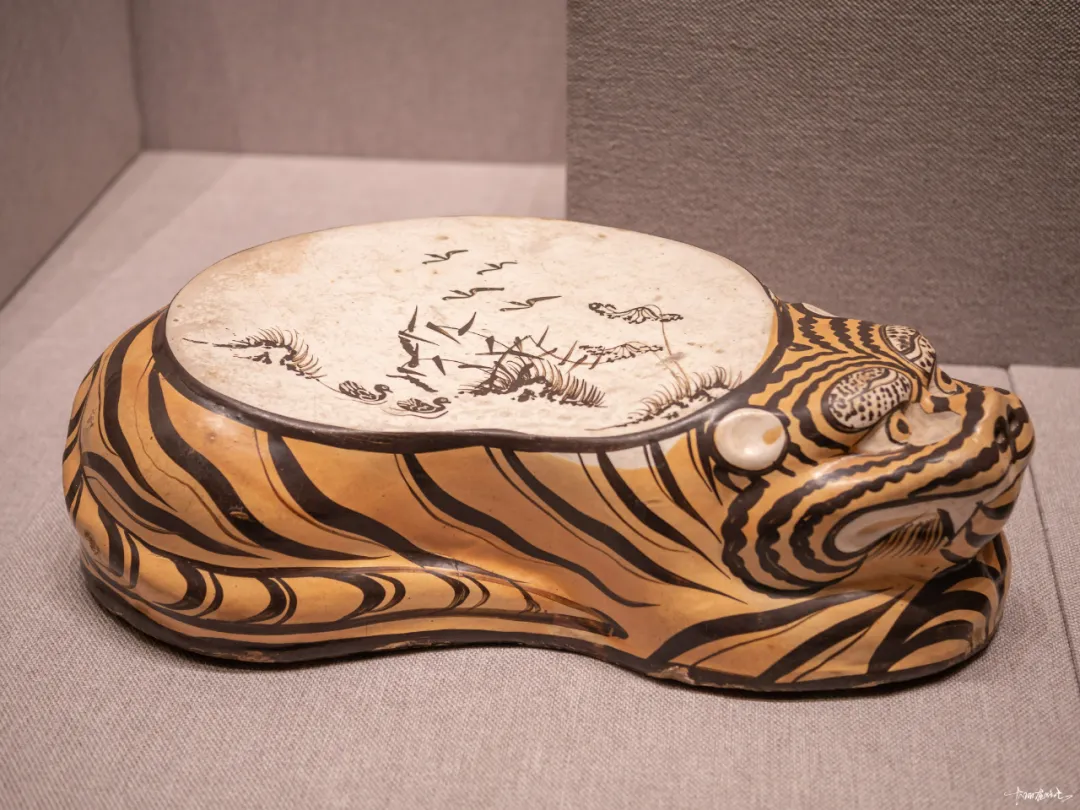
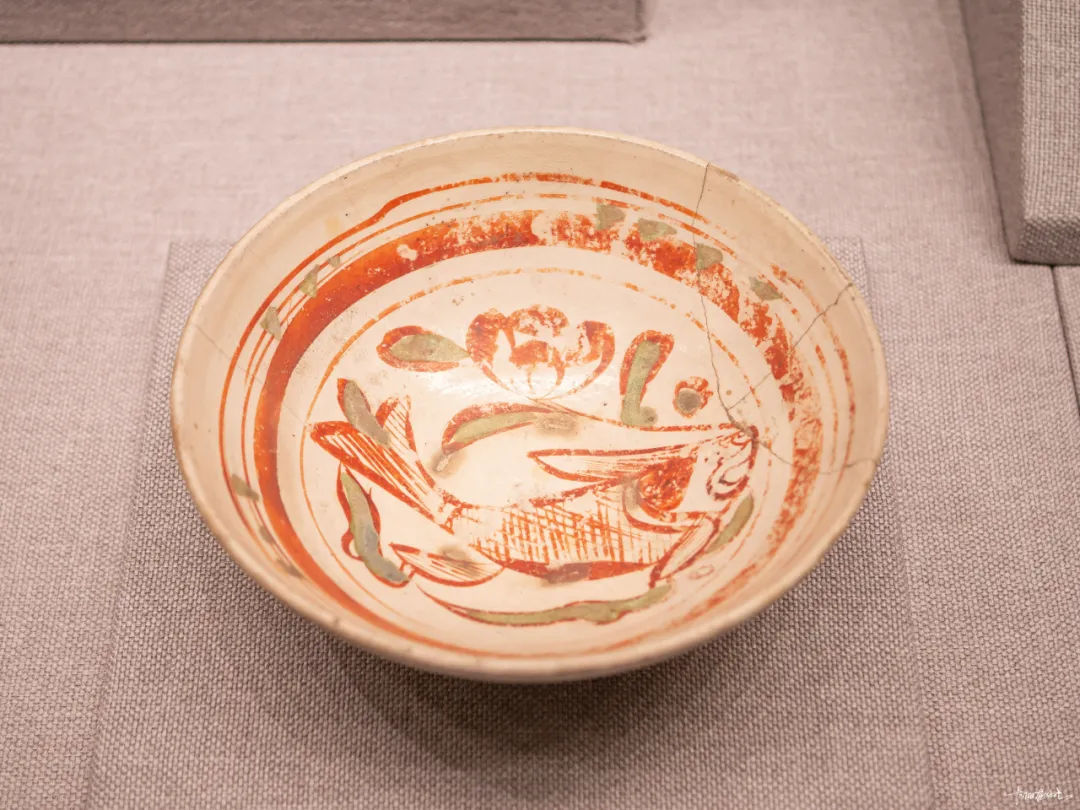

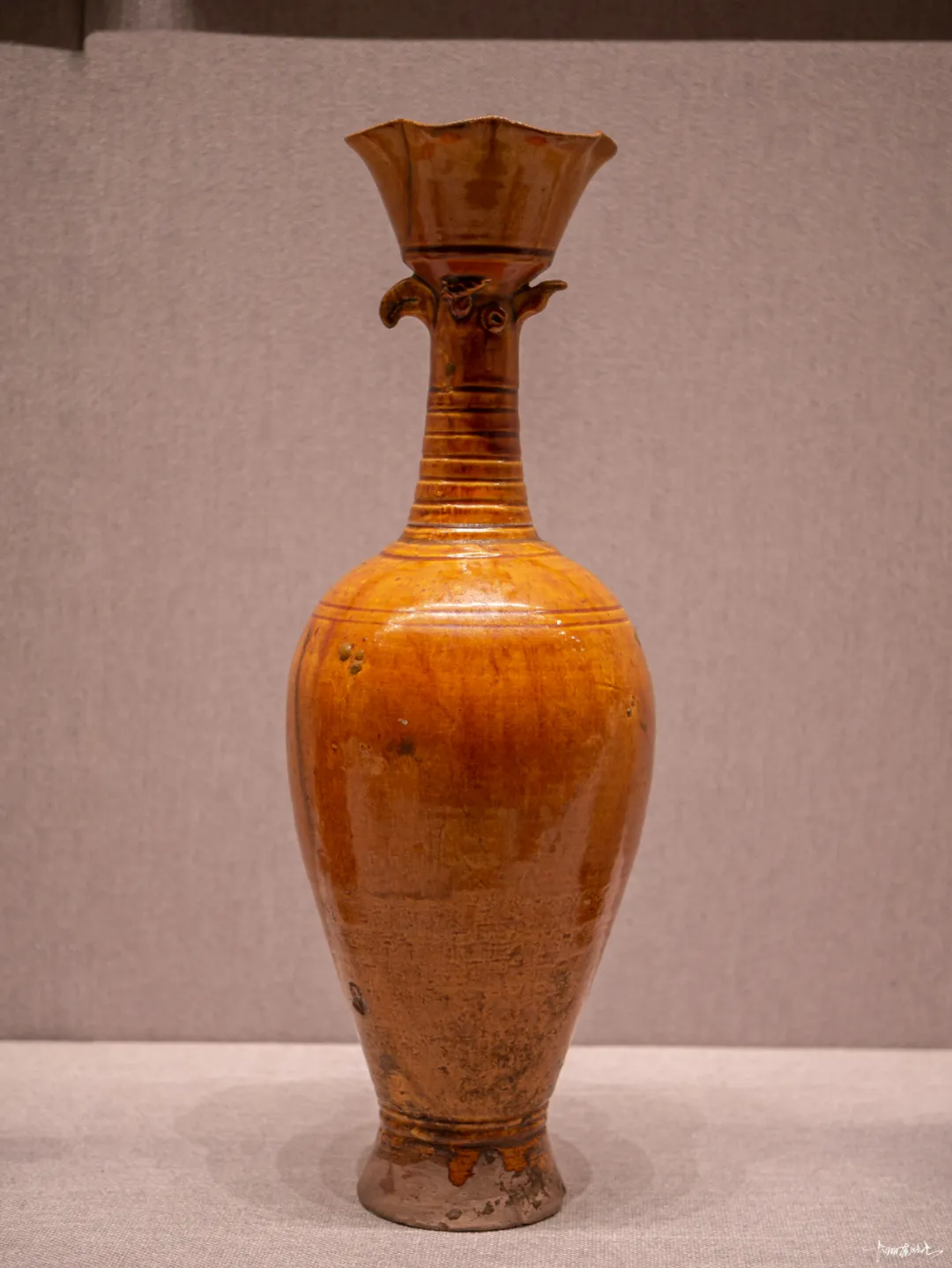
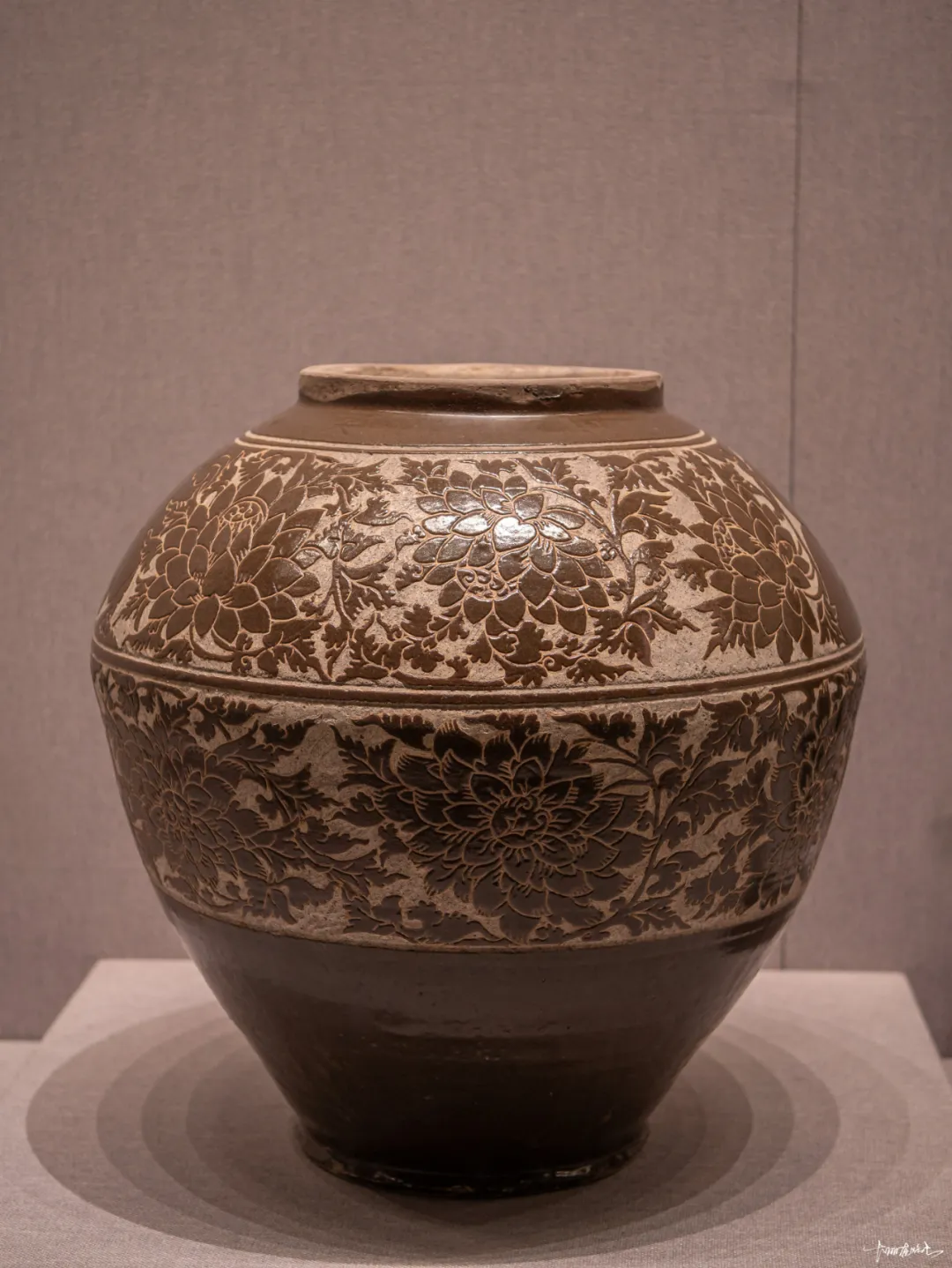
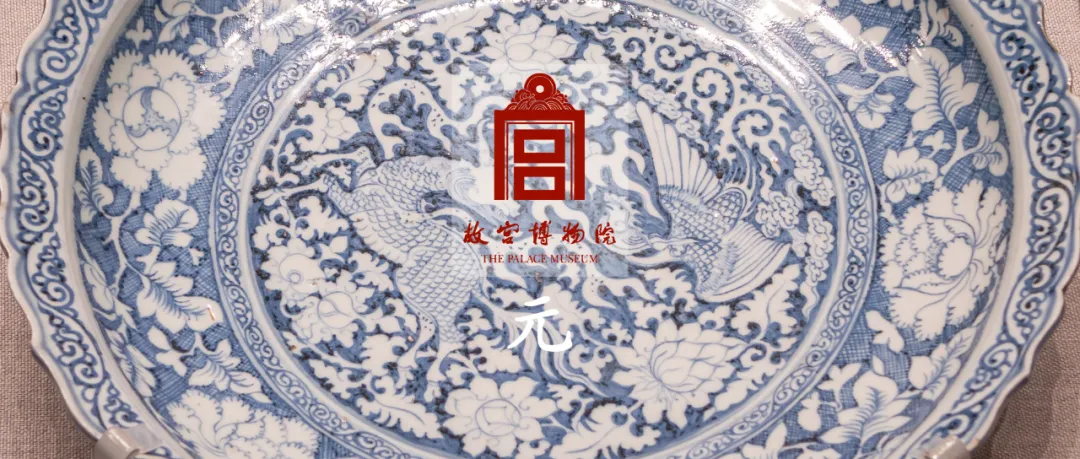
1279年,元王朝统一中国。位于今江西省东北部的景德镇,得天时、地利、人和之便,异军突起,既继承又创新,烧造出青花、釉里红、卵白釉、蓝釉瓷等新品种,遂使景德镇一举成为全国最重要的瓷器产地之一,为明、清两代进而成为全国的制瓷中心奠定了基础。钧窑、磁州窑、龙泉窑、德化窑等继续烧造传统陶瓷品种。
海外贸易的蓬勃发展,促使陶瓷生产呈现兴盛局面。元代陶瓷不但畅销国内,而且远销海外,亚洲、非洲沿海地区均曾出土过元代景德镇窑、龙泉窑和福建、广东窑场烧造的陶瓷器。
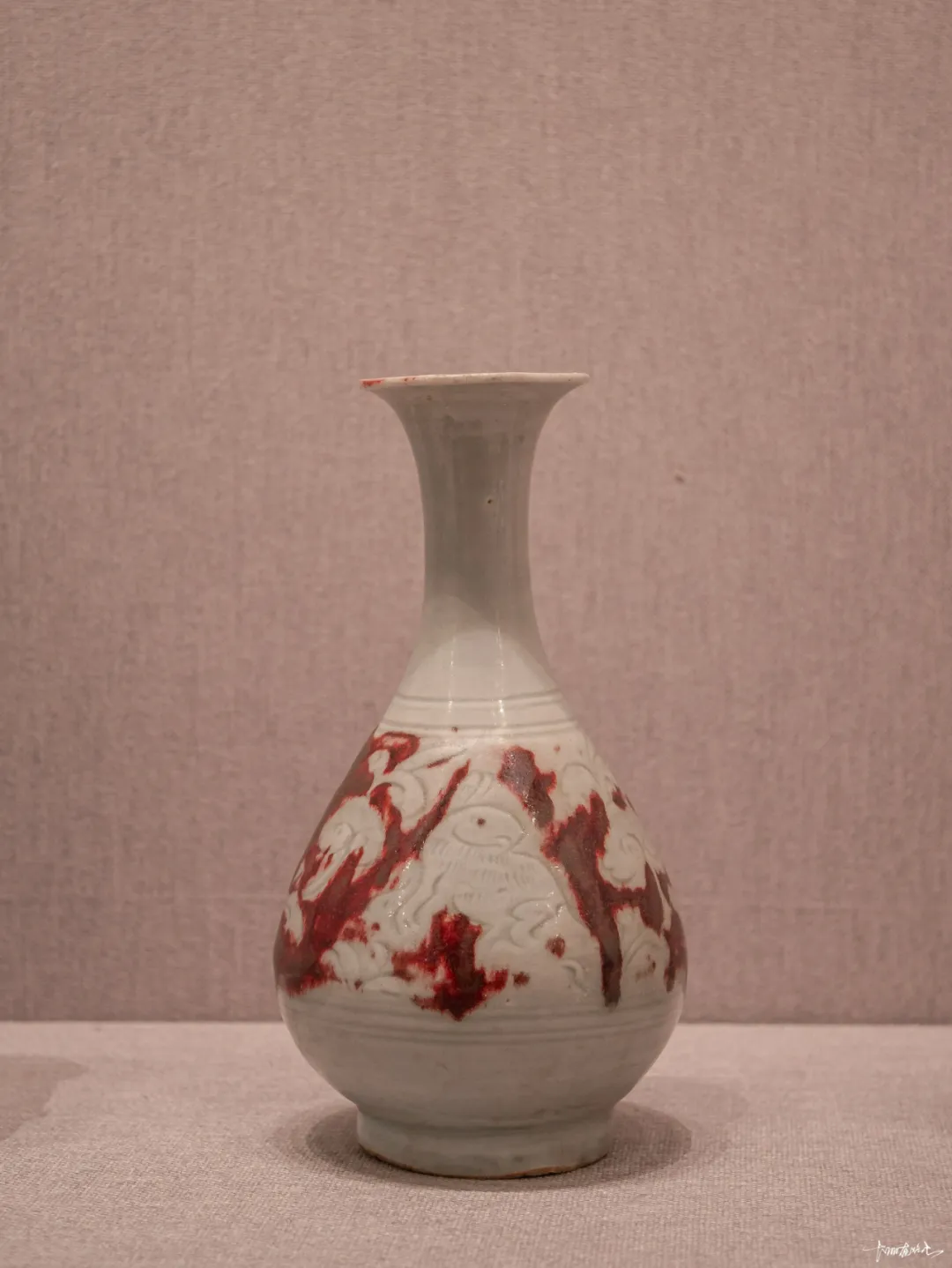
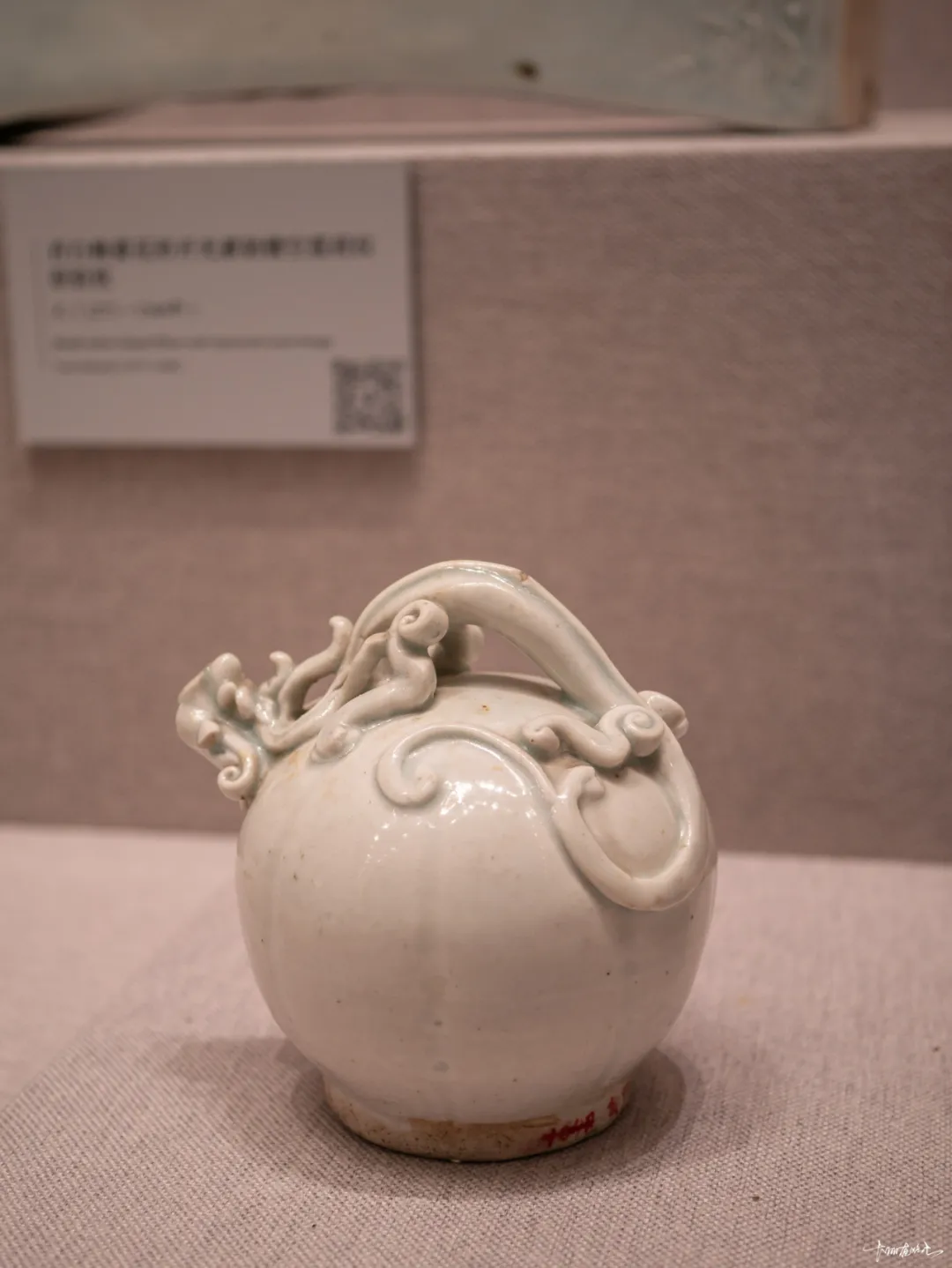
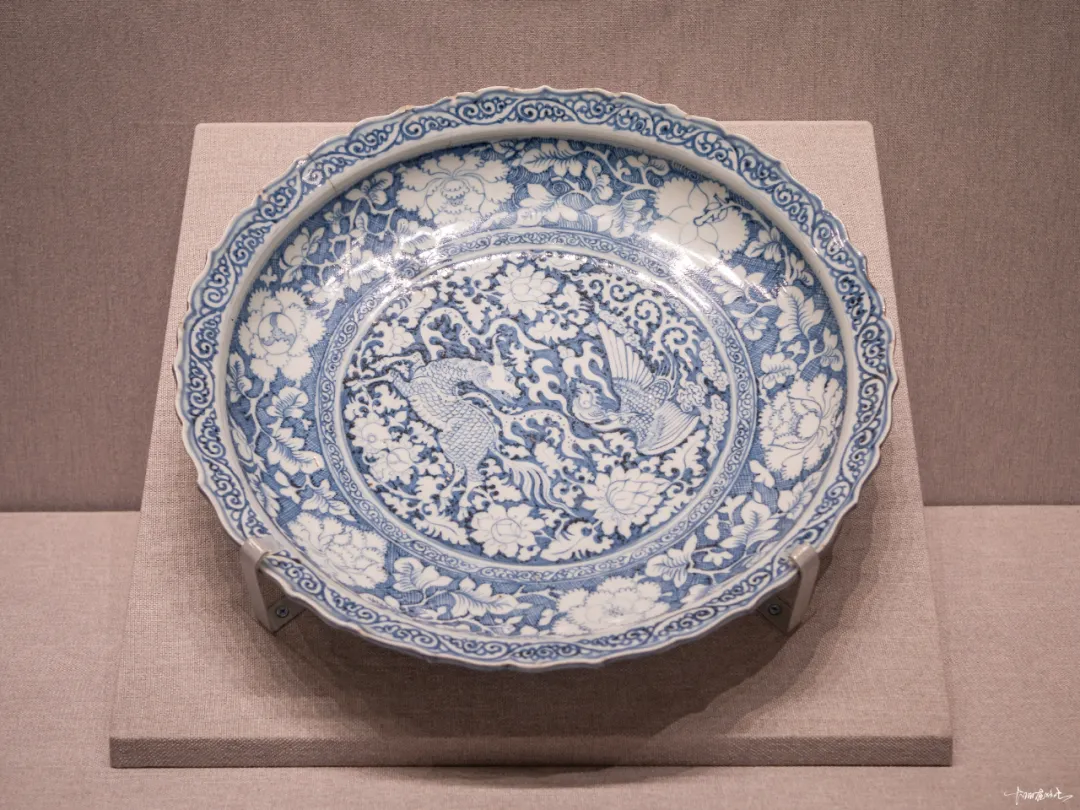
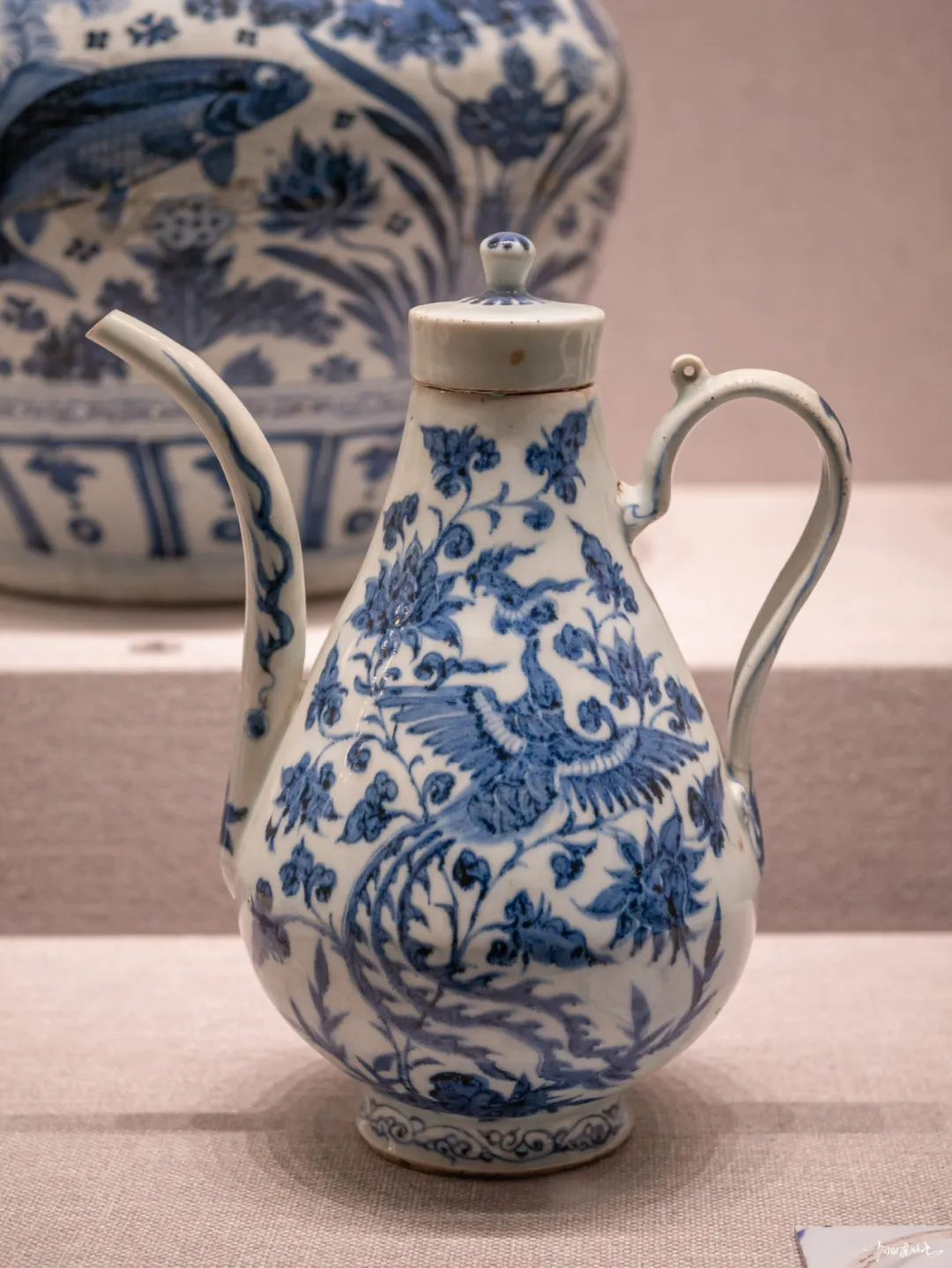
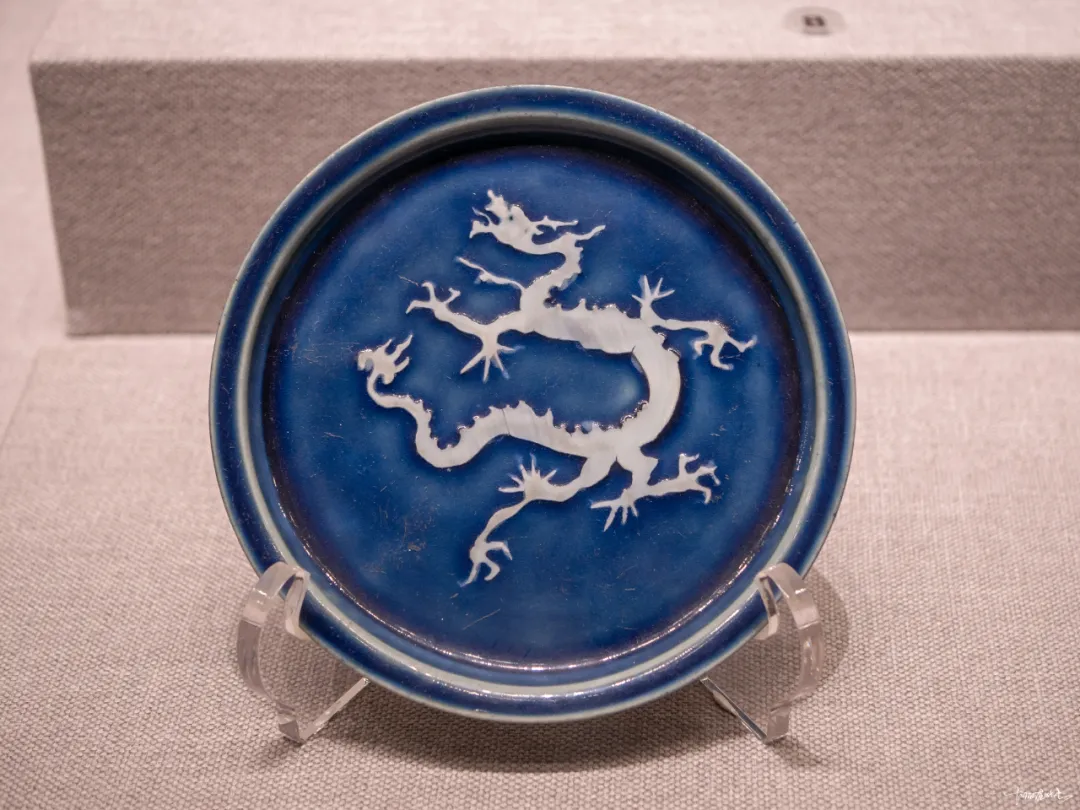


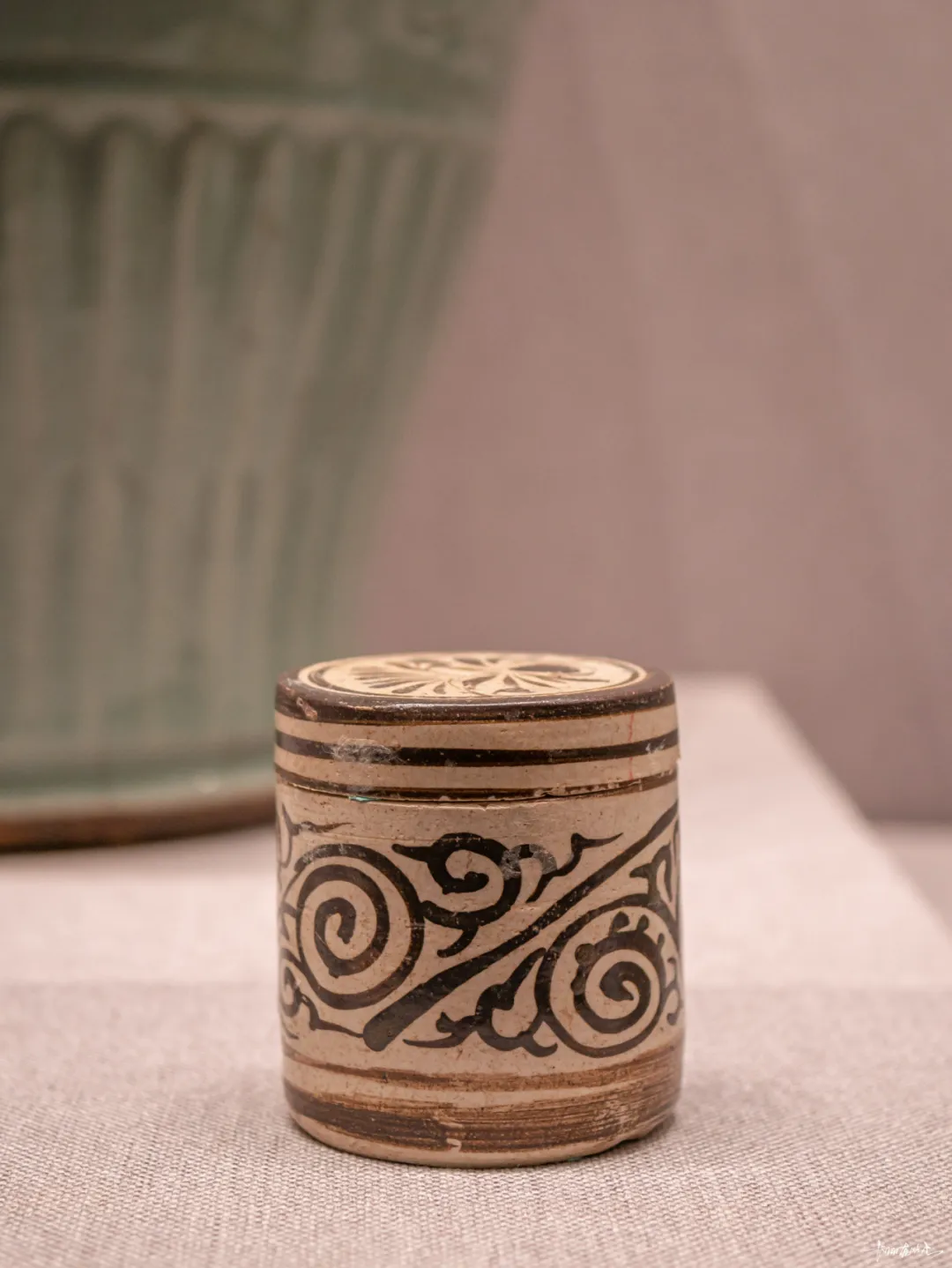
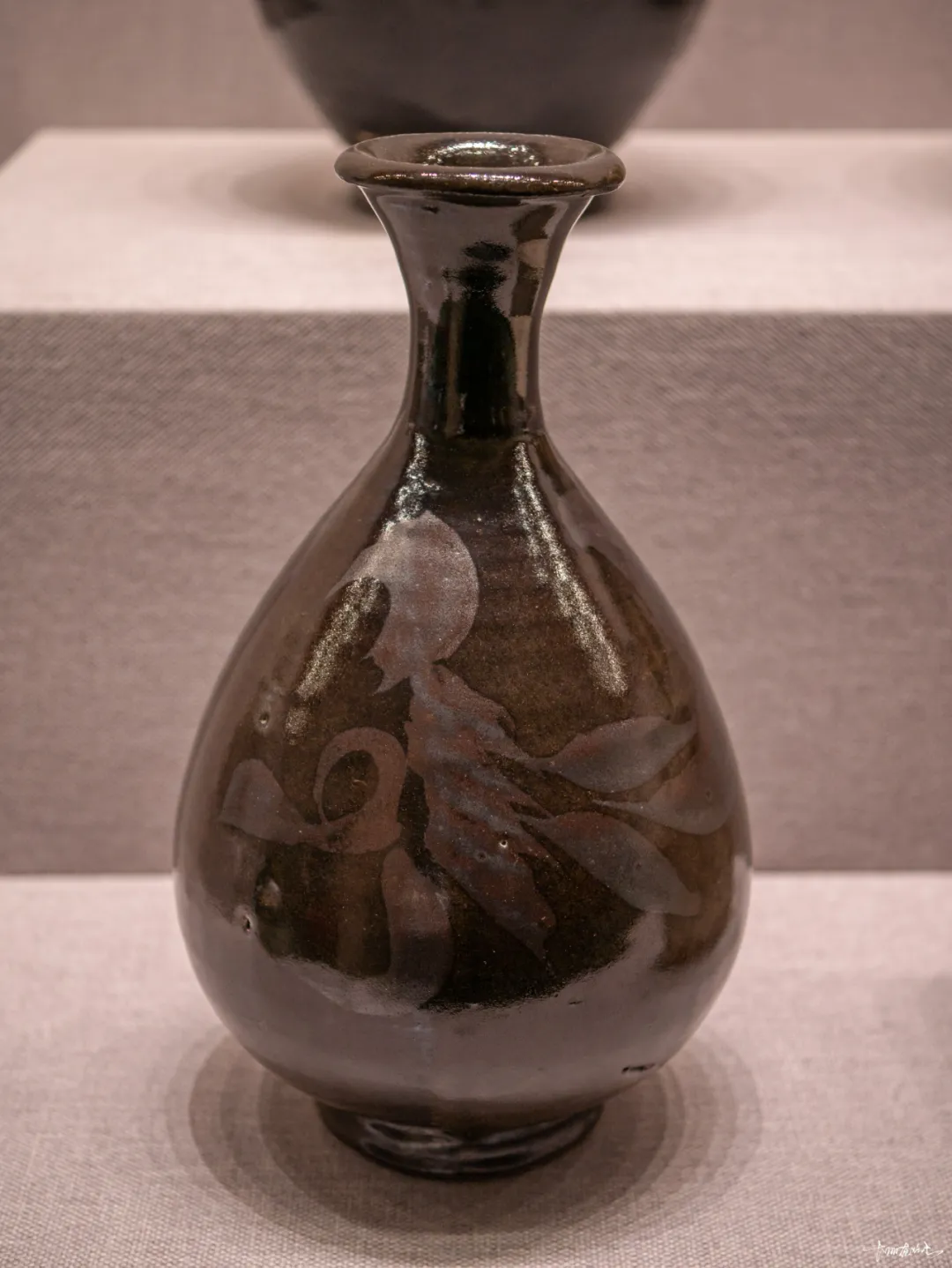
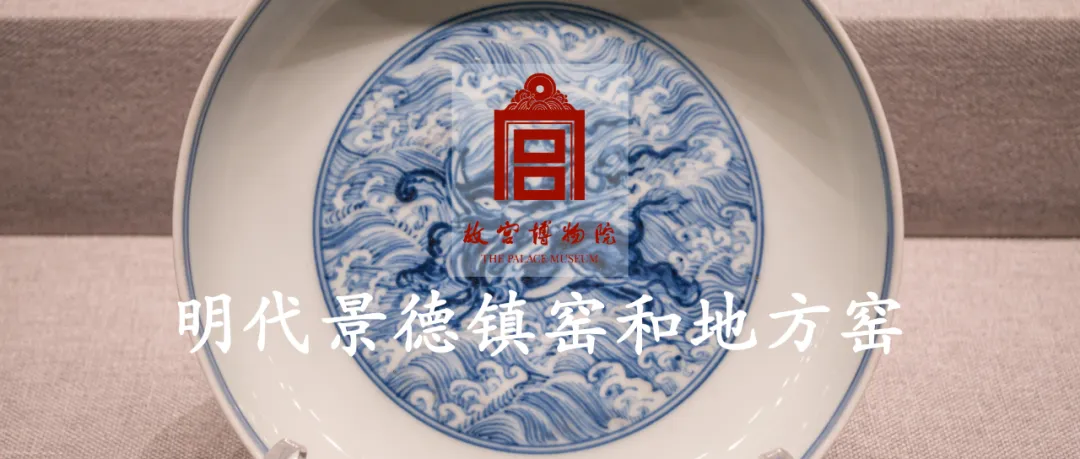
明代景德镇窑分为御窑和民窑两种。洪武二年(1369年)朝廷在景德镇设“陶厂”,建文四年(1402年)更名为“御器厂”,专门烧造宫廷用瓷。此后,历朝沿袭这种制度,源源不断地为宫廷烧造了大量至精至美、品种丰富的瓷器,直至万历三十五年(1607年)停烧。御窑的发展带动了民窑的逐渐兴盛,至明代晚期,景德镇从事瓷器生产的工匠已达十余万人,遂成为全国的制瓷中心、世界的瓷都。永乐、宣德、成化三朝的青花瓷,永乐、宣德朝的鲜红釉、祭蓝釉、甜白釉瓷,成化朝的斗彩瓷,弘治朝的浇黄釉瓷,嘉靖朝的瓜皮绿釉瓷,万历朝的淡茄皮紫釉瓷,嘉靖、隆庆、万历朝的五彩瓷等,均为明代瓷器中的著名品种,堪称中国乃至世界陶瓷史上永恒的经典之作,备受后人推崇。
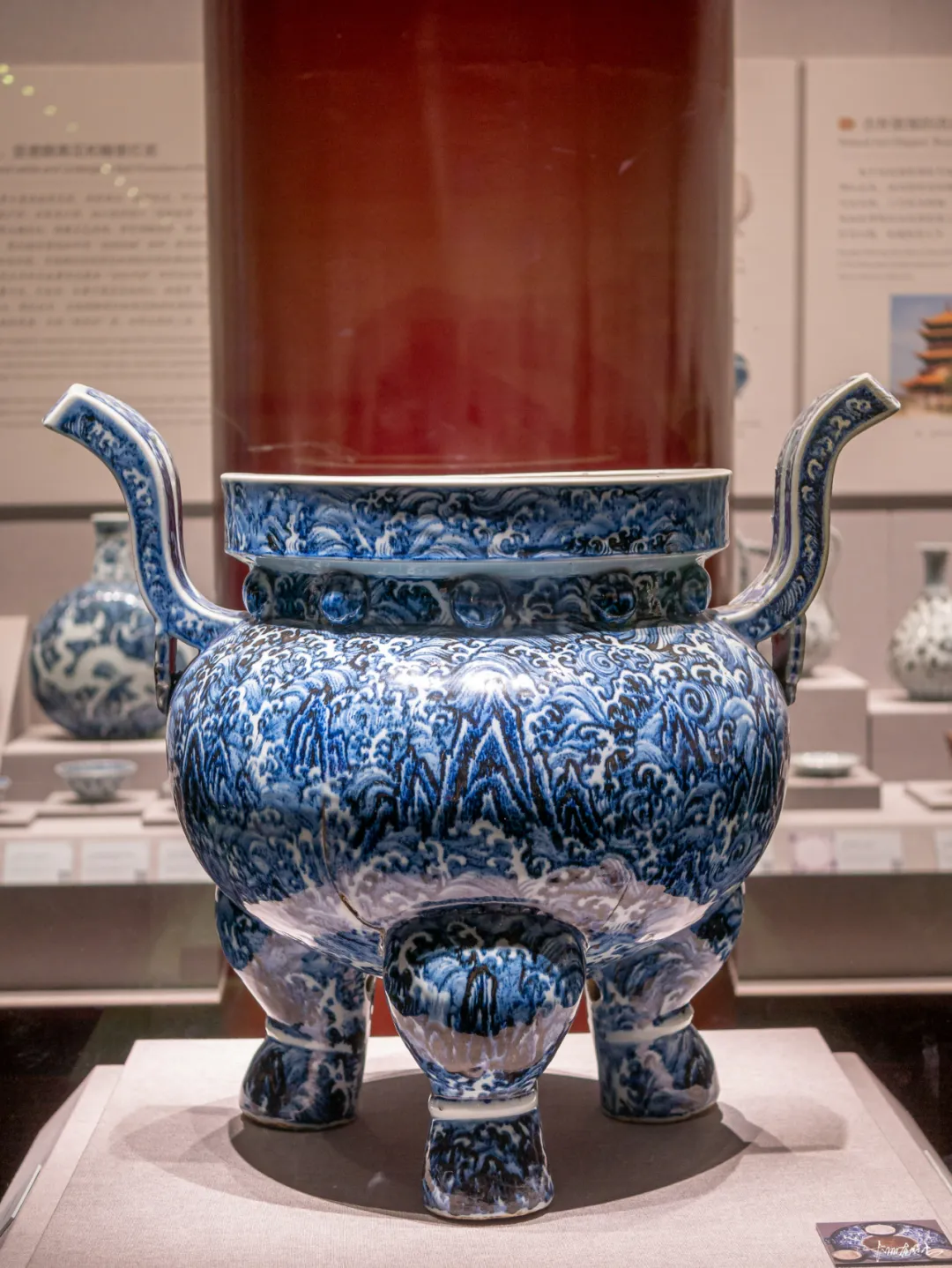
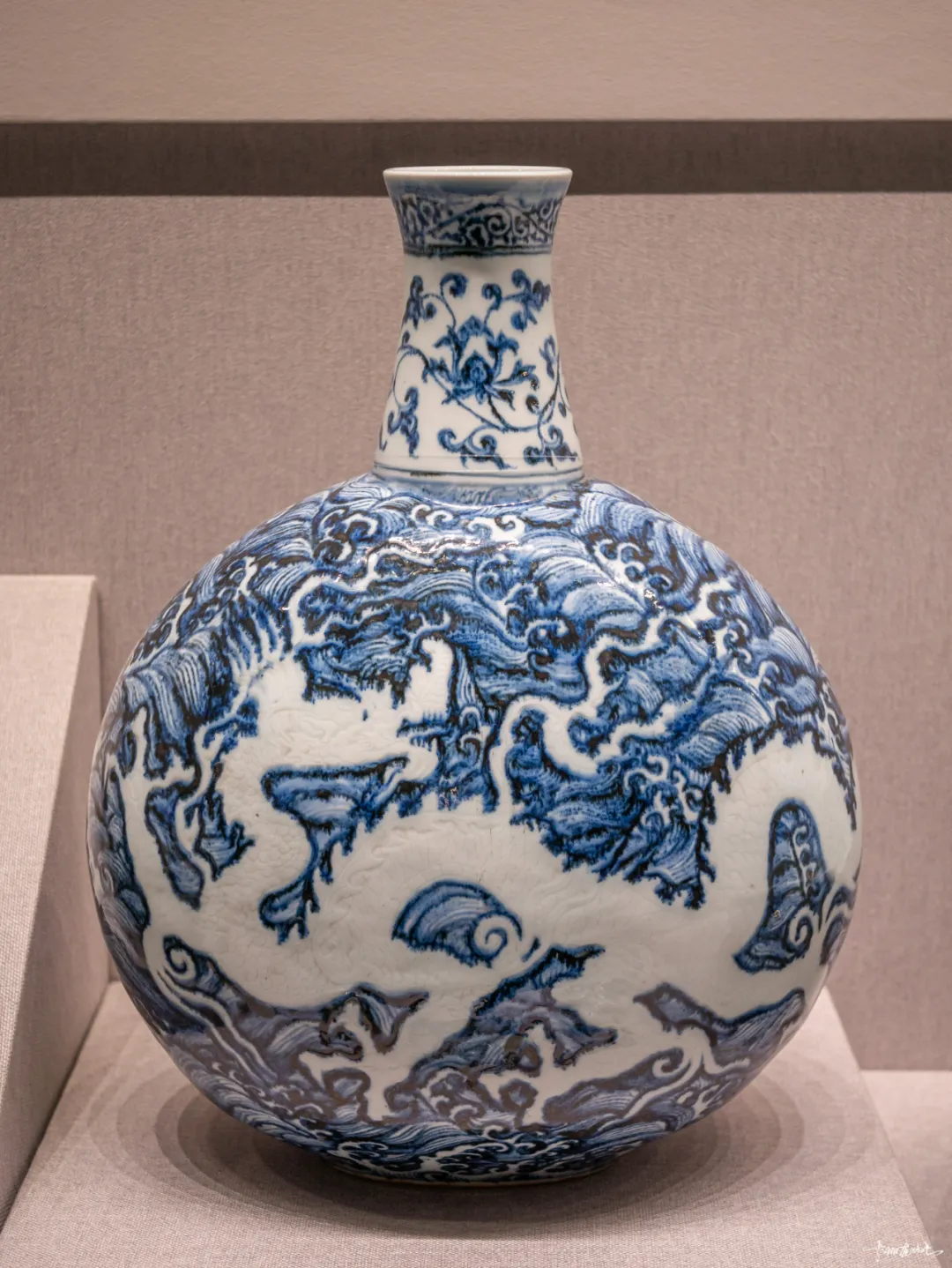
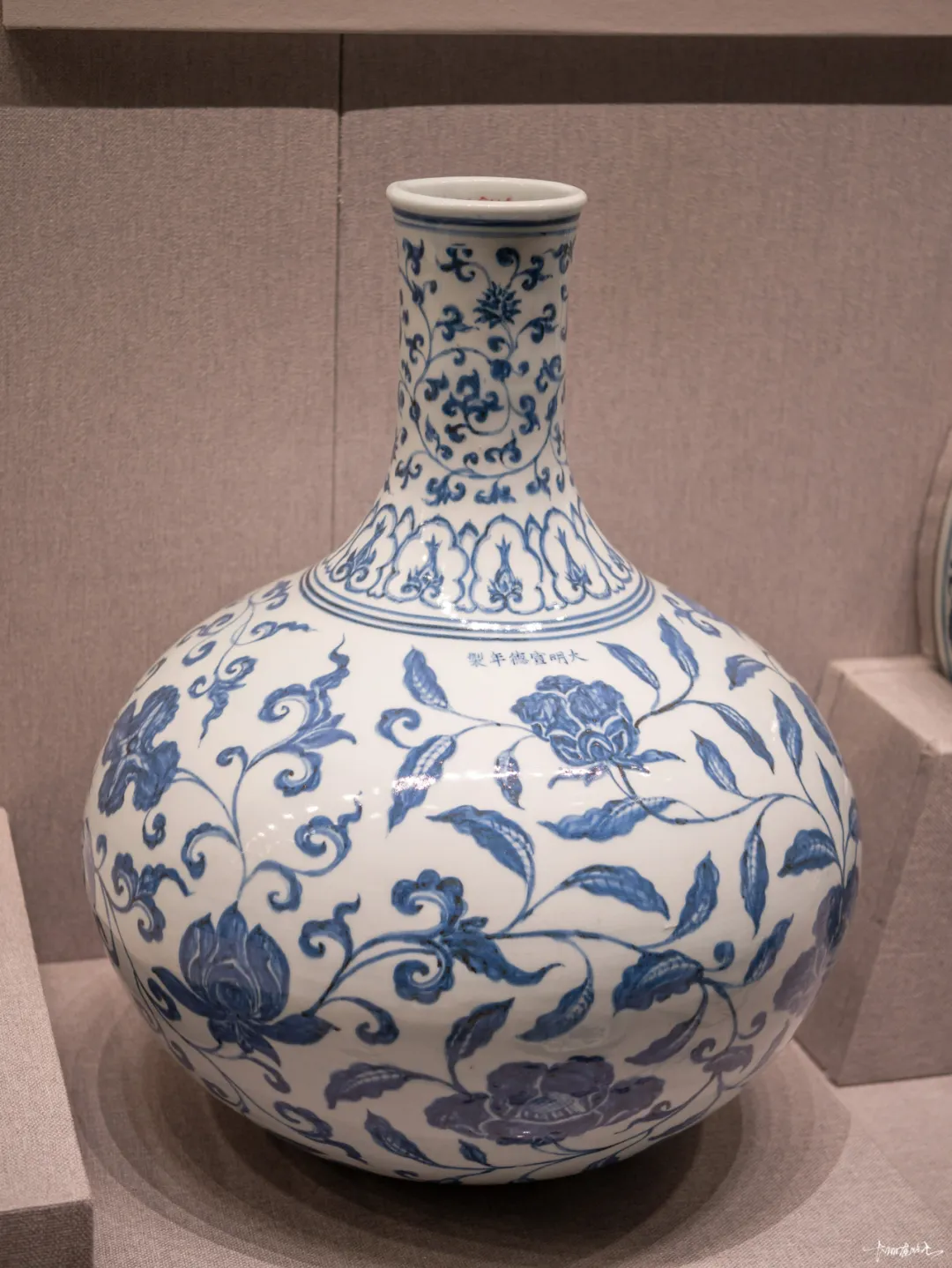
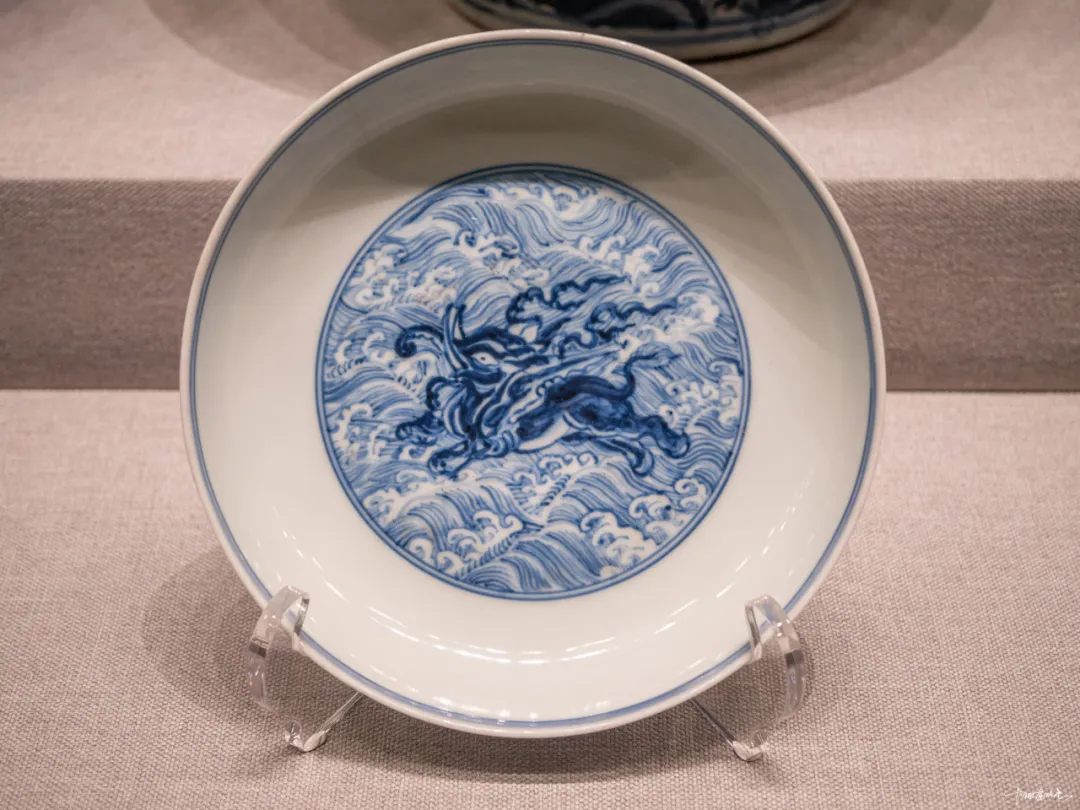

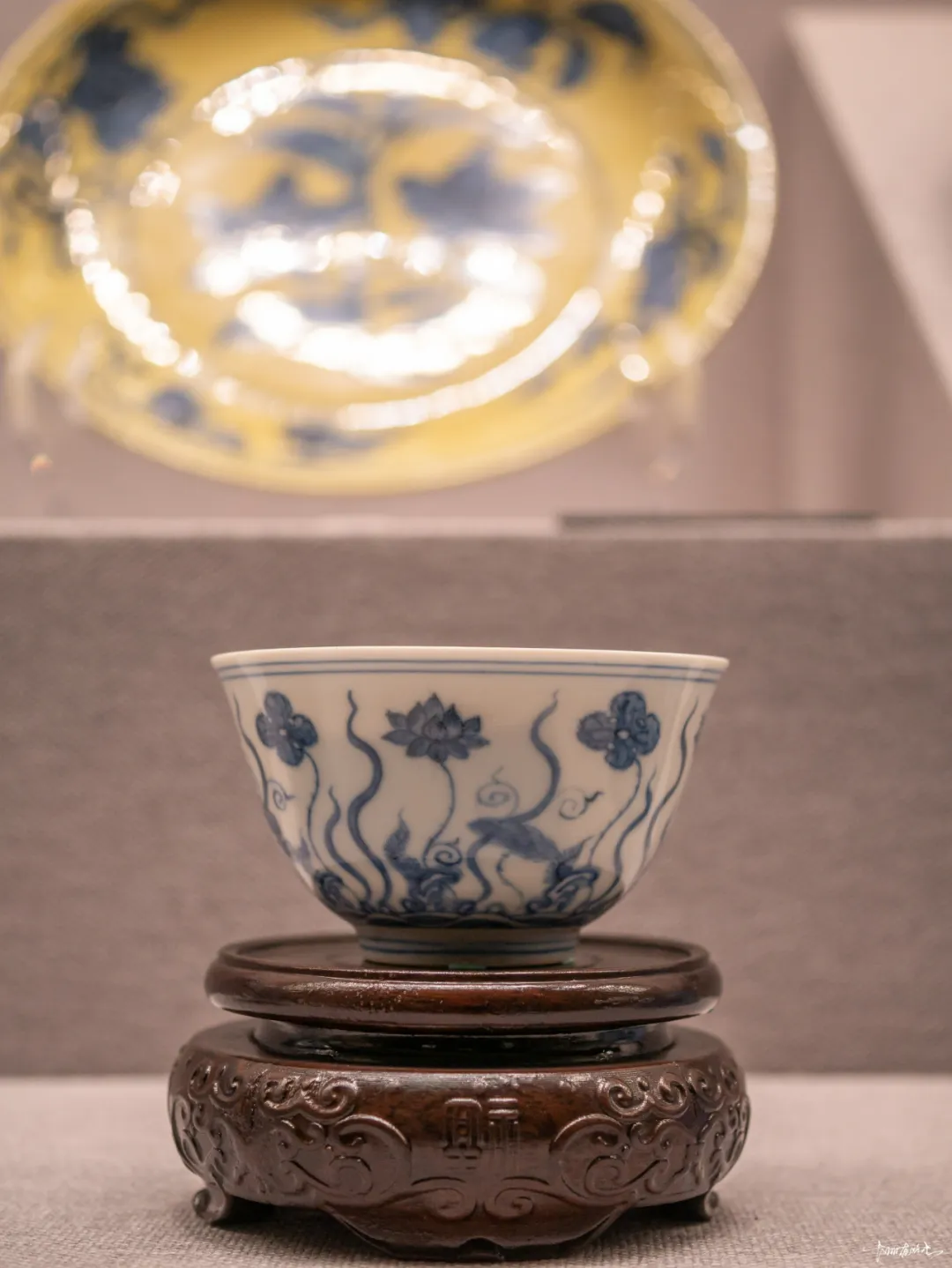

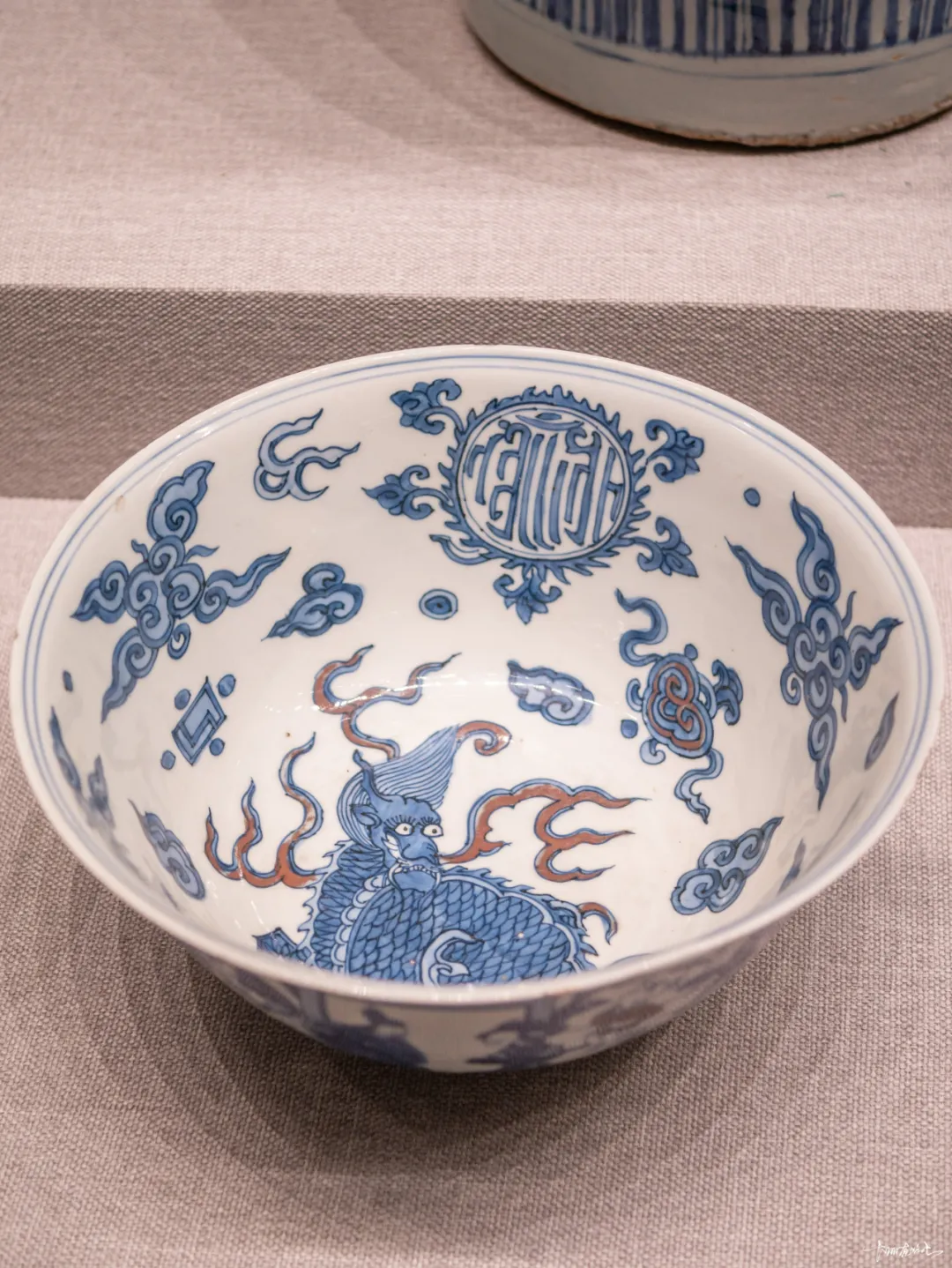

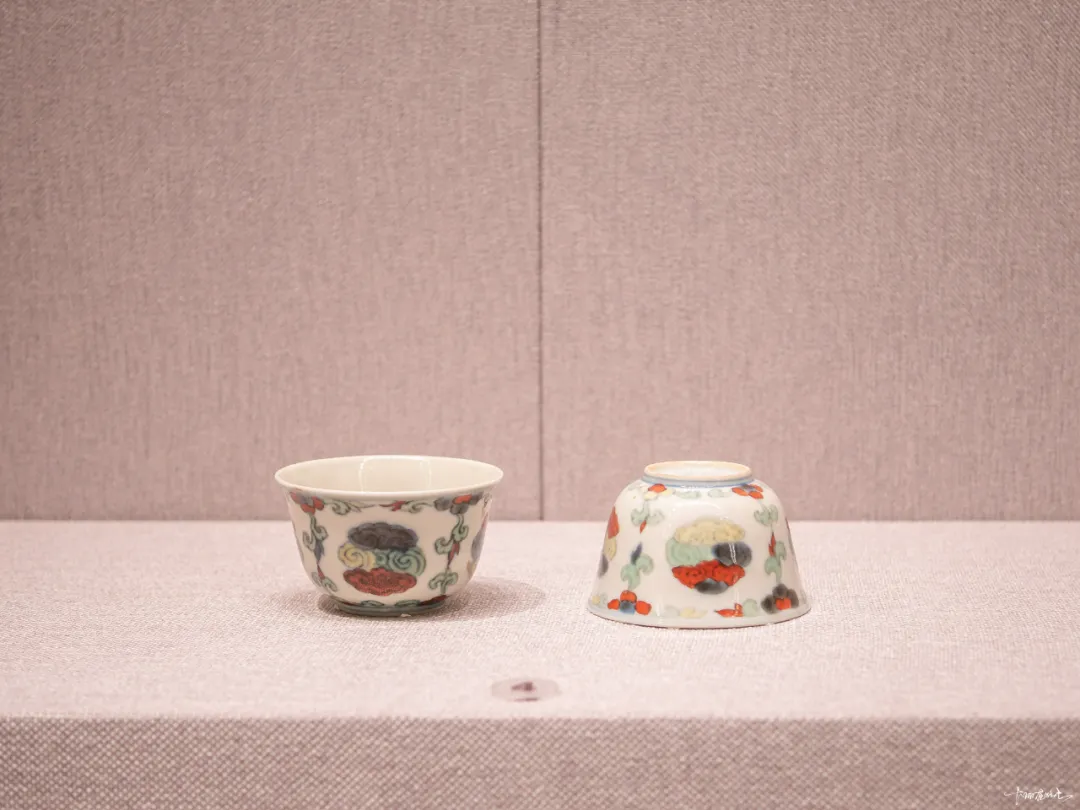
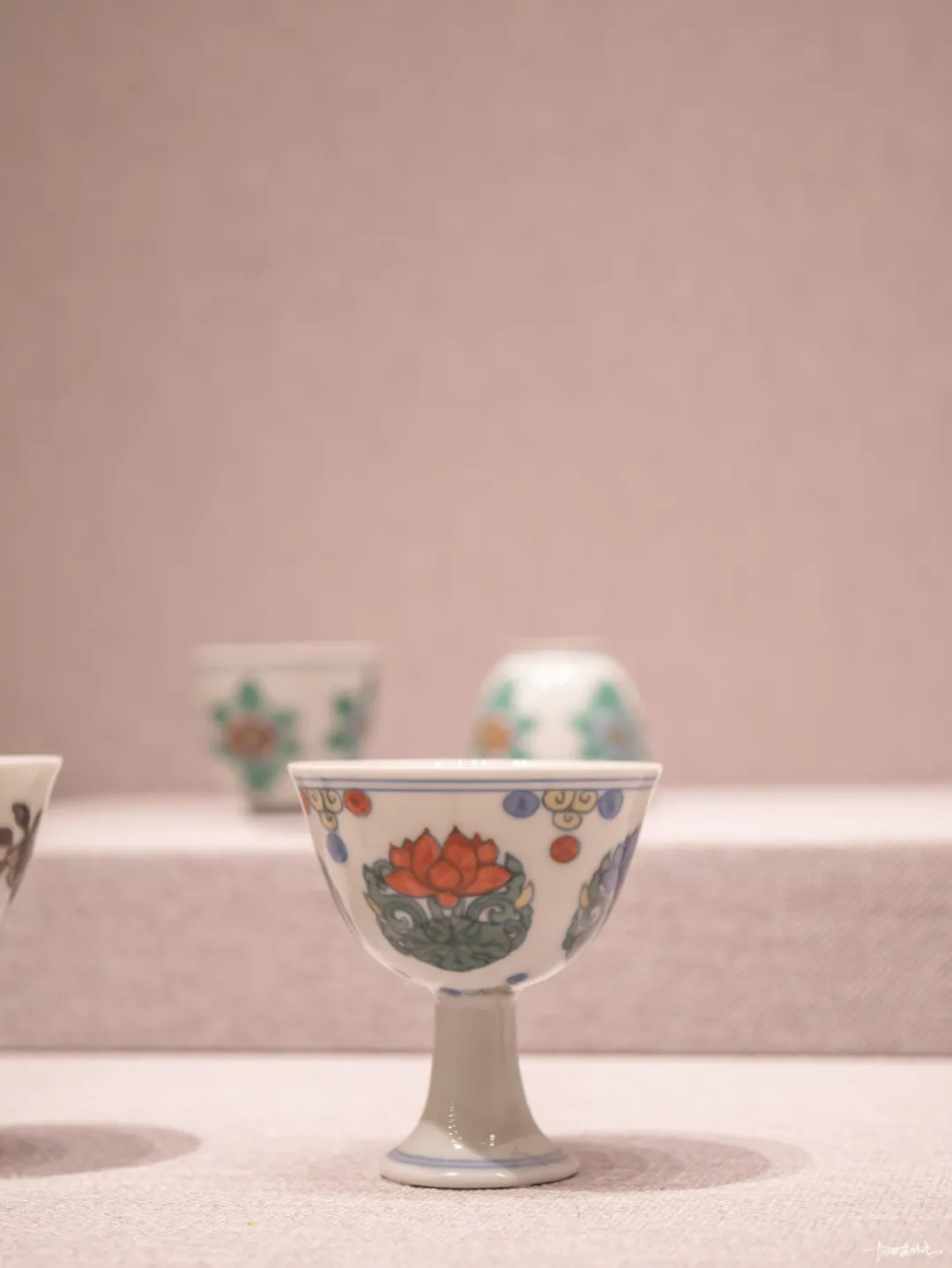
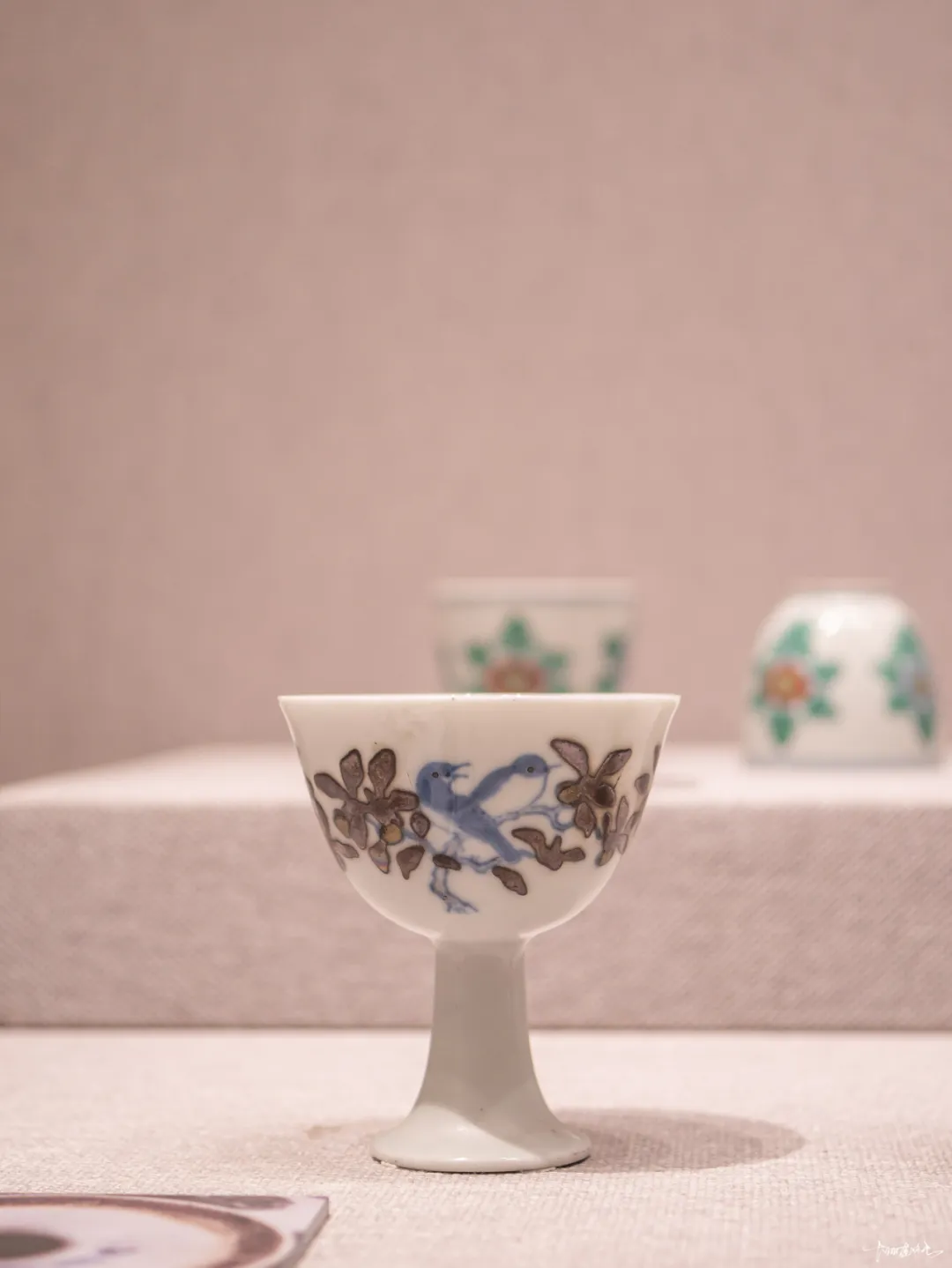
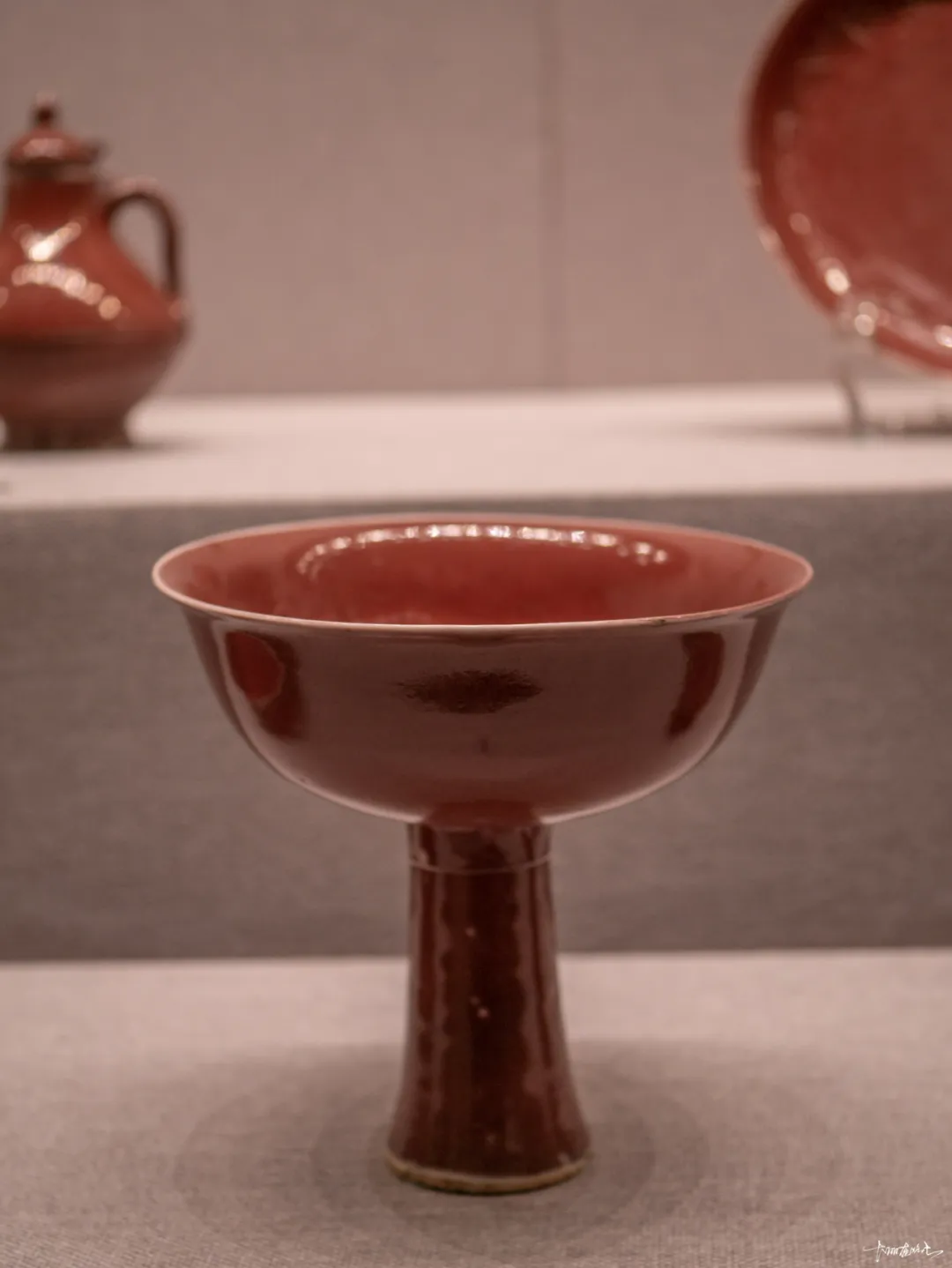
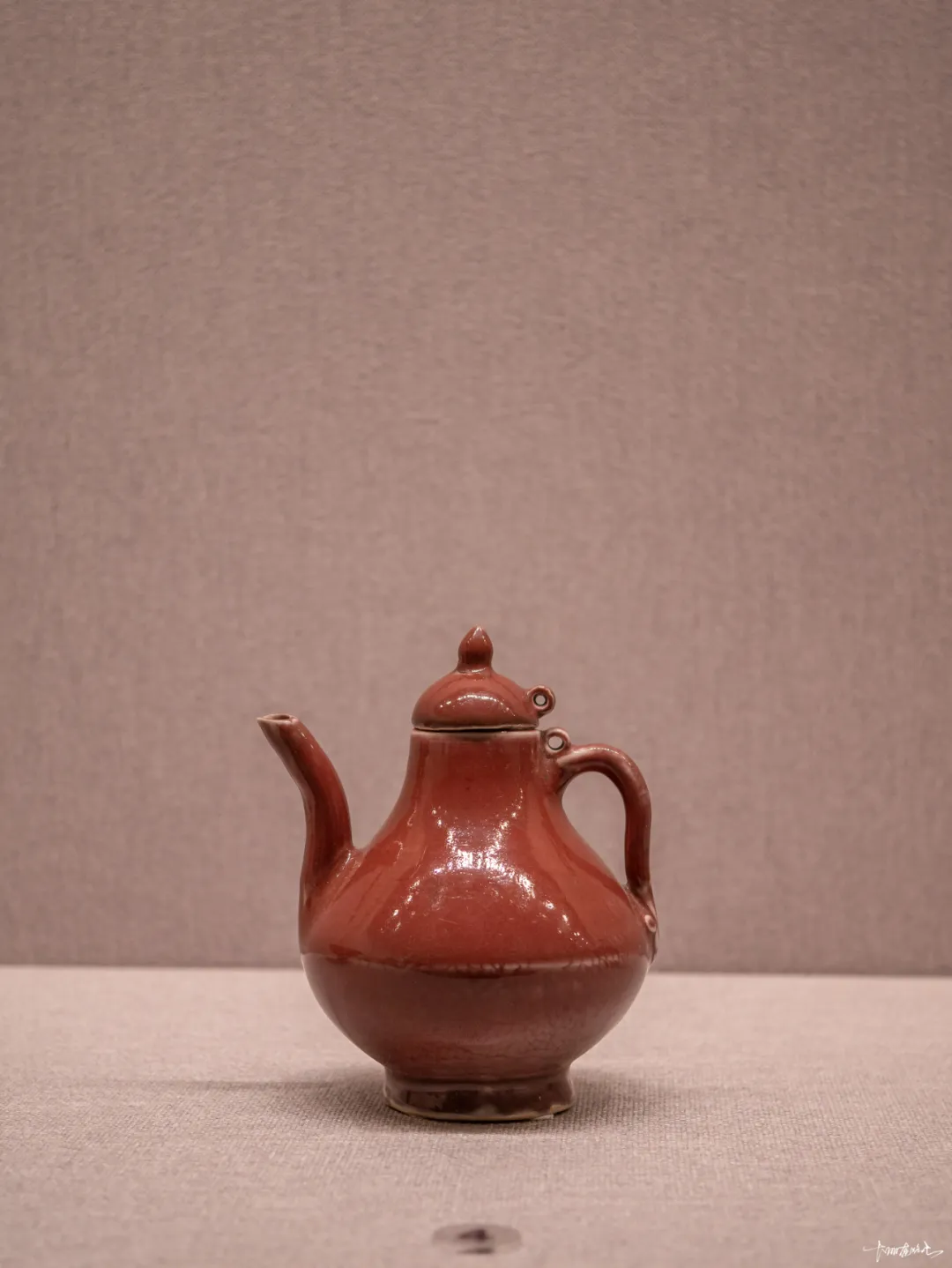
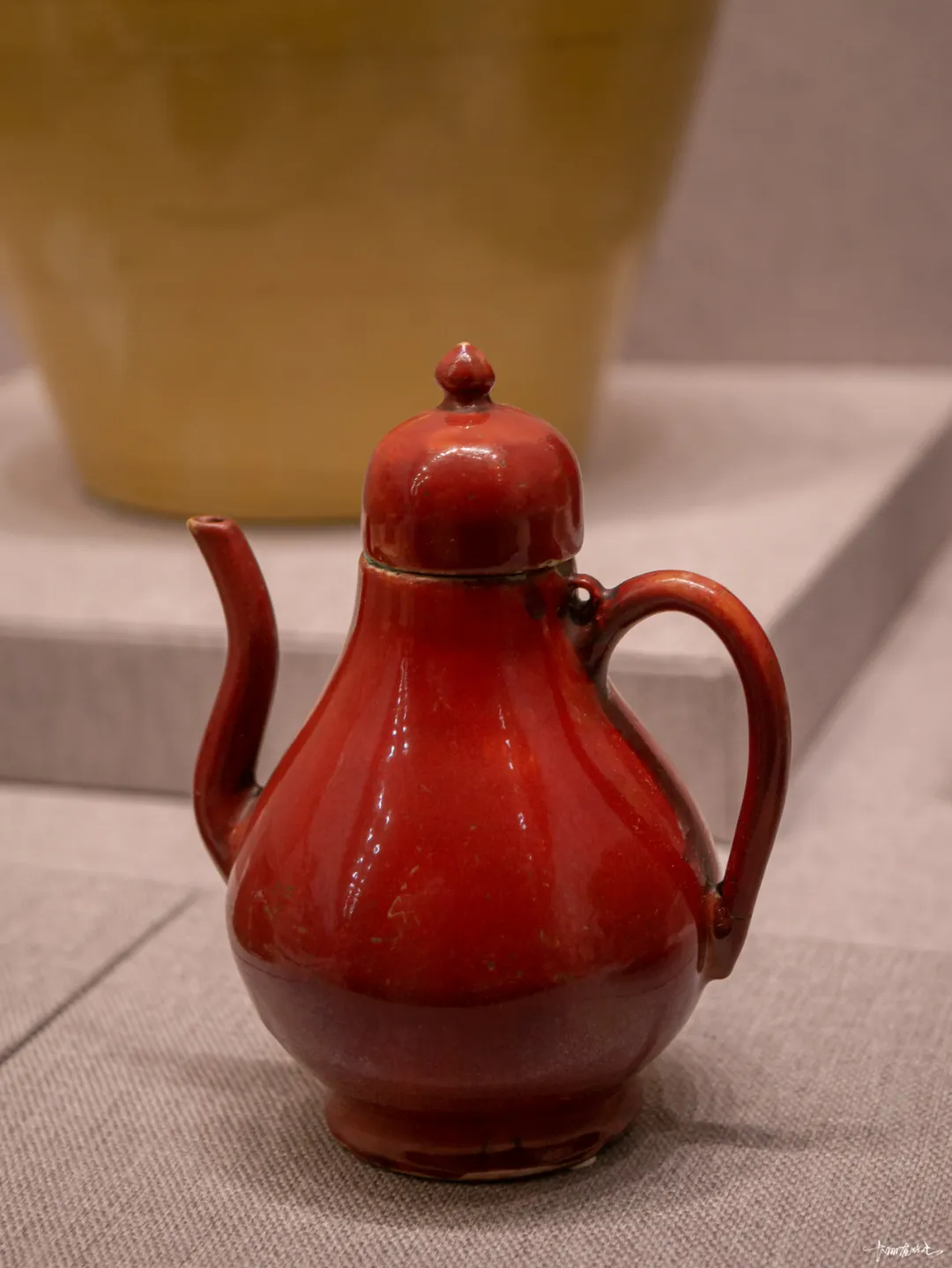


△此罐是明嘉靖官窑青花五彩瓷器中的名品,形体高大规整,胎体厚重,色彩艳丽,构图疏密有致。所绘鲤鱼鳞鳍清晰,与周围的莲花、浮萍、水草融合在一起,显得生动逼真。


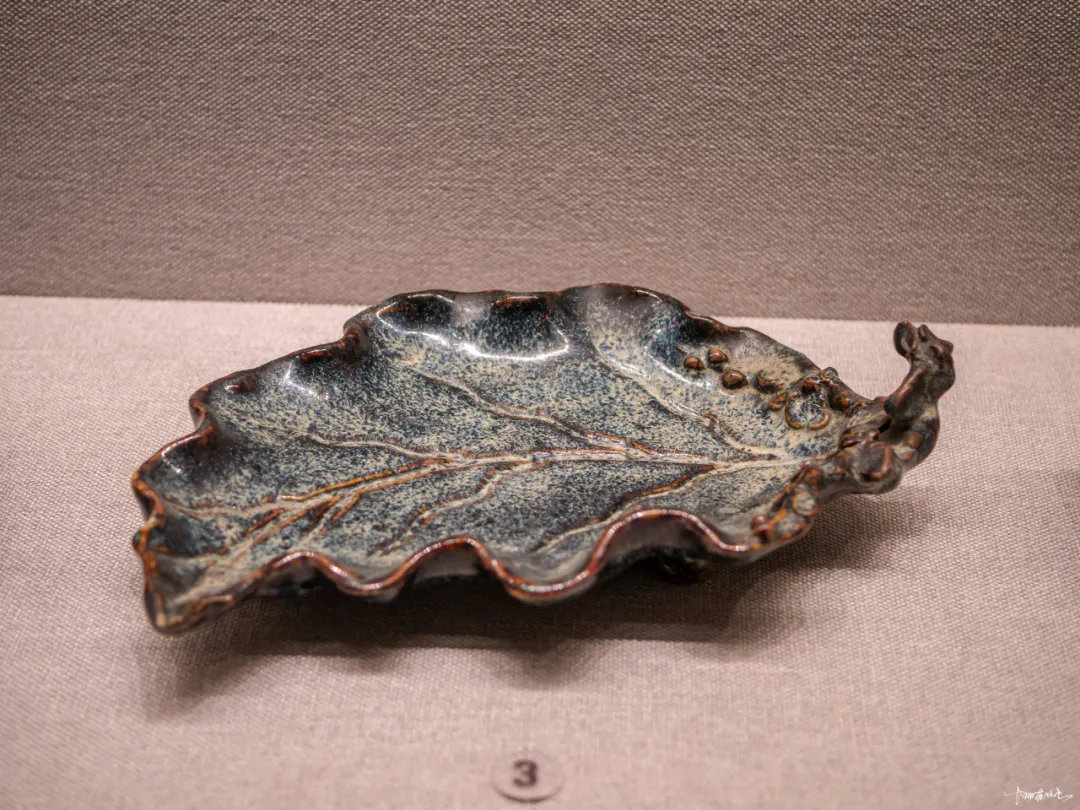
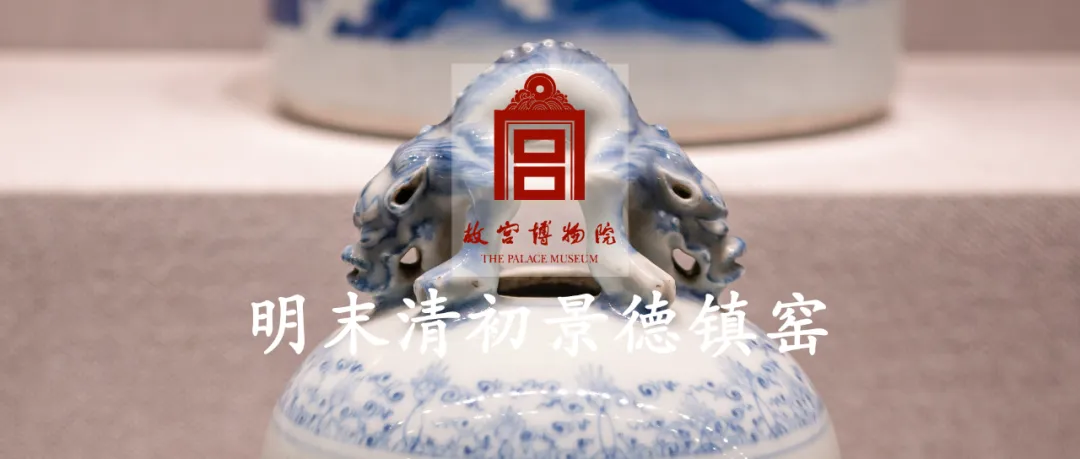
明末清初,随着农民起义愈演愈烈,明王朝最终走向灭亡,清朝入主中原坐稳江山,中国社会发生剧烈变革。从明代万历三十五年(1607年)到清代康熙二十年(1681年)的70多年时间里,作为全国制瓷中心的景德镇,其瓷器制造业也经历了一次重大转变。主要表现是,万历三十五年以前的制瓷业是以御窑占统治地位,此后,御窑生产急剧衰落,民营瓷业则因国内和亚欧市场需求的刺激而渐趋兴盛,跃居主导地位。人们习惯于将景德镇制瓷业在17世纪发生变化的这一时期称作“转变期”或“转型期”。
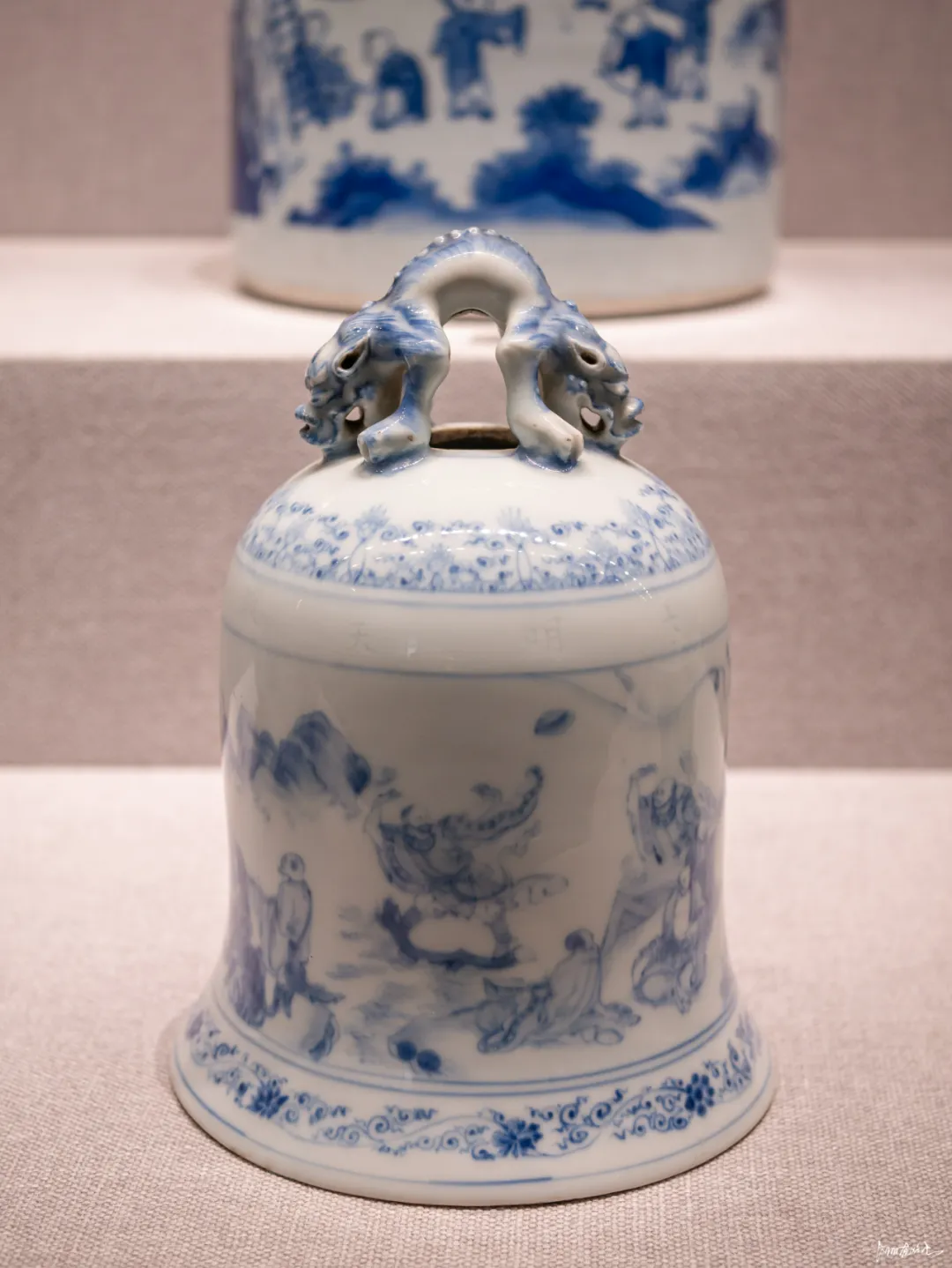
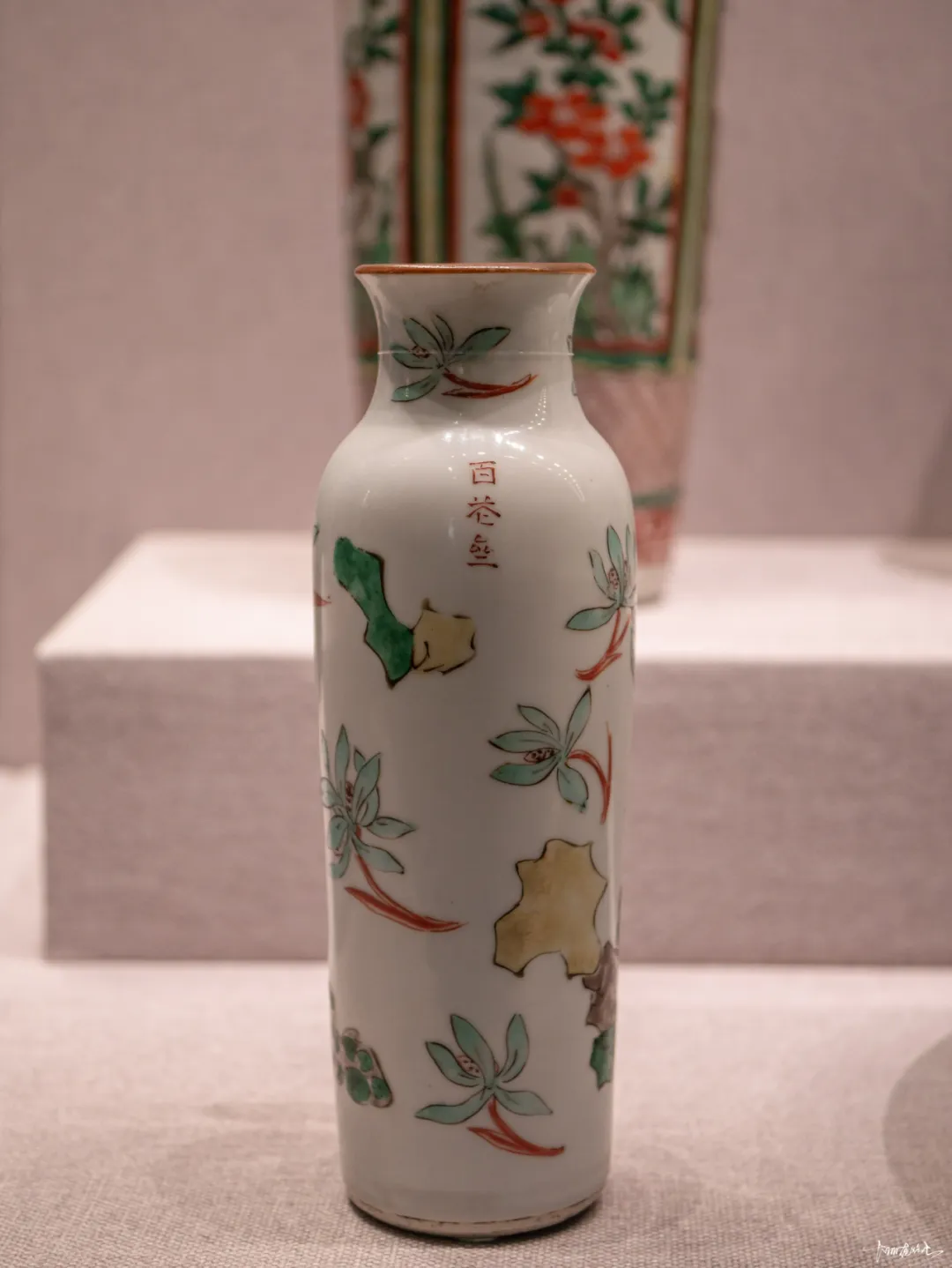

清代景德镇窑仍有御窑和民窑之分。清代统治者革除了明代在手工业方面的一些弊病,废除明代御器厂实行的编役制,将明代晚期出现的“官搭民烧”作为定制,刺激了官民竞争,促进了民营瓷业进一步发展。
据文献记载,清代景德镇御窑更名“御窑厂”。随着康熙、雍正、乾隆三朝盛世的到来,景德镇陶瓷烧造也达到鼎盛。由于这三朝皇帝均对瓷器烧造表现出浓厚兴趣,加之督陶官苦心勠力经营,遂使景德镇御窑在仿古的基础上,又创烧出大量新品种。雍正十三年(1735年)唐英《陶成纪事》罗列当时仿古和创新的瓷器多达57个品种。德化窑、石湾窑和宜兴窑等地方窑场也沿袭明代风格,继续烧造传统品种的陶瓷。
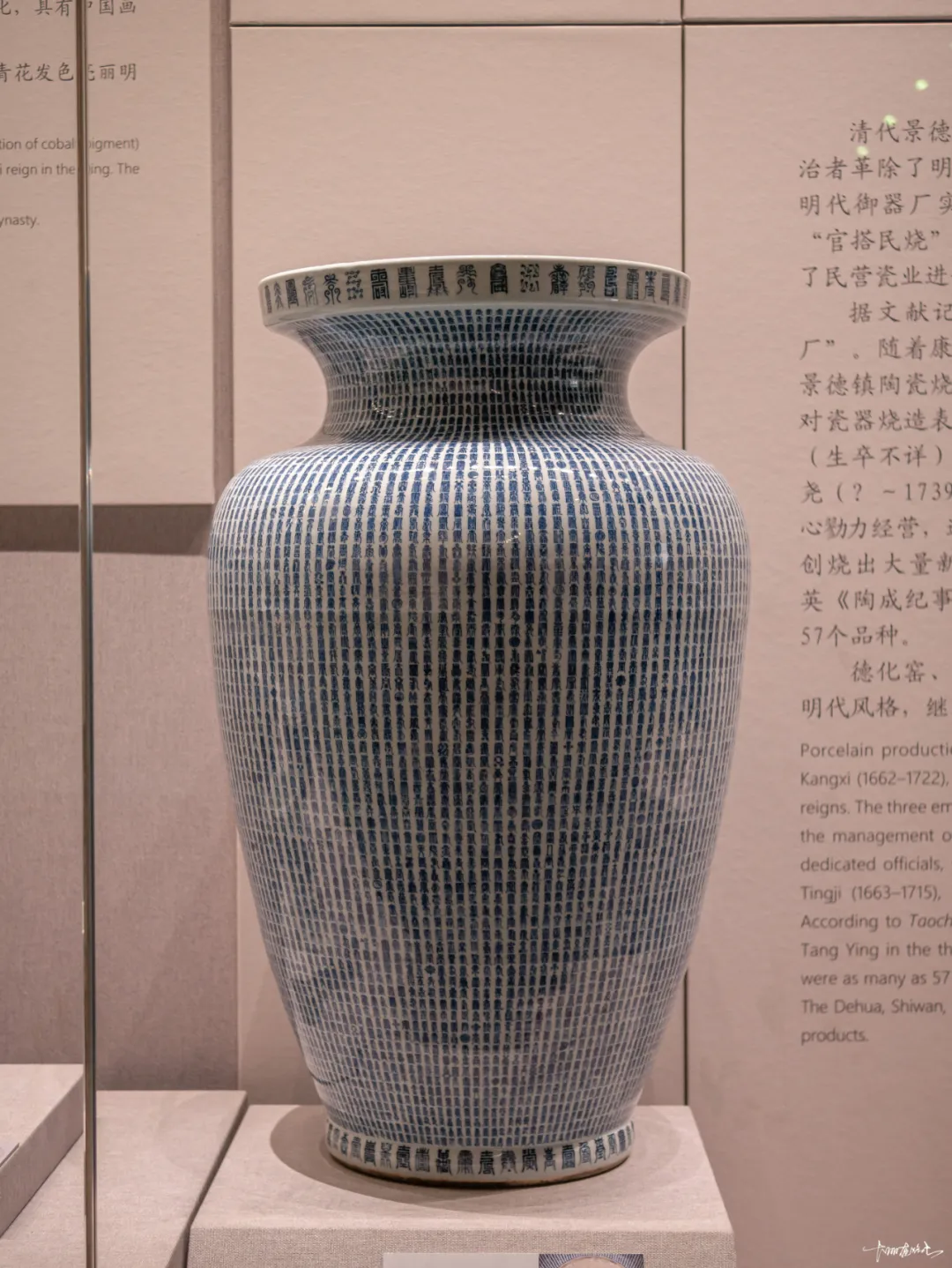
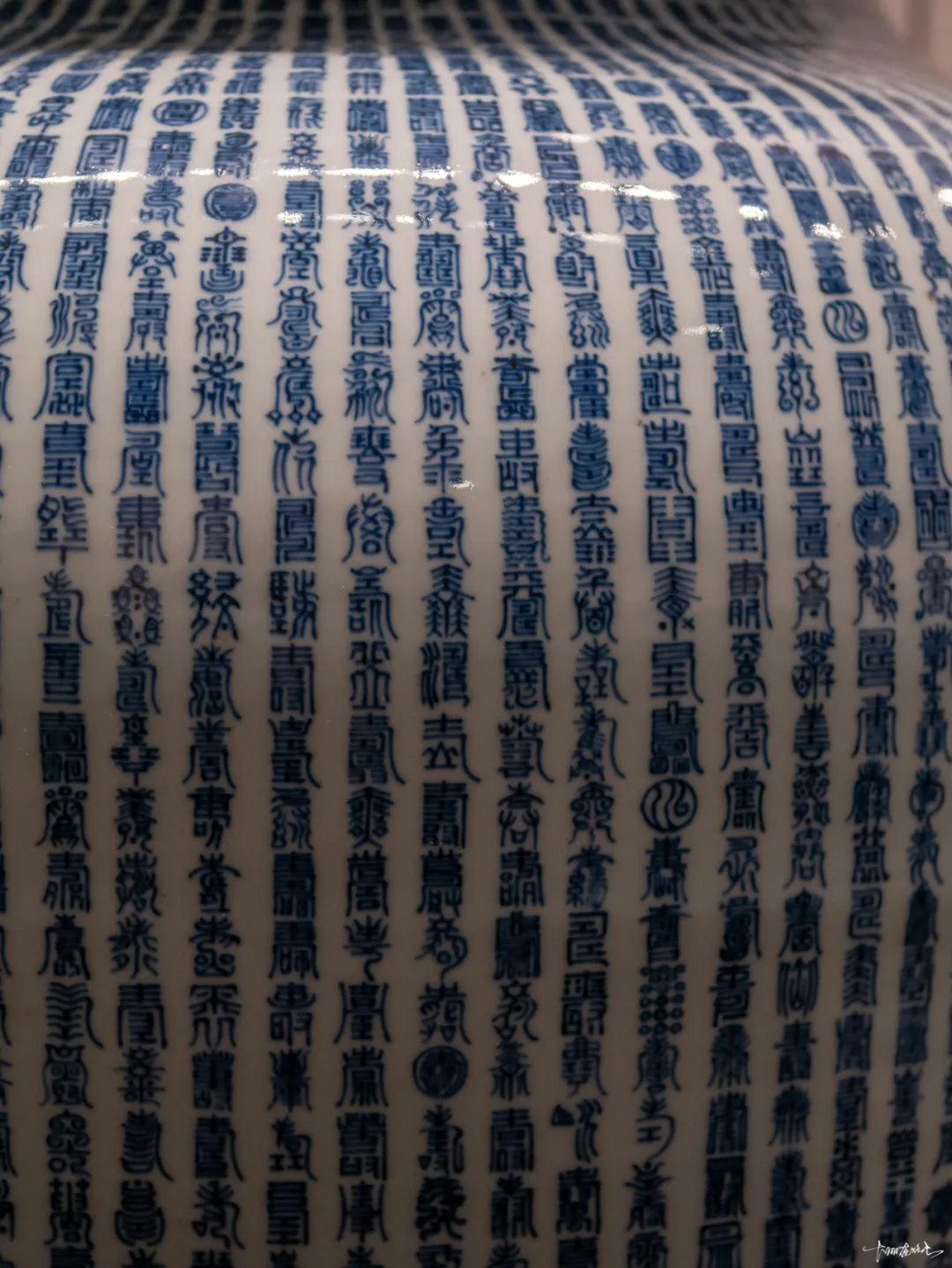

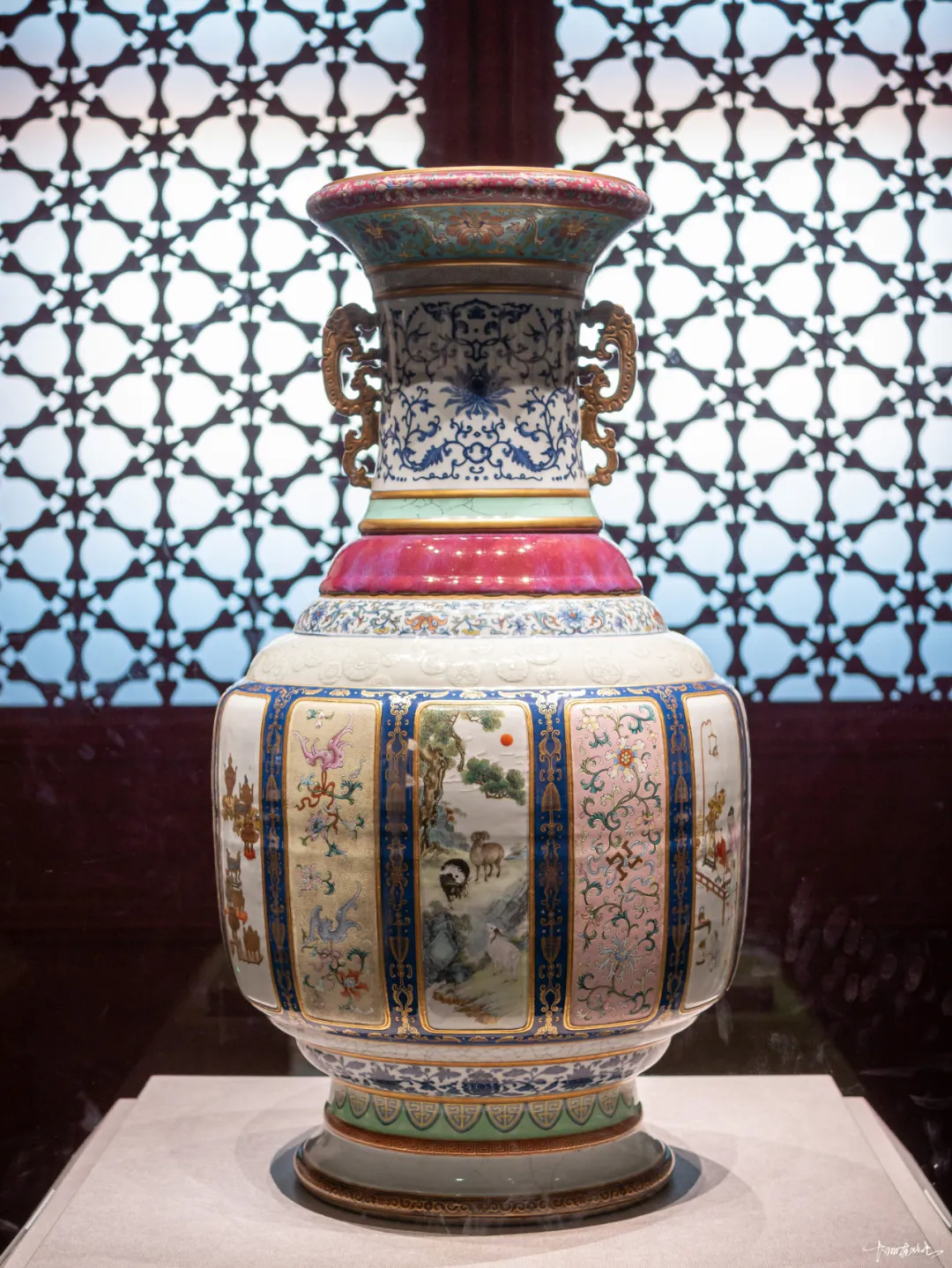
从烧造工艺上看,青花与仿官釉、仿汝釉、仿哥釉、窑变釉、粉青釉、霁蓝釉等均属高温釉、彩,需先焙烧。而粉彩、珐琅彩、金彩及松石绿釉等均属低温釉彩,需后焙烧。如此复杂的工艺只有在全面掌握各种釉、彩性能的情况下才能顺利完成。
清代乾隆时期历时六十年,是封建社会发展的太平盛世。此时,由于乾隆皇帝嗜古成癖,对瓷器情有所钟,再加之督陶官唐英对景德镇御窑厂的苦心经营,一大批身怀绝技的名工巧匠汇集于景德镇,致使御窑厂的瓷器生产无论在数量还是质量上都达到前所未有的境界。特别是各种新奇淫巧的制品层出不穷,其工艺技术之高可谓鬼斧神工。这件各种釉彩大瓶,集各种高温、低温釉、彩于一身,素有“瓷母”之美称,集中体现了当时高超的制瓷技艺,传世仅此一件,弥足珍贵。
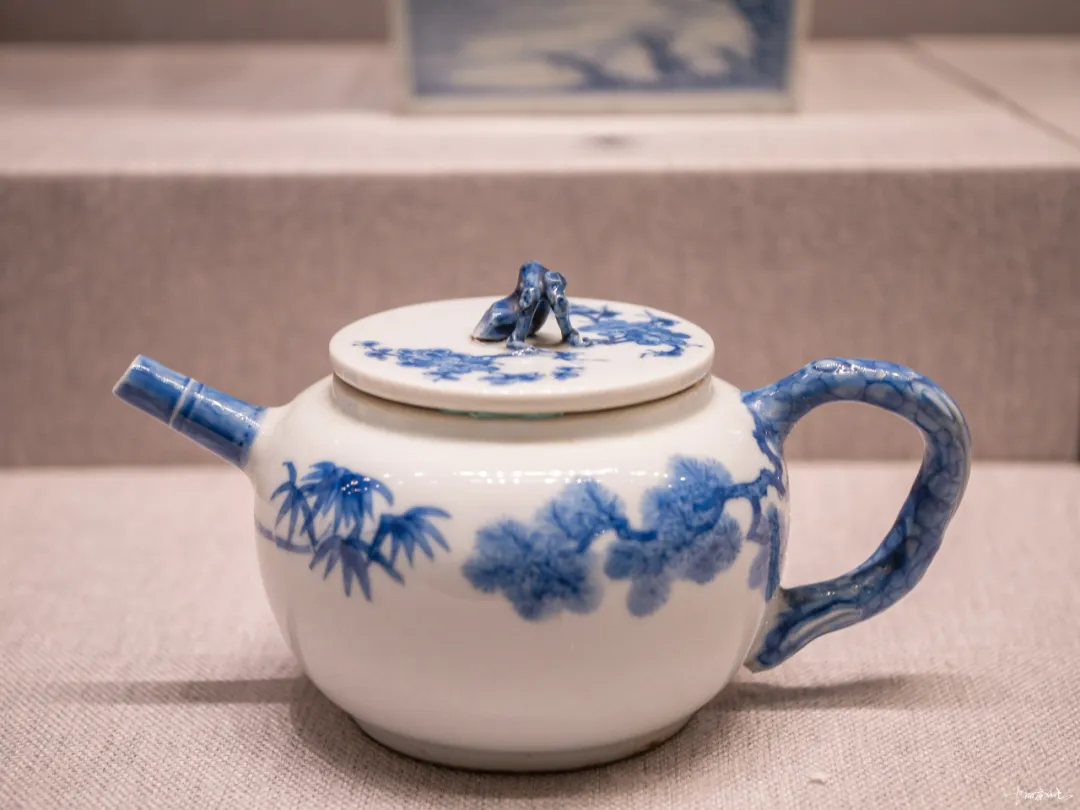
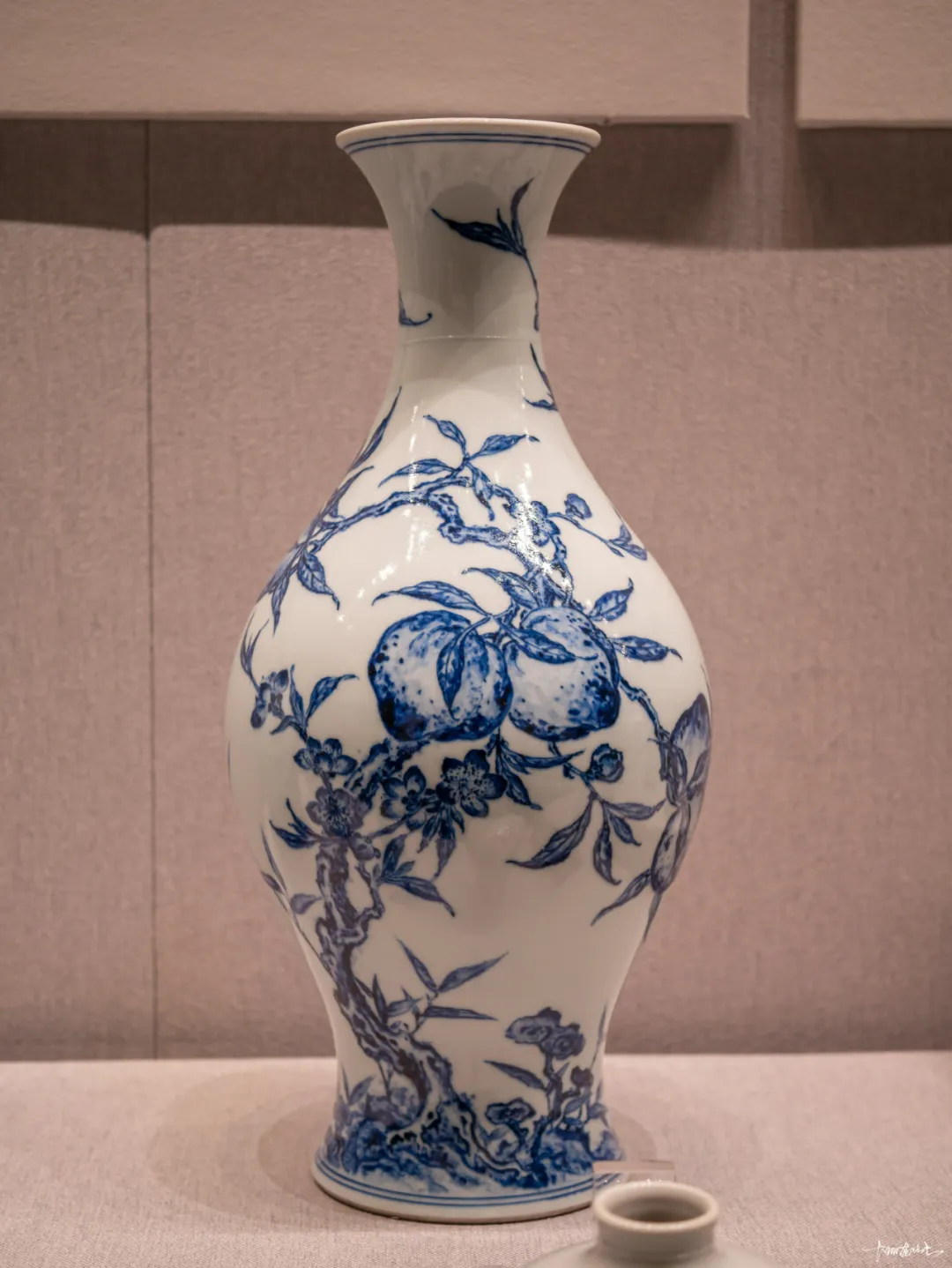
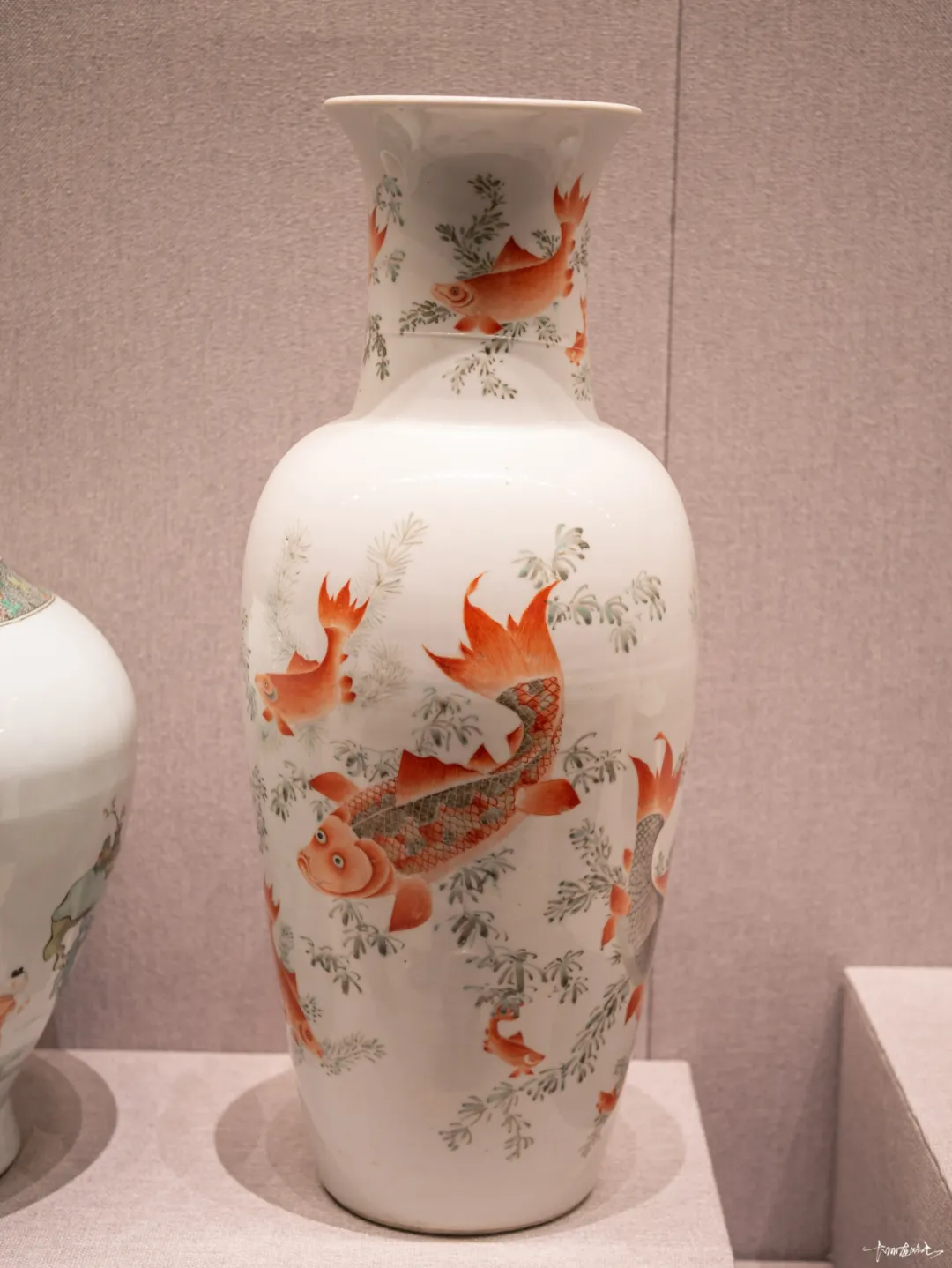
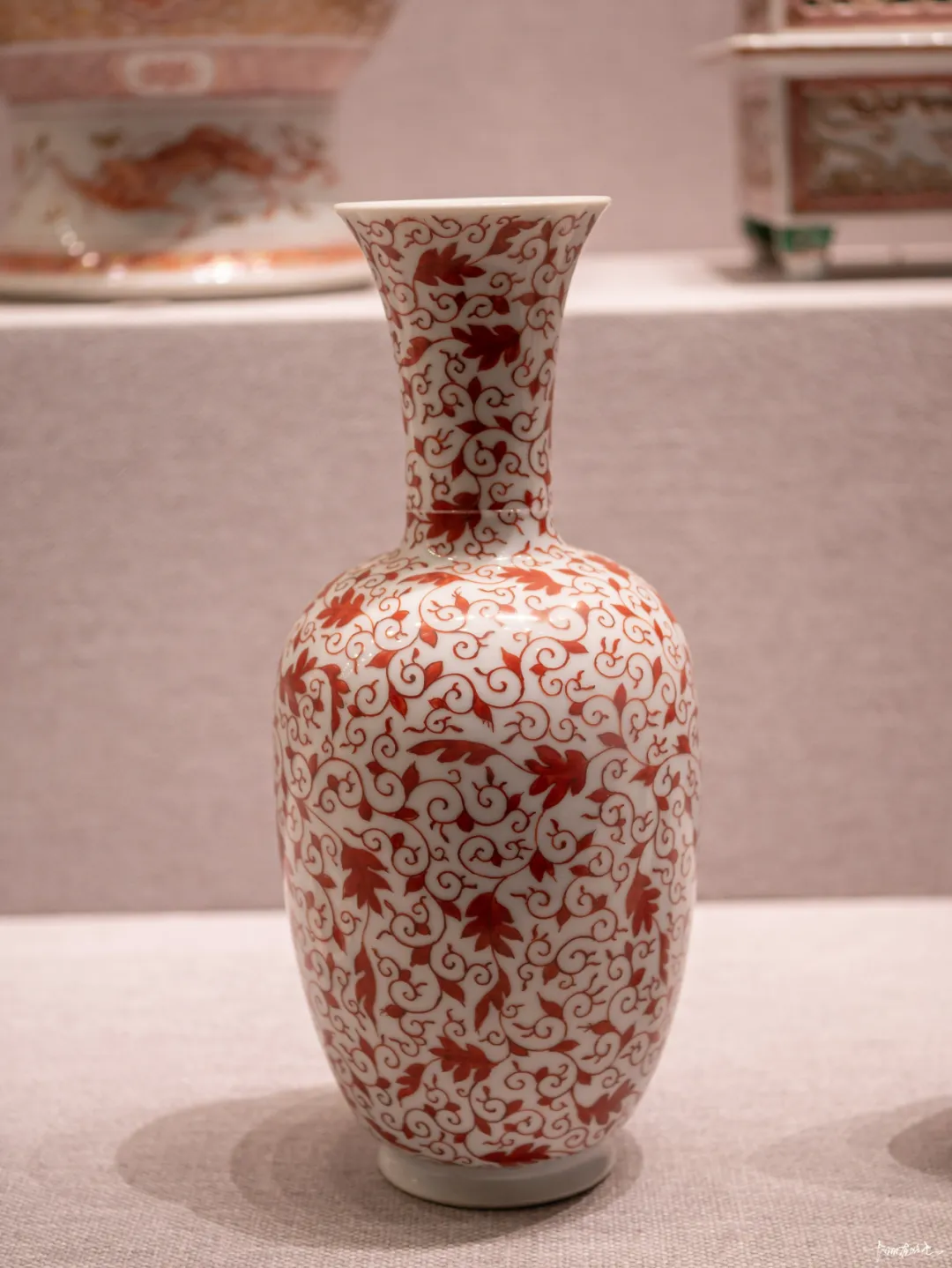
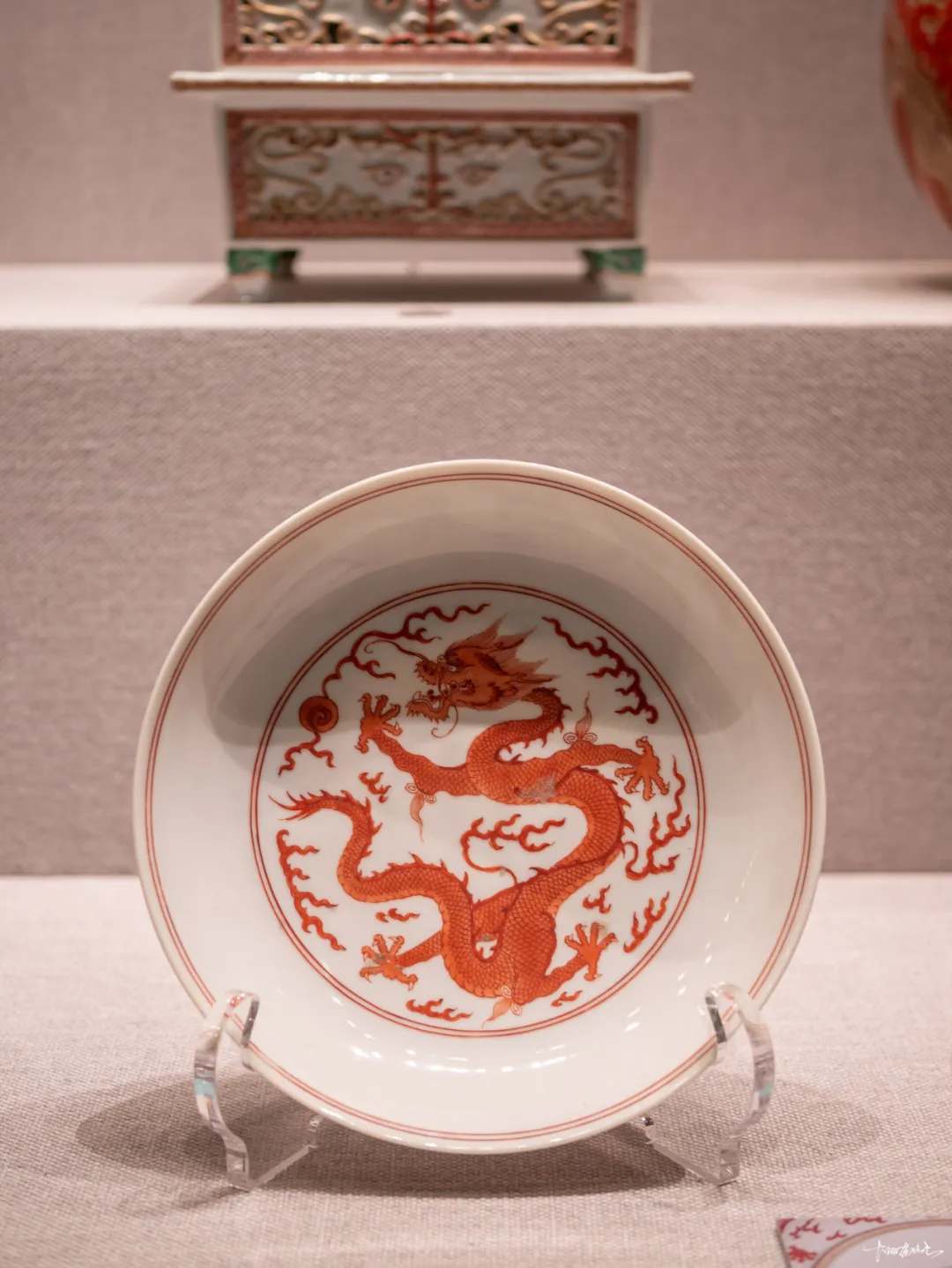
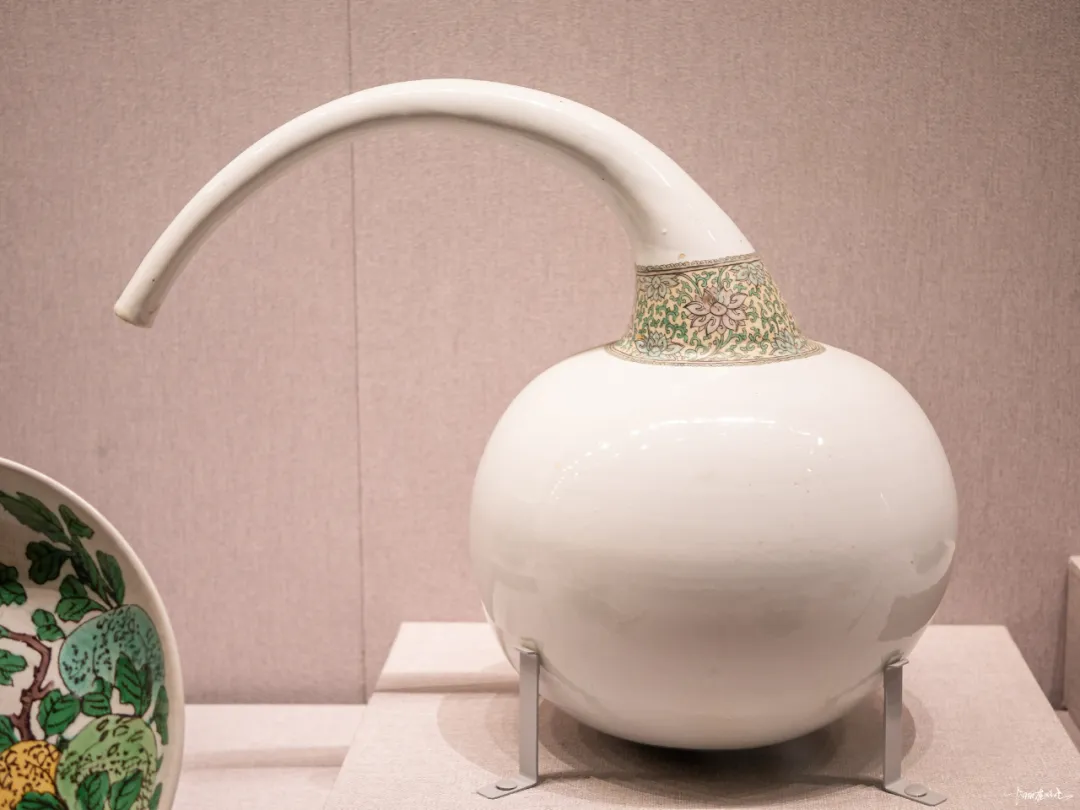

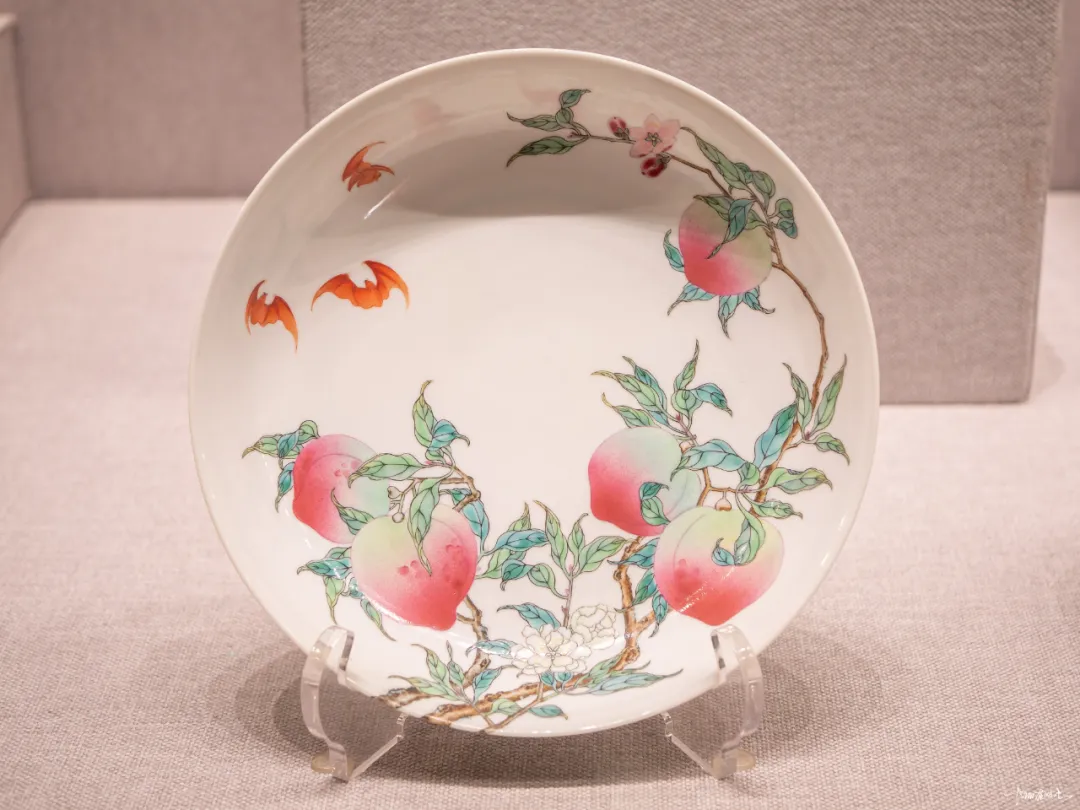
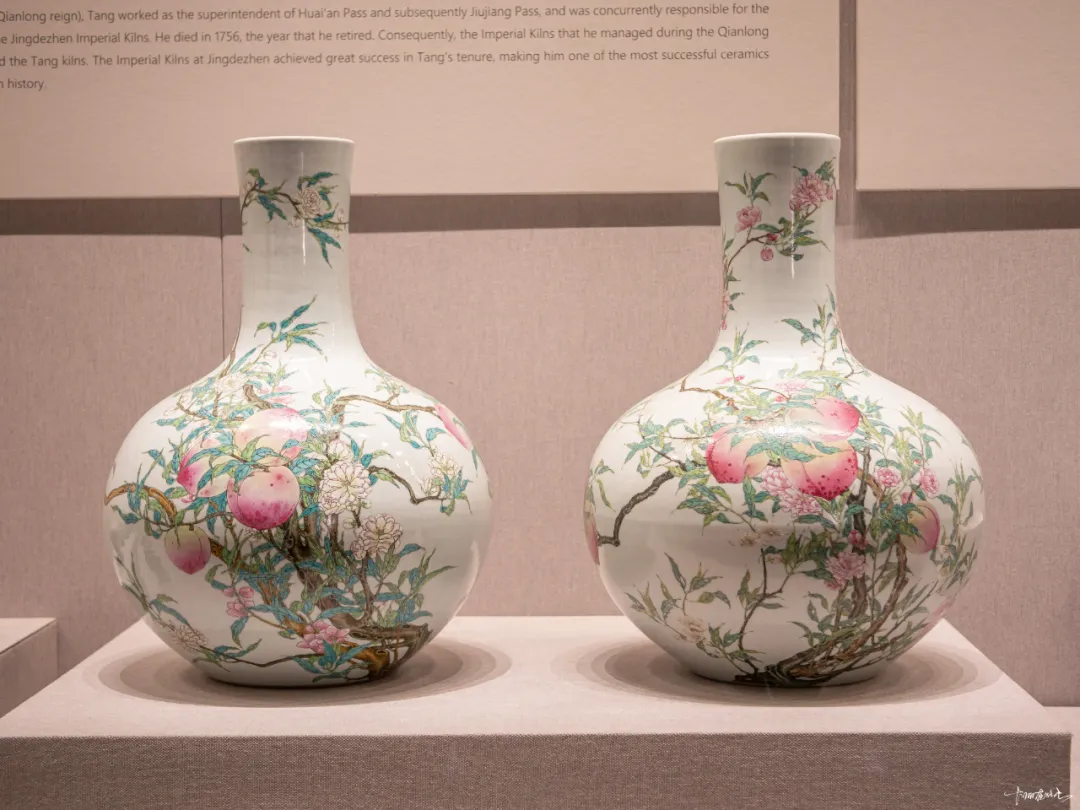

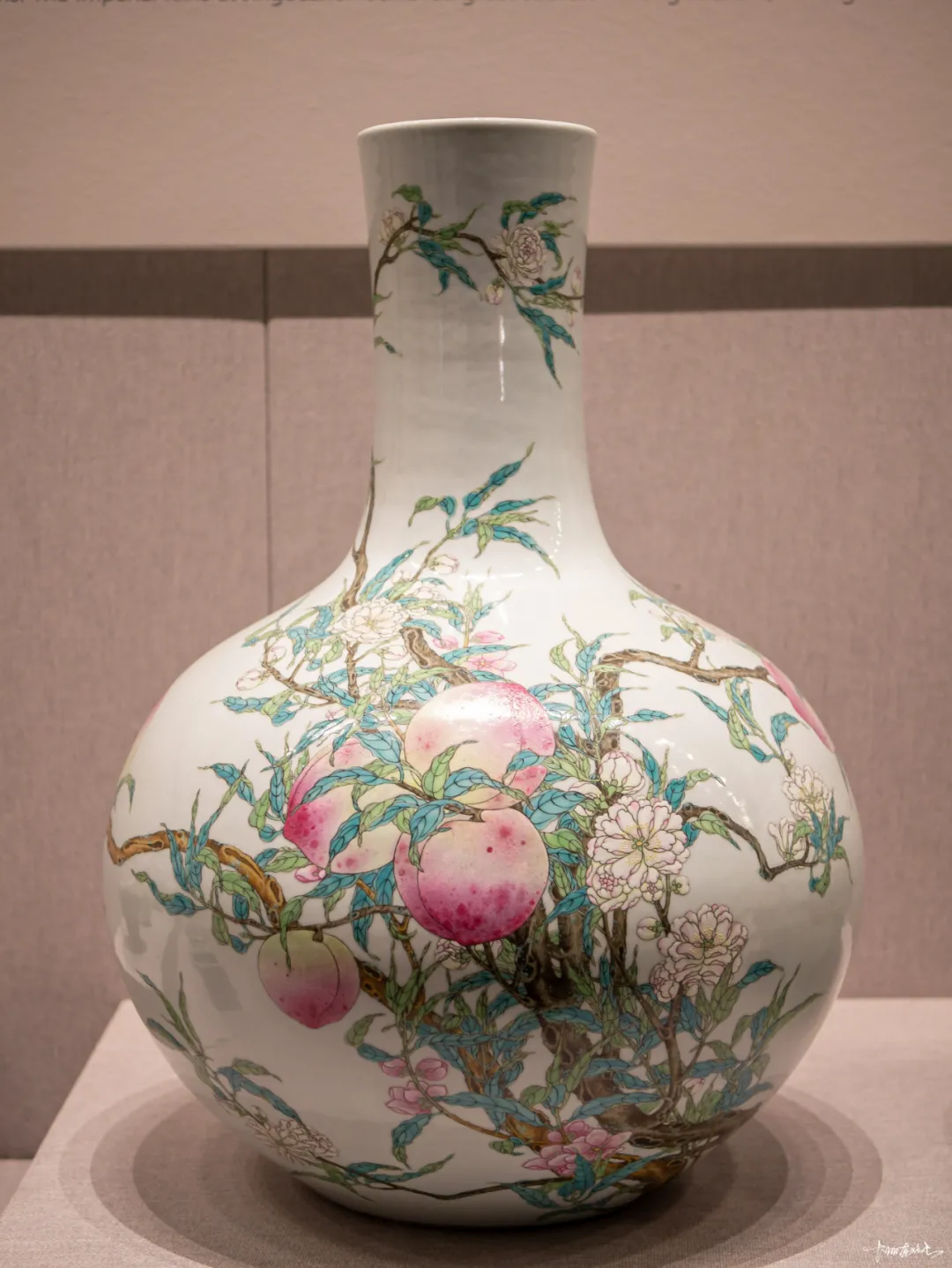
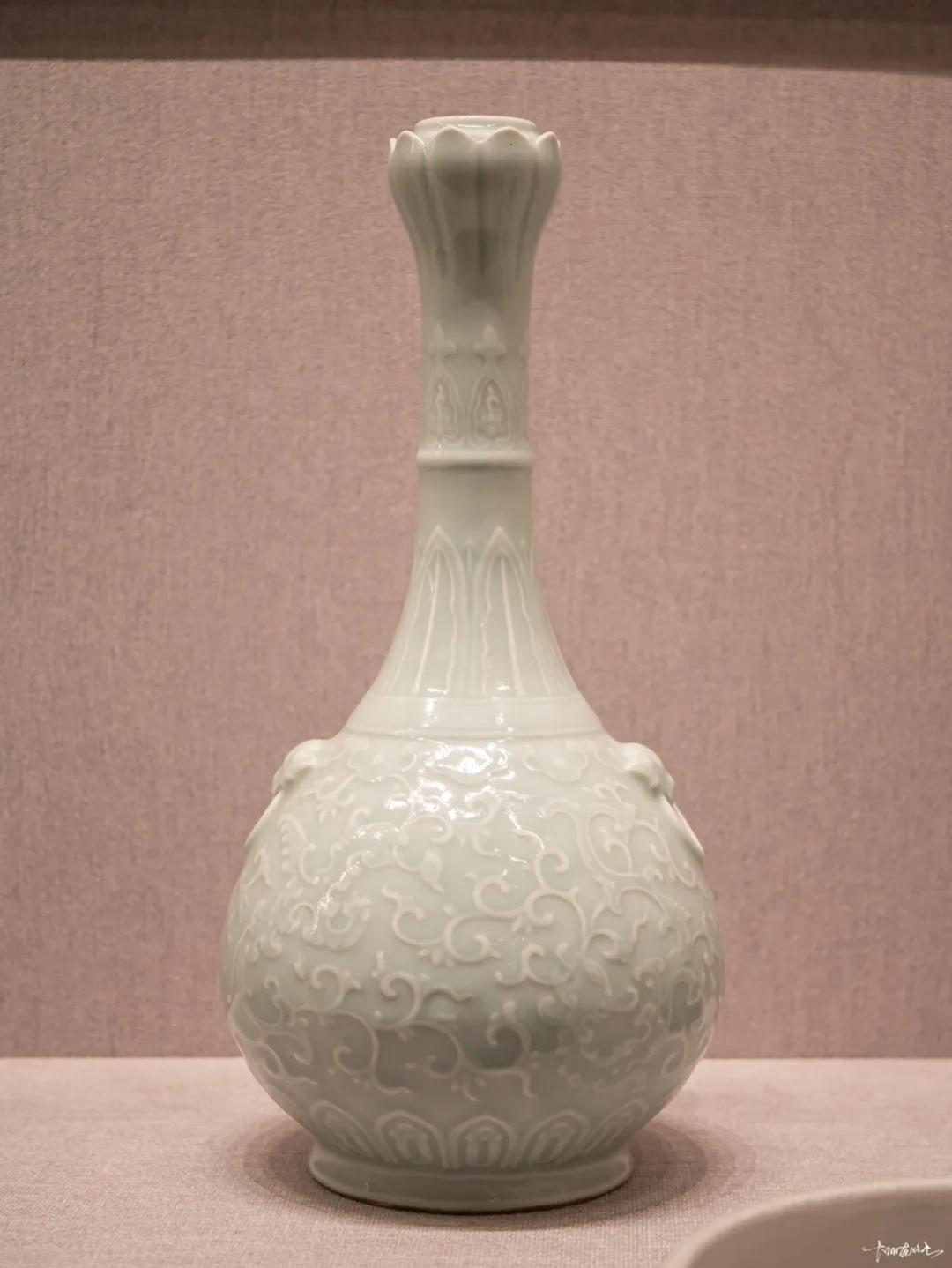
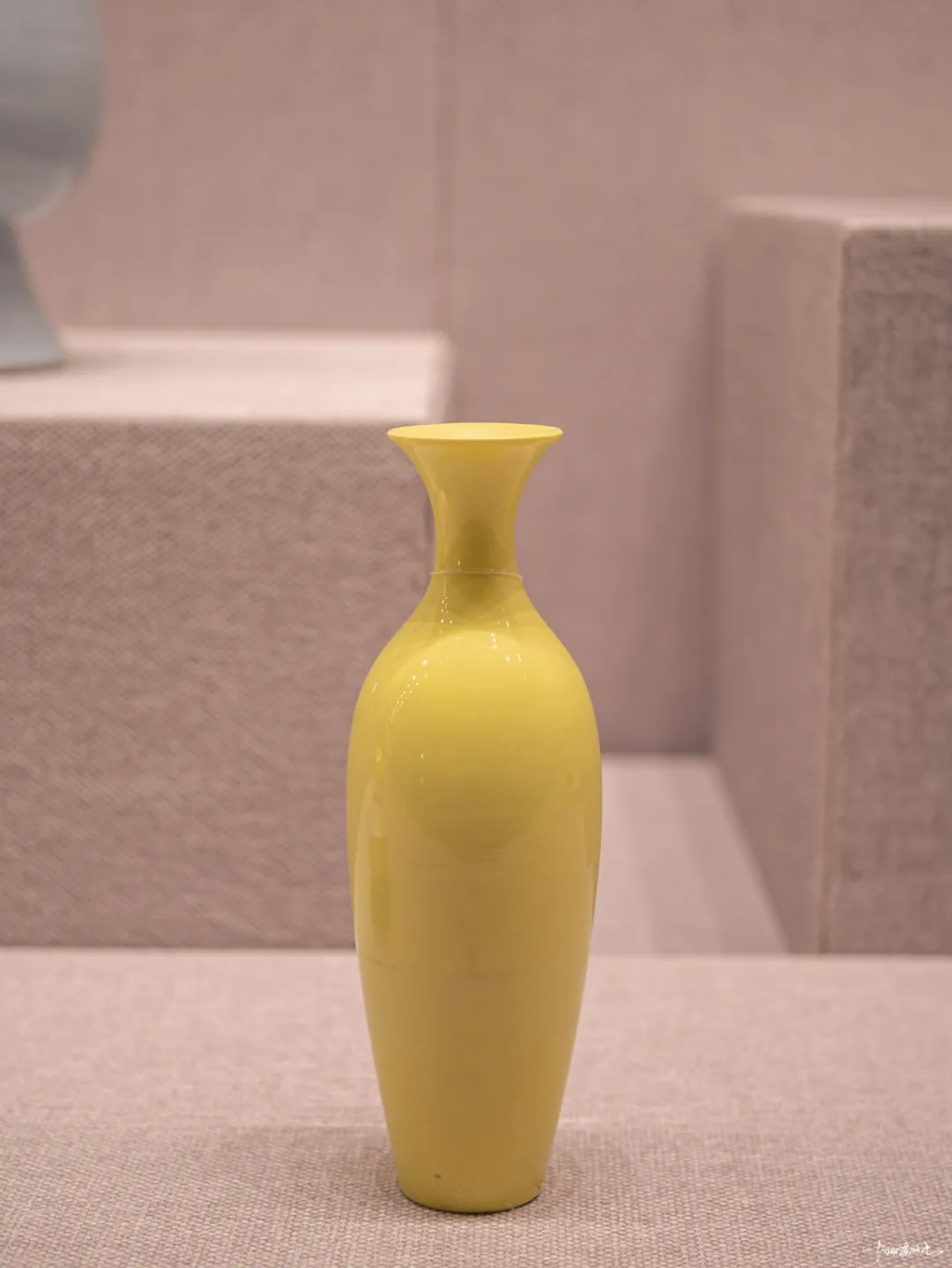
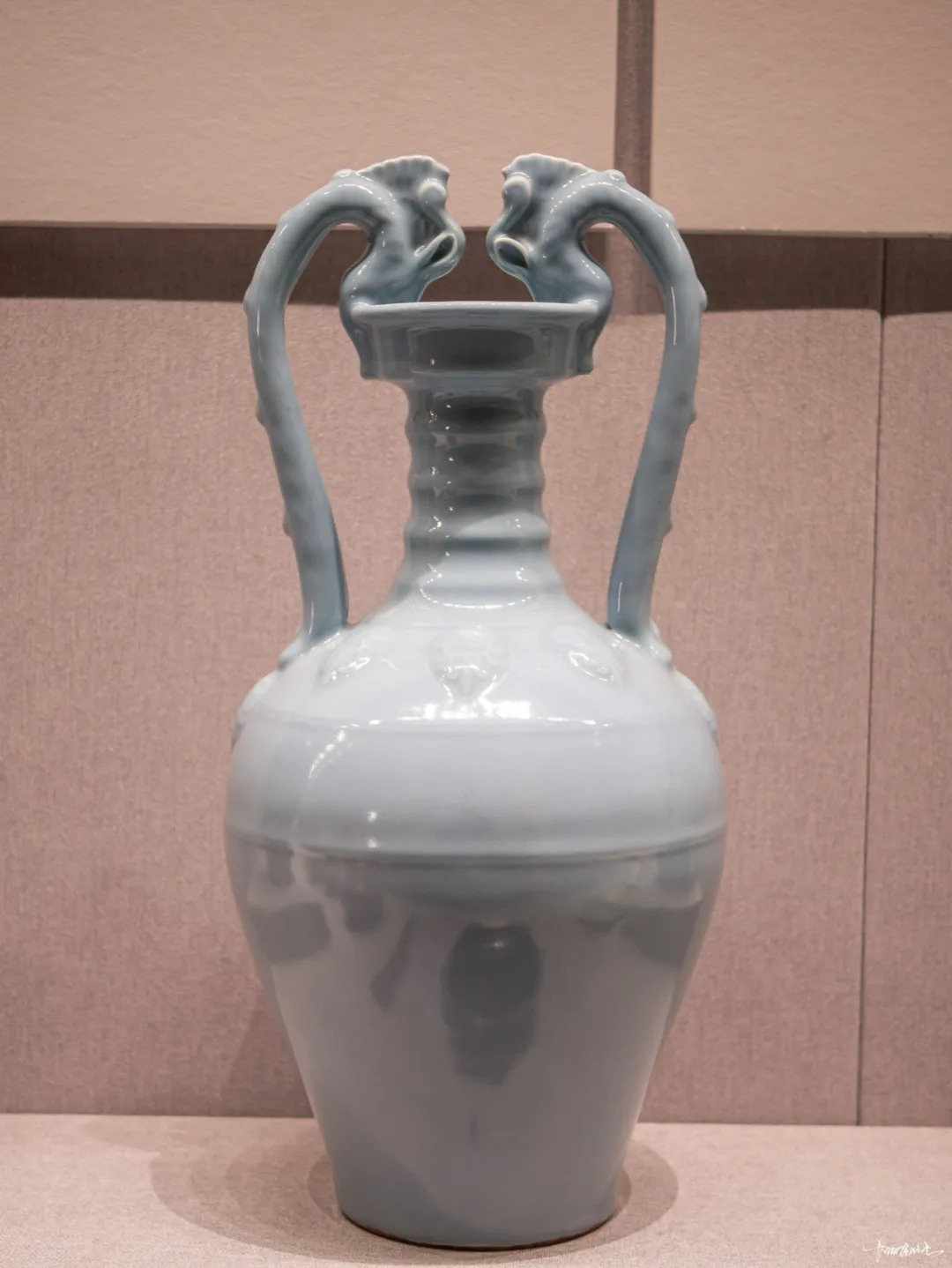


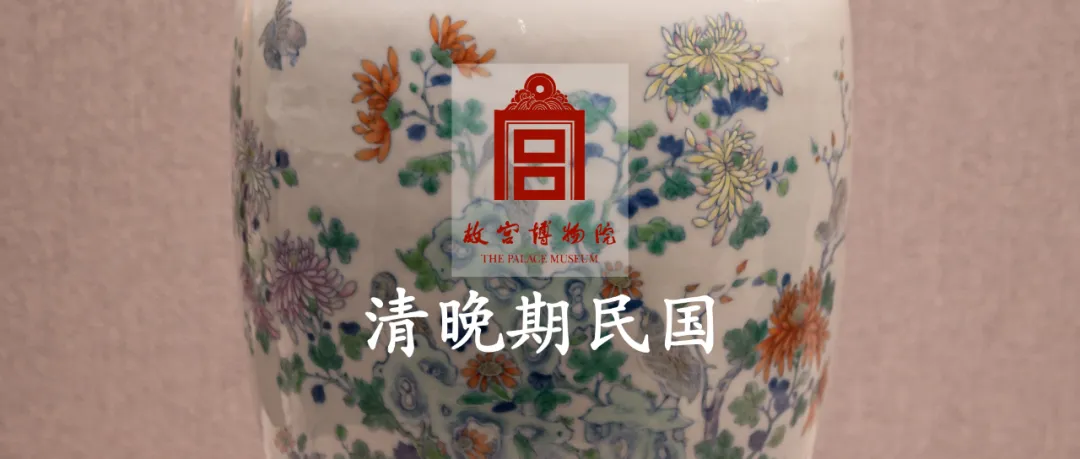
清代道光二十年(1840年)鸦片战争以后,随着内忧外患接踵而至,清王朝日趋衰败,景德镇制瓷业总体上呈现逐渐衰退的局面。但清代晚期御窑瓷器仍然有闪光点,例如专为同治皇帝大婚和慈禧皇太后万寿批量烧造的成套用瓷,有如天边一抹晚霞,闪耀余辉。
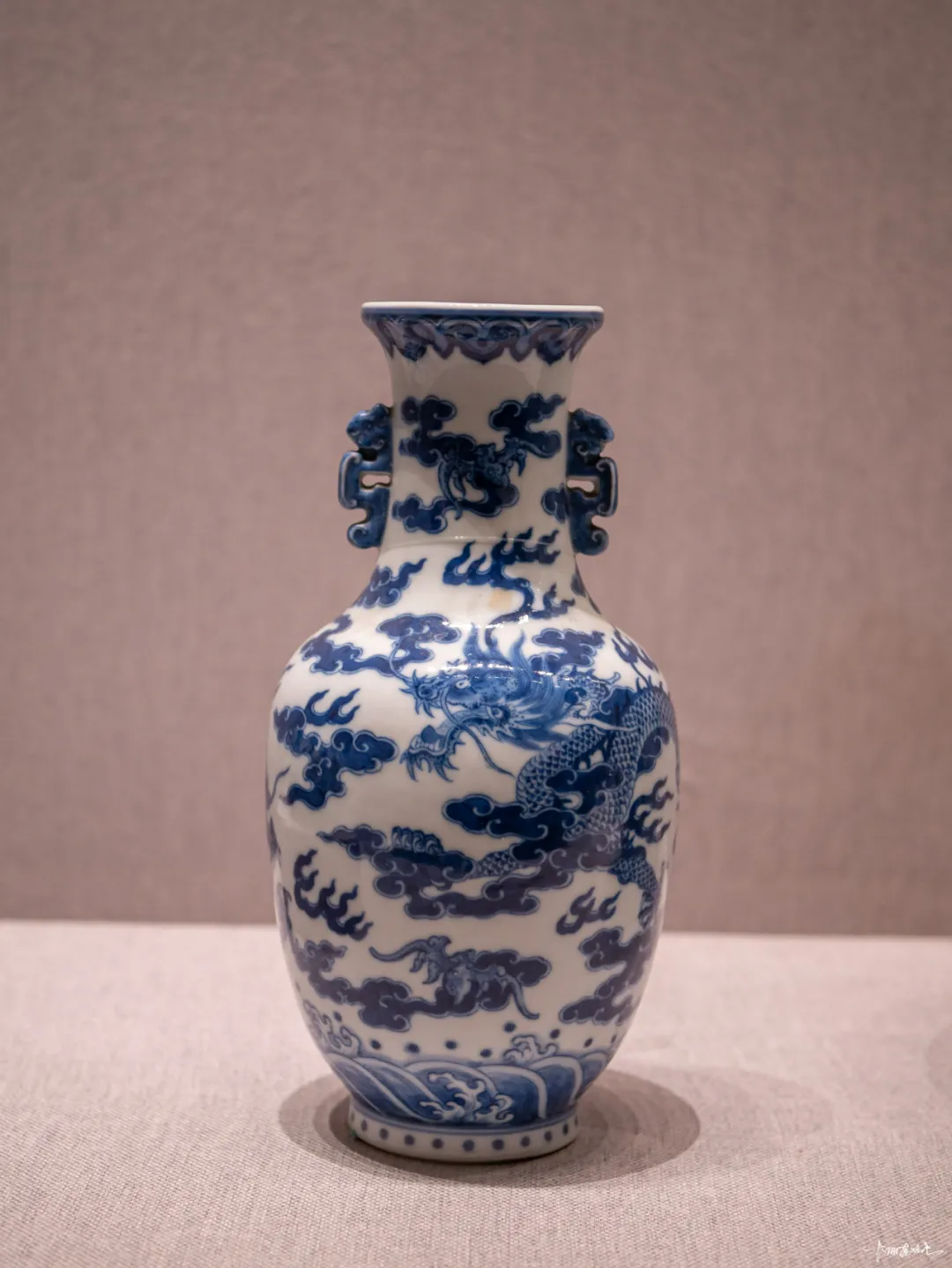
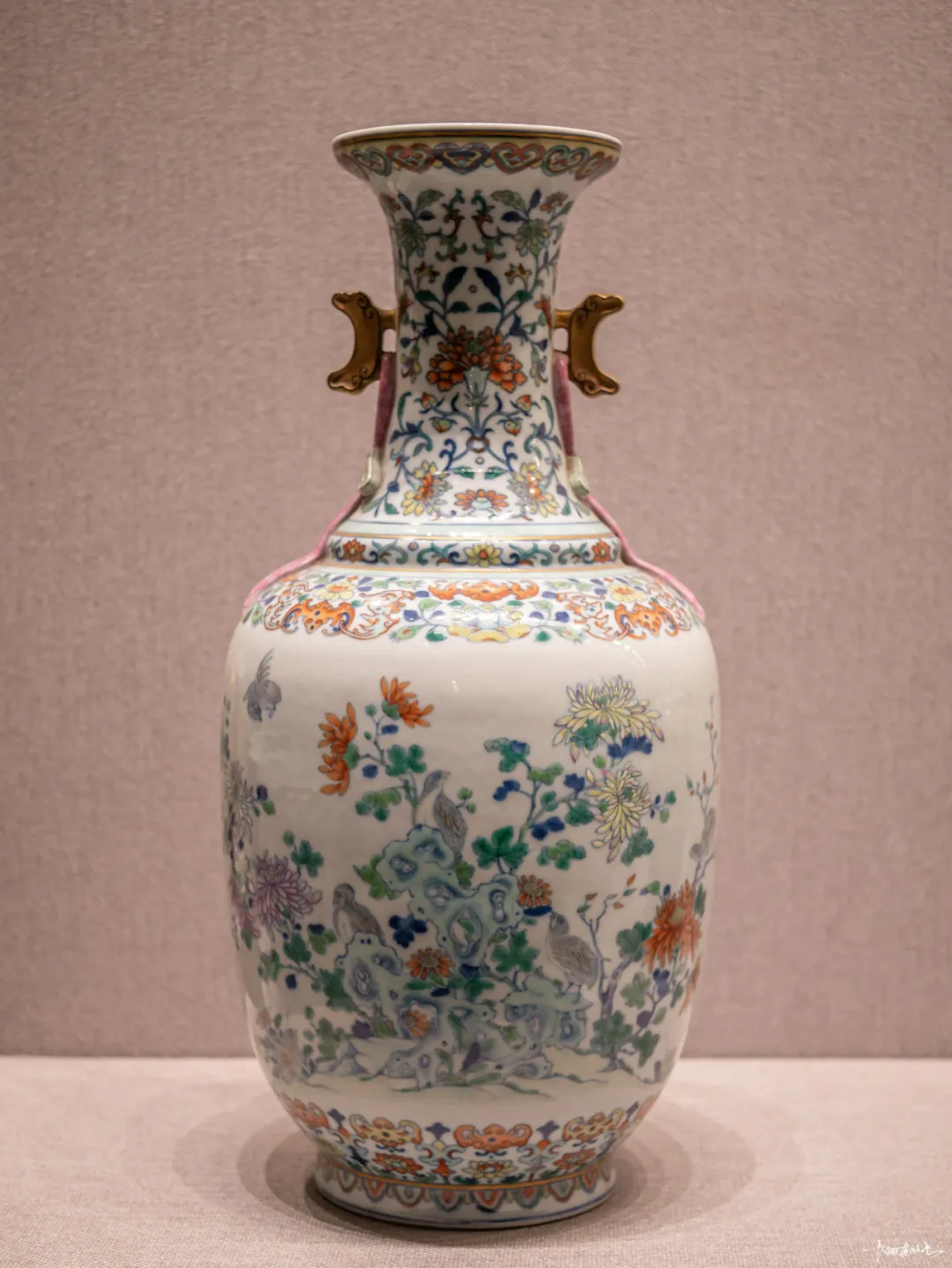
文字参阅故宫博物院官网/故宫博物院文物铭牌

Here the artist William Alexander represents the moment when Lord Macartney, a British diplomat, was received by the Qing Emperor Ch’ien-Lung on the occasion of the first embassy to China. Within the grounds of the imperial palace at Jehol (Chengde), a lavish tent was erected to host the audience on 14 September 1793. Despite the level of detail in this sketch, Alexander, official draughtsman to the Embassy, was not actually present to witness the event. His reconstruction is based on verbal accounts and sketches produced by core members of the delegation. Those twelve members are depicted at right, each man numbered to correspond to a labelled key at top right. Sir George Staunton, the Secretary to the Embassy and East India Company official, stands behind Macartney, wearing the silk robes and velvet hat which mark him as Doctor of Laws from Oxford University. Other members of the retinue include Lieutenant Henry Parish, whose sketches of the Embassy provided the absent Alexander with important source material.
Surrounded by courtiers, Ch’ien-Lung is depicted seated at his throne with Macartney before him. The Ambassador, on the orders of his British advisors, decided to forgo performing the customary ritual of the kowtow before the Emperor. This required an individual to kneel with both knees on the ground and prostrate themselves low enough so that their forehead touched the ground. The kowtow was considered demeaning by the British, and thus Macartney chose to genuflect as he would to his own sovereign George III. The Ambassador was repeatedly urged to perform the traditional Chinese kowtow, but as diplomat he felt it important to present George and Ch’ien-Lung as equals. This was not received positively by the Chinese who viewed their Emperor as the Son of Heaven with no human equal. According to their view the objects presented by the British in the ceremonial exchange of gifts were perceived as ‘tribute’ items, and Macartney as conveyor of tribute rather than legate of King George.
As well as presenting gifts to the Emperor, Macartney gave a letter to Ch’ien-Lung written by George III. The letter requested that Chinese officials controlling the port of Canton, hub of Anglo-Chinese trade and headquarters of the East India Company, reconsider the legislations they applied to foreign merchants. These rules were seen as dogmatic and limiting to British trading interests. George also asked for permission to establish an ambassador in Canton, who would oversee the expansion of British markets. In the event, these requests were declined by the Emperor, who saw no reason to oblige the demands of an ultimately rival Empire. He stated in an edict that China was entirely self-sufficient, and that everything he and his subjects needed could be manufactured domestically. There was no reason to allow an infiltration of British goods. There was no precedent for loosening Cantonese legislations and it was in China’s interest to preserve their dominion over the strategic port.
(Quelle:https://www.bl.uk/collection-items/the-emperor-of-china-receiving-the-macartney-embassy)

Le Livre des merveilles et autres récits de voyages et de textes sur l’Orient est un manuscrit enluminé réalisé en France vers 1410-1412. Il s'agit d'un recueil de plusieurs textes évoquant l'Orient réunis et peints à l'attention de Jean sans Peur, duc de Bourgogne, contenant le Devisement du monde de Marco Polo ainsi que des textes d'Odoric de Pordenone, Jean de Mandeville, Ricoldo da Monte Croce et d'autres textes traduits par Jean le Long. Le manuscrit contient 265 miniatures réalisées par plusieurs ateliers parisiens. Il est actuellement conservé à la Bibliothèque nationale de France sous la cote Fr.2810.
Le manuscrit, peint vers 1410-1412, est destiné au duc de Bourgogne Jean sans Peur, dont les armes apparaissent à plusieurs reprises (écartelé aux 1 et 4 de France à la bordure componée d’argent et de gueules, aux 2 et 3 bandé d’or et d’azur à la bordure de gueules), ainsi que ses emblèmes (la feuille de houblon, le niveau, le rabot). Son portrait est représenté au folio 226, repeint sur un portrait du pape Clément V. Le manuscrit est donné en janvier 1413 par le duc à son oncle Jean Ier de Berry, comme l'indique l'ex-libris calligraphié en page de garde. L'écu de ce dernier est alors repeint à plusieurs endroits sur celui de son neveu. Le livre est signalé dans deux inventaires du prince en 1413 et 1416. À sa mort, le livre est estimé à 125 livres tournois1.
Le manuscrit est ensuite légué à sa fille Bonne de Berry et à son gendre Bernard VII d'Armagnac. Il reste dans la famille d'Armagnac jusqu'aux années 1470. Il appartient à Jacques d'Armagnac lorsqu'une miniature est ajoutée au folio 42v. et son nom ajouté à l'ex-libris de la page de garde. Arrêté et exécuté en 1477, sa bibliothèque est dispersée et l'emplacement du manuscrit est alors inconnu. Un inventaire de la bibliothèque de Charles d'Angoulême mentionne un Livre des merveilles du monde qui pourrait être celui-ci. Il se retrouve ensuite peut-être dans la bibliothèque privée de son fils, le roi François Ier. Avec le reste de ses livres, il entre dans la seconde moitié du xvie siècle dans la bibliothèque royale et il est mentionné dans l'inventaire de Jean Gosselin.

The Macartney Embassy (Chinese: 馬加爾尼使團), also called the Macartney Mission, was the first British diplomatic mission to China, which took place in 1793. It is named for its leader, George Macartney, Great Britain's first envoy to China. The goals of the mission included the opening of new ports for British trade in China, the establishment of a permanent embassy in Beijing, the cession of a small island for British use along China's coast, and the relaxation of trade restrictions on British merchants in Guangzhou (Canton). Macartney's delegation met with the Qianlong Emperor, who rejected all of the British requests. Although the mission failed to achieve its official objectives, it was later noted for the extensive cultural, political, and geographical observations its participants recorded in China and brought back to Europe.
Foreign maritime trade in China was regulated through the Canton System, which emerged gradually through a series of imperial edicts in the 17th and 18th centuries. This system channeled formal trade through the Cohong, a guild of thirteen trading companies (known in Cantonese as "hong") selected by the imperial government. In 1725, the Yongzheng Emperor gave the Cohong legal responsibility over commerce in Guangzhou. By the 18th century, Guangzhou, known as Canton to British merchants at the time, had become the most active port in the China trade, thanks partly to its convenient access to the Pearl River Delta. In 1757, the Qianlong Emperor confined all foreign maritime trade to Guangzhou. Qianlong, who ruled the Qing dynasty at its zenith, was wary of the transformations of Chinese society that might result from unrestricted foreign access.[1] Chinese subjects were not permitted to teach the Chinese language to foreigners, and European traders were forbidden to bring women into China.[2]: 50–53
By the late 18th century, British traders felt confined by the Canton System and, in an attempt to gain greater trade rights, they lobbied for an embassy to go before the emperor and request changes to the current arrangements. The need for an embassy was partly due to the growing trade imbalance between China and Great Britain, driven largely by the British demand for tea, as well as other Chinese products like porcelain and silk. The East India Company, whose trade monopoly in the East encompassed the tea trade, was obliged by the Qing government to pay for Chinese tea with silver. To address the trade deficit, efforts were made to find British products that could be sold to the Chinese.
At the time of Macartney's mission to China, the East India Company was beginning to grow opium in India to sell in China. The company made a concerted effort starting in the 1780s to finance the tea trade with opium.[3] Macartney, who had served in India as Governor of Madras (present-day Chennai), was ambivalent about selling the drug to the Chinese, preferring to substitute "rice or any better production in its place".[2]: 8–9 An official embassy would provide an opportunity to introduce new British products to the Chinese market, which the East India Company had been criticised for failing to do.[4]
In 1787, Prime Minister William Pitt the Younger and East India Company official Henry Dundas dispatched Colonel Charles Cathcart to serve as Britain's first ambassador to China. Cathcart became ill during the voyage, however, and died just before his ship, HMS Vestal, reached China. After the failure of the Cathcart Embassy, Macartney proposed that another attempt be made under his friend Sir George Staunton. Dundas, who had become Home Secretary, suggested in 1791 that Macartney himself take up the mission instead. Macartney accepted on the condition that he would be made an earl, and given the authority to choose his companions.
Macartney chose George Staunton as his right-hand man, whom he entrusted to continue the mission should Macartney himself prove unable to do so. Staunton brought along his son, Thomas, who served the mission as a page. John Barrow (later Sir John Barrow, 1st Baronet) served as the embassy's comptroller. Joining the mission were two doctors (Hugh Gillan[5][6] and William Scott), two secretaries, three attachés, and a military escort. Artists William Alexander and Thomas Hickey would produce drawings and paintings of the mission's events. A group of scientists also accompanied the embassy, led by James Dinwiddie.[2]: 6–8
It was difficult for Macartney to find anyone in Britain who could speak Chinese because it was illegal for Chinese people to teach foreigners. Chinese who taught foreigners their language risked death, as was the case with the teacher of James Flint, a merchant who broke protocol by complaining directly to Qianlong about corrupt officials in Canton.[7] Macartney did not want to rely on native interpreters, as was the custom in Canton.[8] The mission brought along four Chinese Catholic priests as interpreters. Two were from the Collegium Sinicum in Naples, where George Staunton had recruited them: Paolo Cho (周保羅) and Jacobus Li (李雅各; 李自標; Li Zibiao).[9] They were familiar with Latin, but not English. The other two were priests at the Roman Catholic College of the Propaganda, which trained Chinese boys brought home by missionaries in Christianity. The two wanted to return home to China, to whom Staunton offered free passage to Macau.[2]: 5 [10] The 100-member delegation also included scholars and valets.[11]
Among those who had called for a mission to China was Sir Joseph Banks, 1st Baronet, President of the Royal Society. Banks had been the botanist on board HMS Endeavour for the first voyage of Captain James Cook, as well as the driving force behind the 1787 expedition of HMS Bounty to Tahiti. Banks, who had been growing tea plants privately since 1780, had ambitions to gather valuable plants from all over the world to be studied at the Royal Botanic Gardens at Kew and the newly established Calcutta Botanical Garden in Bengal. Above all, he wanted to grow tea in Bengal or Assam, and address the "immense debt of silver" caused by the tea trade. At this time, botanists were not yet aware that a variety of the tea plant (camellia sinensis var. assamica) was already growing natively in Assam, a fact that Robert Bruce was to discover in 1823. Banks advised the embassy to gather as many plants as possible in their travels, especially tea plants. He also insisted that gardeners and artists be present on the expedition to make observations and illustrations of local flora. Accordingly, David Stronach and John Haxton served as the embassy's botanical gardeners.[12]

内容简介:
托马斯·海贝勒教授撰写的《东普鲁士与中国——追溯一段不解之缘》一书以东普鲁士与中国的深远关系为切入点,紧密结合了笔者的个人经历与职业背景,多层次、多角度地展示了一段至今仍未受到足够重视,未足够曝光的历史,寄望以这种方式丰富东普鲁士的记忆文化。 全书内容嵌在传记式的家族记忆框架里,读者可由此窥探笔者同中国、同东普鲁士之间的渊源,进而了解在探究这一主题过程中笔者的个人追求、兴趣和希冀。书中涉及大量具体的记忆形象和他(它)们与中国的联系,既包括与中国相关的人物,如中国研究学者、高级军官、外交官、传教士、建筑师,也包括出生在东普鲁士的思想家、科学家、艺术家、作家和诗人对中国产生的影响,还有那些研究解读他们思想精神的中国人,以及当地犹太人逃亡中国的历史等。海贝勒教授的追根溯源早已不囿于某个家族,而是立足中德双向视角,成功展现了一段延续至今,层次丰富的地区交往史。本书不涉及政治倾向性内容。
作者序:
如果作为研究中国的学者就东普鲁士与中国的关系撰文,绝不纯粹出于历史研究的学术兴趣,母亲家族与东普鲁士的渊源是我人生和身份的一部分,尽管我并不是在那里看到这个世界的第一缕光亮。母亲对东普鲁士的记忆深深烙印在我的脑海里,强化了我对自己这一层身份的认同,下文对此还将详述。
家族记忆是记忆文化的组成部分,在一个家族里它以这样的形式世代传承,影响着族人们的世界观和个人行为。(因萨尔茨堡新教流亡者身份而)遭人排挤的体验,祖父为了认识更广阔的世界冲出东普鲁士村庄那一方局促天地的决然之举,还有东普鲁士人对东部(与其接壤各国)依然保有的真挚坦率等等,都是这份家族记忆和认知储备的一部分,只是这样的东普鲁士仅留存在某些人的记忆里,他们要么曾经与此有所关联或者尚有关联,要么在那里出生,又或是探究到其家族与东普鲁士之间的渊源。
撰写此书是为了追忆这个曾经的德国东部省份以及当地人民为中德关系所作出的贡献,但同时这也是对德国乃至欧洲“集体记忆”的一次记念。对历史事件和人物,对文化、艺术、科学、哲学、政治及经济各领域演进过程的回忆,都是记忆文化和集体记忆的一部分。记忆文化则有利于群体与身份意识的创建。
全书以东普鲁士与中国的深远关系为切入点,将笔者的个人经历与职业背景紧密结合在一起。
全书共分九章,导言之后的第二至第四章主要涉及以下内容:首先是作为家族记忆文化一部分的家族东普鲁士背景(埃本罗德与施洛斯伯格)和家族在东普鲁士的生活史;其次是我对2017年前往埃本罗德和施洛斯伯格(东普鲁士)的寻根之旅的一些思考;然后将讲述我的中国之路、我的职业和在中国最初接触到的那些与东普鲁士或普鲁士有关的人与事。第五章探讨的是东普鲁士与中国之间的关系以及究竟是什么将它们联系了起来,这里将谈到普鲁士的亚洲政策、腓特烈大帝的中国情结、德国留在中国的“遗产”(亦或说德国镇压义和团运动及殖民青岛所犯下的“罪行”更为合适?)以及东普鲁士王宫之内所谓“中国热”的意义。这一章还将特别关注纳粹主义带来的灾难,它迫使大量原本生活在东普鲁士的犹太人在条件允许的情况下逃往上海,也导致中国传奇元帅朱德之女朱敏被拘禁于东普鲁士的一所集中营,这两个事件都是我前文所界定的“伦理记忆文化”的重要组成部分。第六章主要讲述东普鲁士作为德国汉学发源地的问题和东普鲁士在华传教士的活动。
对思想“先贤”康德和赫尔德及其与中国的渊源,以及他们对现代中国和中国形象的形成发展所产生的影响本书也将专章论述(第七章)。最后在第八章将谈及一系列具有代表性的东普鲁士名人,包括自然科学家、作家、政治理论家、艺术家以及商人,他们当中有历史人物,但也不乏出生在东普鲁士,却并没有在那里成长的当代名人。本章提到的历史名人有天文学家、数学家尼古拉·哥白尼,数学家、物理学家克里斯蒂安·哥德巴赫,大卫·希尔伯特,赫尔曼·闵可夫斯基和阿诺德·索末菲,女版画家、雕塑家凯绥·珂勒惠支,女政治理论家汉娜·阿伦特,女革命家王安娜,还有出生于东普鲁士的共产国际代表亚瑟·埃韦特和亚瑟·伊尔纳(别名理查德·施塔尔曼)及其在中国的活动,以色列女政治家、作家利亚·拉宾,外交家阿瑟·齐默尔曼也在此列;当代名人则包括建筑师福尔克温·玛格,雕塑家、装置艺术家胡拜图斯·凡·登·高兹,电子音乐的先锋人物、“橘梦乐团”创始人埃德加·福乐斯以及美国传奇蓝调摇滚乐队“荒原狼”主唱约阿希姆·弗里茨·克劳雷达特(约翰·凯)等。出现在本书中的还有海因里希·冯·克莱斯特和托马斯·曼的东普鲁士岁月,著名的尼达艺术家之村,以及多位在中国曾经或依然被关注研究(接受)的东普鲁士名人,他们当中有同中国有生意往来的商贾,也有二战中既在东普鲁士又在中国抗日战场参战的苏联元帅。部分苏联军队在东普鲁士的表现一定程度上与其1945年在中国东北的所作所为相似,这一切分别存留在德国和中国民众的集体记忆里,或许正是这些使许多中国人在面对东普鲁士平民的悲剧时多少有些感同身受。
本书并不着力探究普鲁士与中国交往的历史,对此学者们已有著述,这里更多关注的是与那个曾经属于德国,如今分属俄罗斯、波兰和立陶宛的省份,以及与此相关的记忆形象和他(它)们与中国的缘分,既包括与中国有联系的人物、中国问题学者、高级军官、外交官、传教士、建筑师,也包括出生在东普鲁士的思想家、科学家、艺术家、作家和诗人对中国产生的影响,还有那些研究解读他们思想精神的中国人,以及当地犹太人逃亡中国的历史等。本书无意全面探究所有这些联系,对笔者而言关键是对这些记忆形象的收录整理,不拘泥于细节,本来写作初衷就是以勾勒轮廓框架为先,勘明趋势与特征,并非还原事件经过。全书内容嵌在传记式的家族记忆框架里,读者可由此窥探笔者同中国、同东普鲁士之间的渊源,进而了解在探究这一主题过程中笔者的个人追求、兴趣和希冀,这些传记性内容见于本书第二章,第三章则是在此框架下对“故乡”概念的简短反思——探讨究竟何为“故乡”。总之,撰写这本书是一次尝试,尝试记录东普鲁士乃至德国的一段历史,一段至今仍未受到足够重视,未足够曝光的历史,寄望以这种方式去丰富东普鲁士的记忆文化。
东普鲁士在其历史上既是一个多民族地区,也是一个移民地区。条顿骑士团(亦称德意志骑士团)东征前,西波罗的海沿岸地区生活着古普鲁士人。在骑士团间或野蛮的殖民过程中,来自德意志帝国的拓荒者不断涌入,此外还有斯堪的纳维亚人、瑞士人、波兰人、俄罗斯人、捷克人、法国人和受洗的立陶宛人,他们与当地原住民聚居融合,14世纪又有不少马祖里人、立陶宛人和鲁提尼人迁居于此。随着15世纪条顿骑士团历经一系列损失惨重的战役走向没落,来自波兰、俄国和立陶宛的移民在此安家落户。伴随着宗教改革运动,欧洲第一个新教国家普鲁士公国建立,更广泛的宗教自由吸引了整个欧洲的新教和加尔文教派信徒,他们不仅来自德意志帝国,还从波兰、立陶宛、荷兰、法国(胡格诺教派信徒)、苏格兰、俄国、奥匈帝国迁徙而来,甚至还有主要由俄国而来的犹太人。
17世纪塔塔尔族人的袭扰和1709年至1711年间泛滥的鼠疫造成东普鲁士全境人口锐减,于是普鲁士国王着力推动瑞士加尔文派信徒以及萨尔兹堡的新教流亡者来本国定居,这两大群体中的大部分人都是熟练工匠。此举造成东普鲁士居民来源复杂多样,使建立德语教育机构和使用德语授课成为促进这些移民群体统一与融合的手段,这个目标遂成为腓特烈·威廉一世1713年引入普通义务教育的原因之一。
无论是当地非德意志的原生民族,还是来自四面八方的移民,都为东普鲁士增添了新的元素,对它产生了影响,进而在这片土地上留下各自的印迹,为其发展和多元化贡献了自己的力量。此外,在东普鲁士的历史上,该地区始终与波兰、俄国和波罗的海诸国保持着紧密的关系和深入的交流。对此阿明·缪勒-斯塔尔是这样说的:交织在一起的关系网“层层叠叠,密密实实”,在造就多元文化精英方面功不可没。

